"Audi would not exist today if it was not for DKW,” says company historian Thomas Erdmann as we tour around Audi's Ingolstadt museum.
“Its vans, cars and bikes helped restart Audi after the war,” he adds. The company’s roots date back long before World War II however, or the inception of the fabled four rings, and start with the birth of August Horch in October 1868.
Widely regarded as being one of the driving forces in Germany’s automotive industry, Horch studied engineering and worked for Karl Benz before establishing his own company in 1899.
The Horch & Cie Motorwagen Werke AG, initially based in Cologne, first produced two-cylinder open-bodied cars. Many of the manufacturing processes and designs utilised were considered technologically advanced and far ahead of the company's rivals, including the then-separate Mercedes and Benz.
Horch’s finances were frequently tested by its use of innovative technologies, though. New partners were brought in to help keep the company afloat but in 1909 Horch fell out with the company’s board and left.
Almost immediately he set about starting a new automotive company based in Zwickau, in the state of Saxony. Originally he attempted to use the name ‘August Horch’ but his former partners promptly started legal proceedings against him for trademark infringement.
Following a suggestion from the son of one of his friends, he settled on using ‘Audi’ as the name for his company. ‘Horch’ effectively meant ‘hear’ in German and ‘Audi’ was the Latin equivalent.
History of the Audi RS - picture special
In 1910 the Audi Automobilwerke GmbH was established and the company’s first model, the Audi Type A 10/22hp Sport-Phaeton, went on sale in the same year. Many of the brand’s models proved successful in competition, helping establish the name, and it was soon producing several large-displacement four and six-cylinder cars.
Zschopauer Motorenwerke, which was owned by Danish industrialist Jörgen Skafte Rasmussen and produced industrial equipment and two-stroke ‘DKW’-branded motorcycles, then acquired a majority share in Audi and merged with the company. DKW then branched into basic small cars in 1928, using two-stroke engines that were proven in the motorcycles.
The Wall Street Crash and the Great Depression of 1929 meant that the demand for Audi's luxury cars collapsed, so Rasmussen commissioned a new, affordable small front-wheel-drive model from DKW. The DKW F1 launched in 1931 and proved a high-volume success.
With the economy still struggling, the State Bank of Saxony – the region where the companys' plants were located – requested that the brands merge to preserve their future and the bank’s investments.
Zschopauer Motorenwerke, the parent company, acquired the share capital of Audi and Horch and became known as the Auto Union AG on June 29, 1932. The automotive arm of the ‘Wanderer’ vehicle and equipment manufacturing company was acquired at the same time.
To symbolise the merger, the new group chose a logo that consisted of four interlinking rings. Each ring represented one brand – DKW, Horch, Wanderer and Audi. Auto Union assigned each of the brands a specific role, in order to avoid any overlap. DKW made motorcycles and small cars, Wanderer produced midsize models, Audi high-end midsize models and Horch luxury cars.
The company also became involved in Grand Prix racing in 1934, with the fabled Auto Union ‘Silver Arrows’ earning numerous wins and records.
DKW continued to be a storming success, with it earning the title of the world's largest motorcycle manufacturer by 1937. It also produced vast numbers of stationary engines, securing considerable income.
The company's products were well regarded due to their simple and practical nature, but DKW was also known for its innovative use of front-wheel drive systems, two-stroke engines and advanced body manufacturing capabilities. This spurred on innovation in the other Auto Union brands, helping drive the company forwards as a whole.
Audi took advantage of what were termed ‘synergy’ benefits, utilising DKW’s front-drive experience, Wanderer’s Porsche-developed six-cylinder engine and – for saloon versions – Horch’s body shop in order to produce a new car. The result was the Audi ‘Front Type UW’, which went into production in 1933.
A revised and upgraded version, badged the Front 225, was revealed at Berlin’s motor show in 1935. Notable changes for the 225 included the reversion to rear-wheel drive, and body styling that was taken from Wanderer’s W 23. Its modern styling and well-designed mechanicals made it immensely popular but, as it was launched in December 1938, its success was halted by the outbreak of World War II.
History of the Audi RS2 - picture special
The last Audi of the pre-war era rolled off the production line in 1940, when operations focused on the production of armaments and military vehicles. It would be another 25 years before another Audi-badged car appeared. The company’s plant ended up being located in Soviet-occupied areas; the Soviets promptly disassembled the factory and exported it, leaving little for Auto Union, and had the company struck off the commercial register.
In late 1945, however, a parts depot for Auto Union was established in Ingolstadt. "The spares depot was to supply cars in the Western zone”, says Erdmann.
“Eventually they decided that they wanted to build cars again, to build a bigger company. Ingolstatd was a garrison town though, lots of military buildings but no tools, drawings, nothing.
"A worker said they even went to the extent of taking their door down and using it as a drawing board - there really was that little left after the war".
These efforts led to the establishment of a new company called Auto Union GmbH in September 1949, a company that would strive to continue the automotive tradition of the four-ringed brand.
The first new models from the Auto Union were reliable, basic and affordable DKW vans and bikes, ideal for the post-war 1949 economy. A new compact front-wheel drive saloon followed in 1953, called the DKW ‘Mesiterklasse’ F89.
Then, in April 1958, German industrialist Friedrich Flick gradually increased his stakehold in Audi. His intention was to find a strong partner that could help support the company while it established itself; in 1958 Daimler-Benz took control of 88 per cent of Auto Union’s shares. Not long after, the company became a wholly owned subsidiary of Daimler-Benz.
DKW’s persistence with two-stroke engines led to slumping sales, so Daimler supplied its own four-cylinder four-stroke engine for the new DKW F 102. Launched under the Auto Union brand in 1965, the company decided to revive the ‘Audi’ brand for its first post-war four-stroke car. The new ‘Audi Type’ was a resounding success and remained in production until 1972.
In 1964, however, Volkswagen had acquired 50 per cent of the company. Daimler-Benz then decided to dispose of Auto Union because of major investment in new Mercedes models and the disappointingly small profits.
Consequently Volkswagen took total control of Auto Union in 1965, the aim being to use the Ingolstadt plant’s spare production capacity to assemble Volkswagen Beetles. The irony was that at the time Daimler chose to sell it, the company had established a large new factory and had launched a modern four-stroke car with an Audi badge. Improved profits, for Auto Union, were just around the corner.
Volkswagen was not keen on the idea of Auto Union being a standalone entity though, and forbade the company from further product development. Ludwig Kraus, head of development and board of management member of Auto Union, did not want to see the brand’s heritage disappear. In secret he worked with Auto Union engineers to develop an entirely new Audi model.
The Audi 100, which was eventually sanctioned by VW, was subsequently presented in 1968. It shared nothing with former DKW models and further distinguished Auto Union and the Audi name. Erdmann adds: “The Audi 100 was one of the company’s most important models”.
Volkswagen then merged Auto Union with NSU Motorenwerke, creating Audi NSU Auto Union. The company produced a wide range of models that made use of many technologies, including NSU’s rotary engine. This was what caused the company to adopt the slogan ‘Vorsprung durch Technik’, meaning ‘advancement through technology’, in 1971.
The first-gen Audi 80, which made use of a range of new technical features including an OHC engine, promptly followed in 1971. Five-cylinder engines then appeared in 1976, turbochargers in 1979 and the world-renowned quattro four-wheel drive system in 1980. Erdmann also cites the Quattro as one of the most important cars in Audi’s history, because of the technology involved and the effect it had on the brand.
Thirty years of the Audi Quattro
In 1985 the company underwent yet another name change, finally becoming Audi AG in order to simplify the brand and its models. The company’s technological advancements continued, including the development of direct-injection diesels, the use of aluminium bodies and the introduction of hybrid vehicles.
The construction of luxury cars, using eight and 12 cylinders, further helped re-establish Audi’s position as a manufacturer of premium cars, like those with an Audi name produced all the way back in 1910.
Audi has since gone on to produce sports cars, supercars, SUVs, city cars and advanced concepts, such as the new Audi Sport Quattro, designed to commemorate 30 years of the iconic original.
The company has gone from strength to strength, and with it now offering over 50 models and frequently topping the best-selling manufacturer charts, its success looks set to continue.
None of this would have been possible had it not been for DKW’s efforts and products, however. “The genes of DKW were the basis for the German automobile industry,” concludes Erdmann.

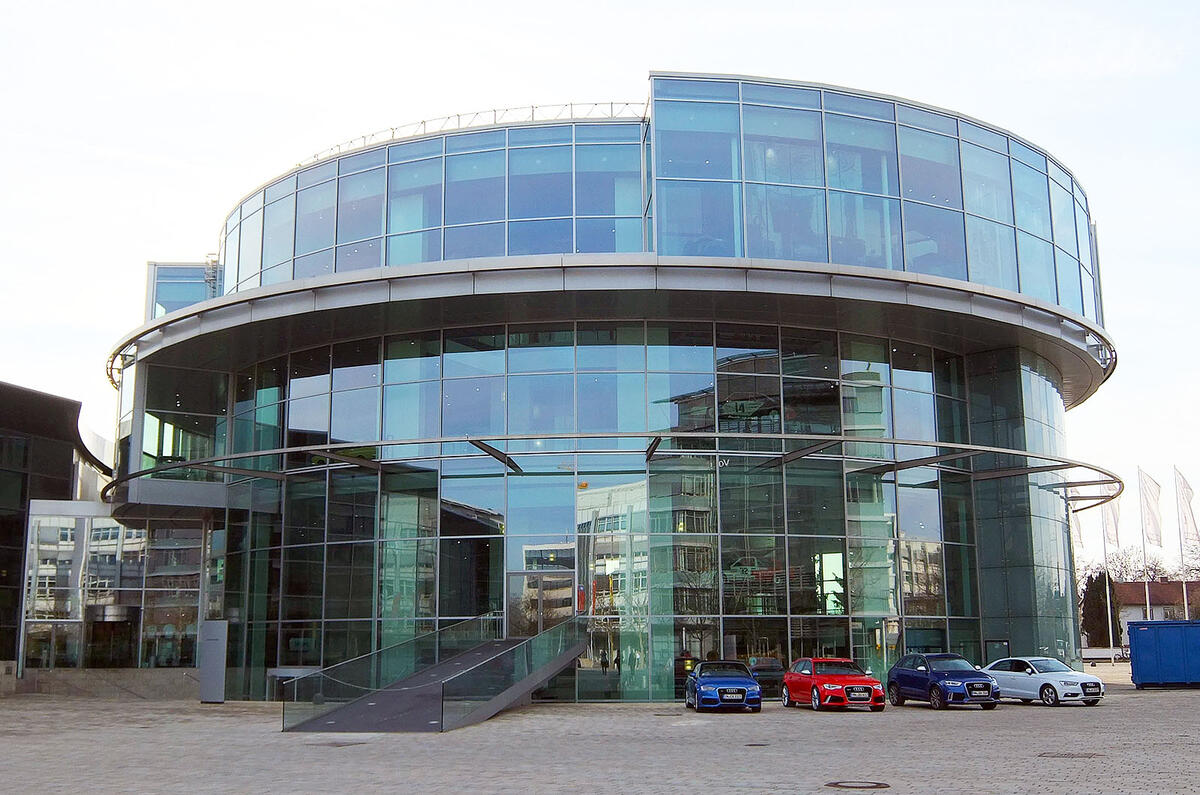
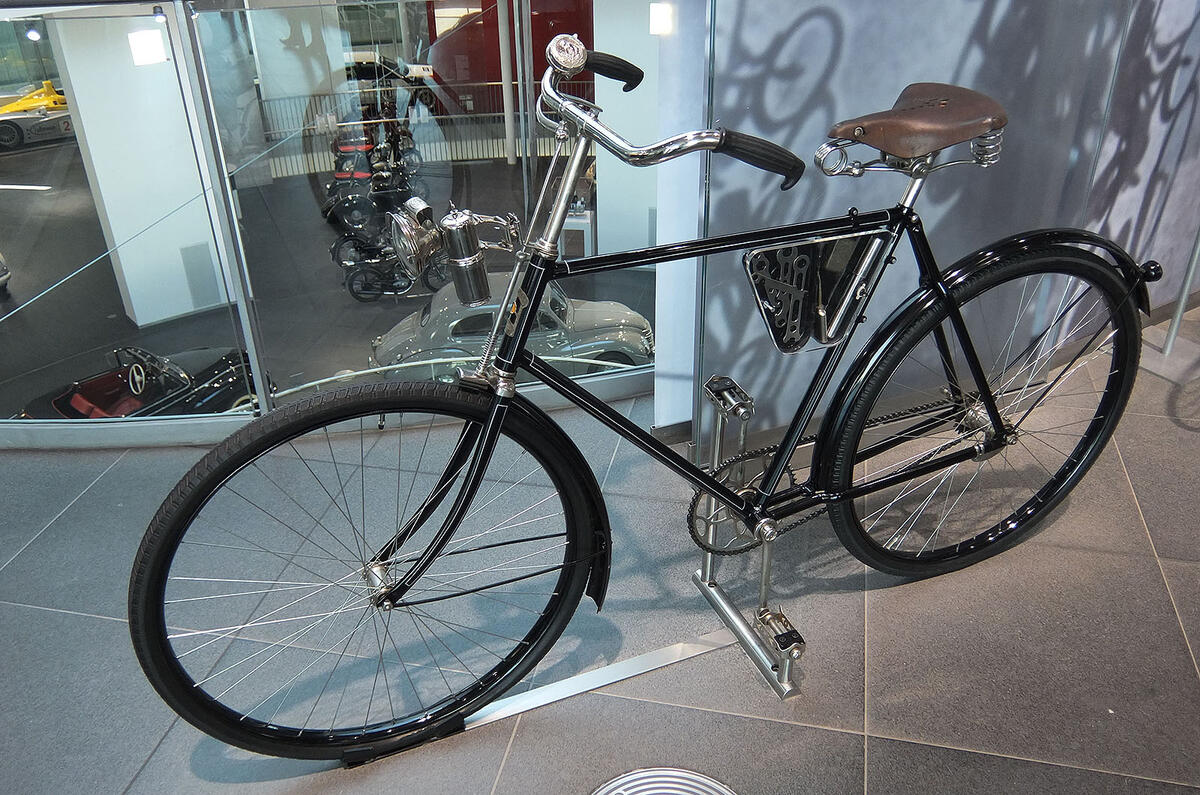
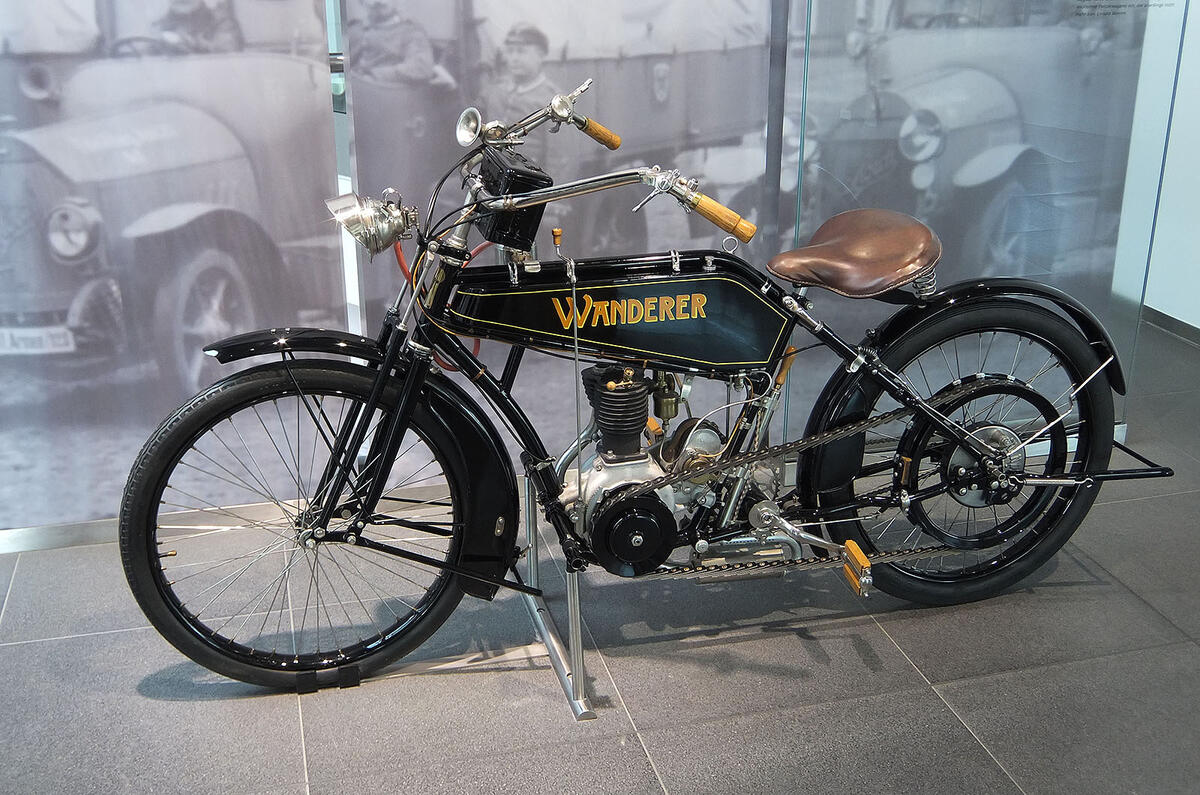
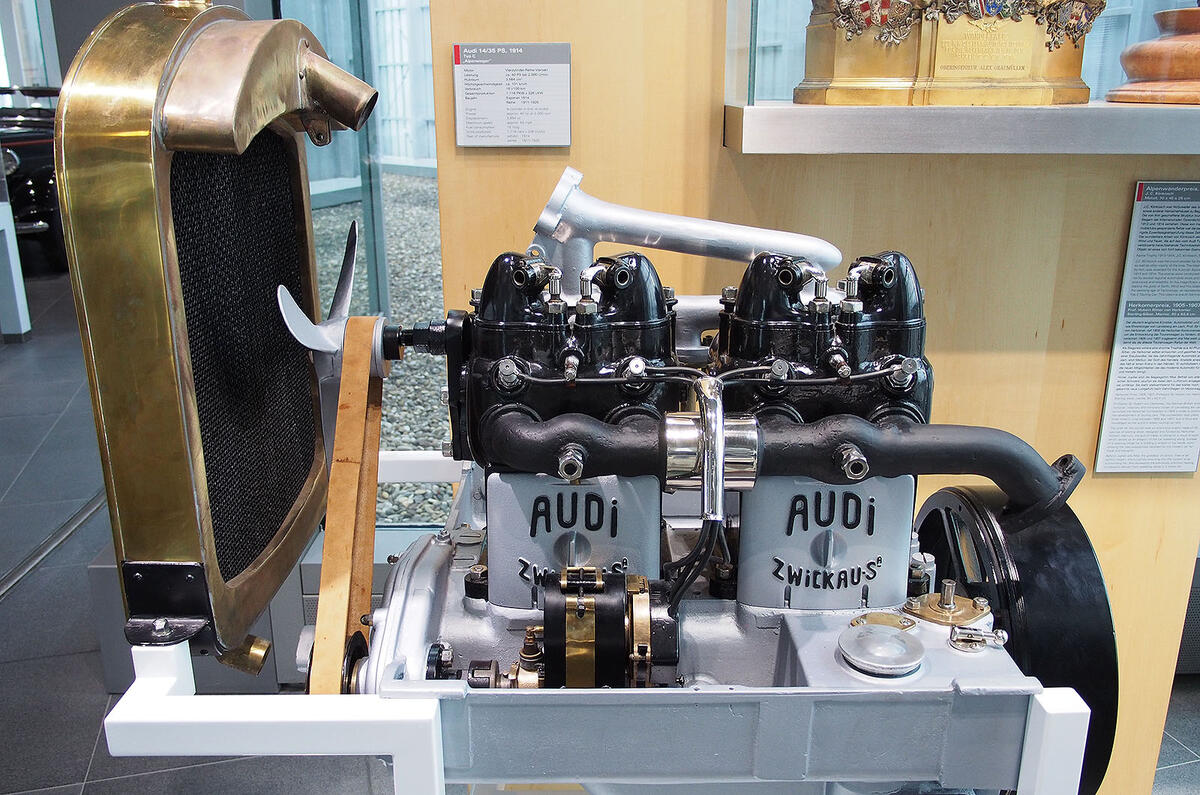
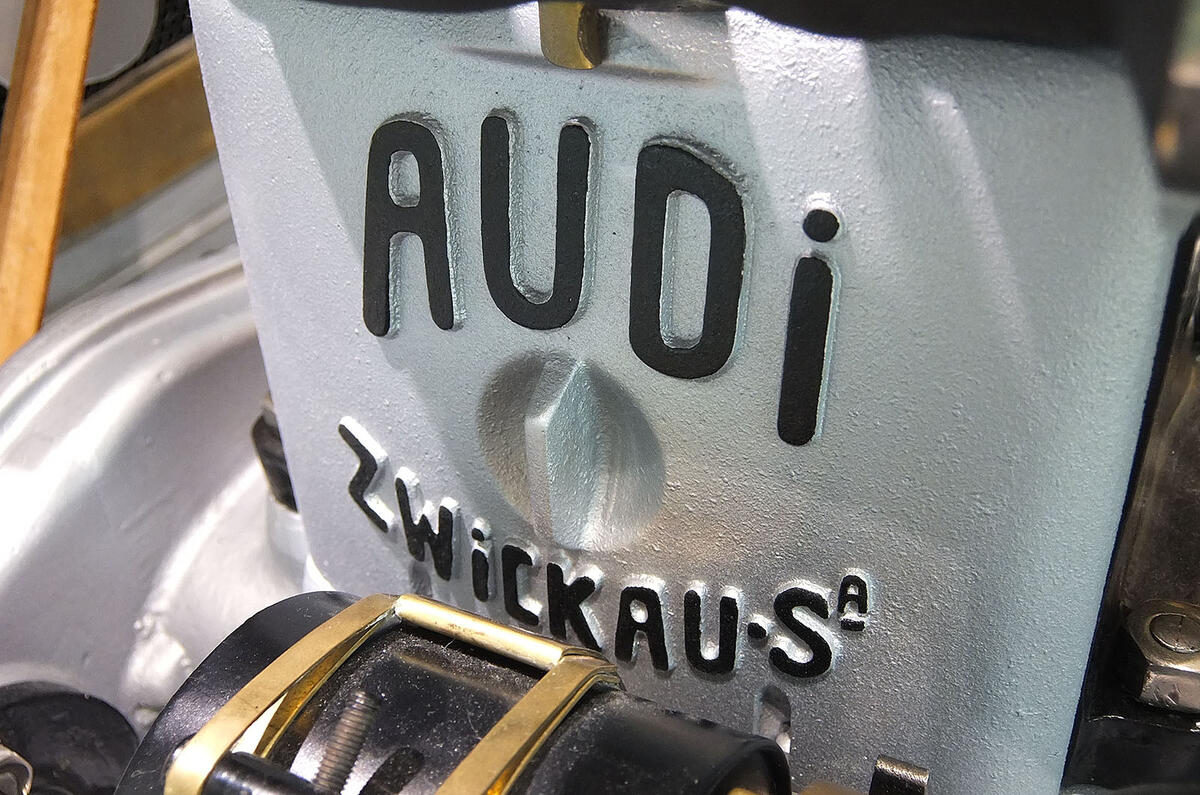
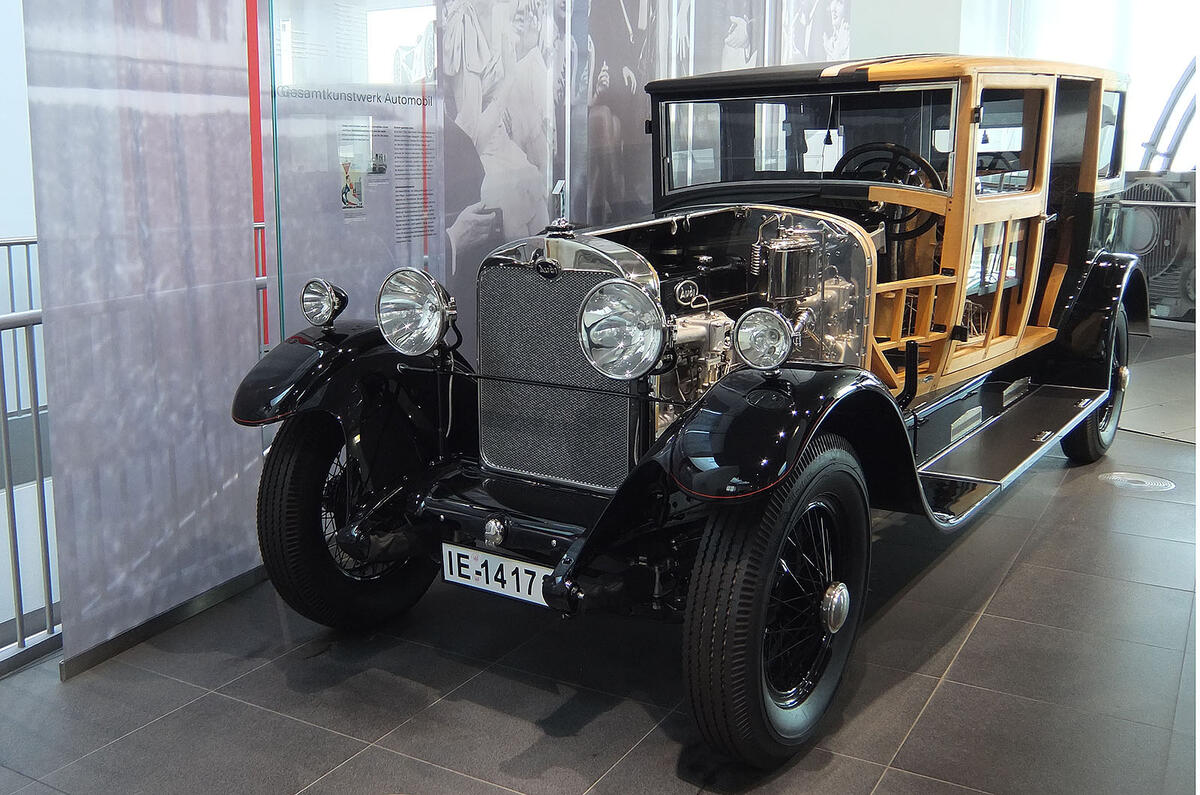
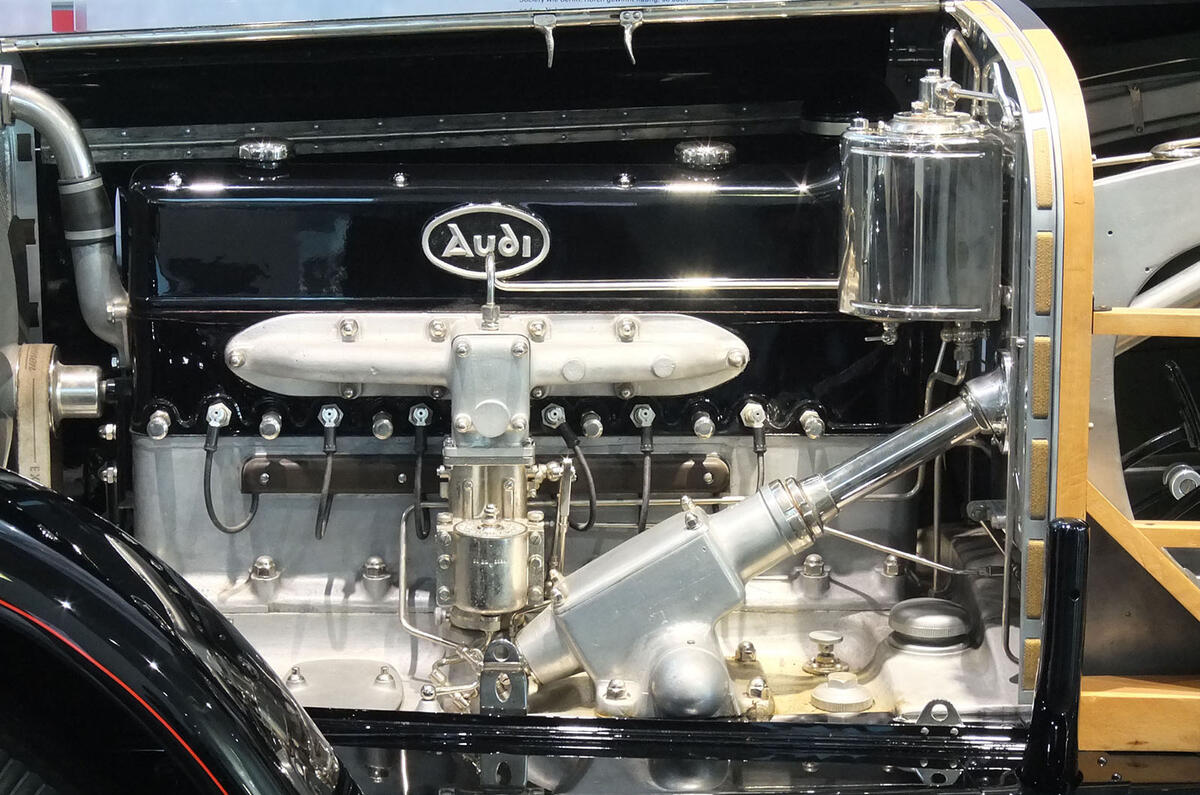
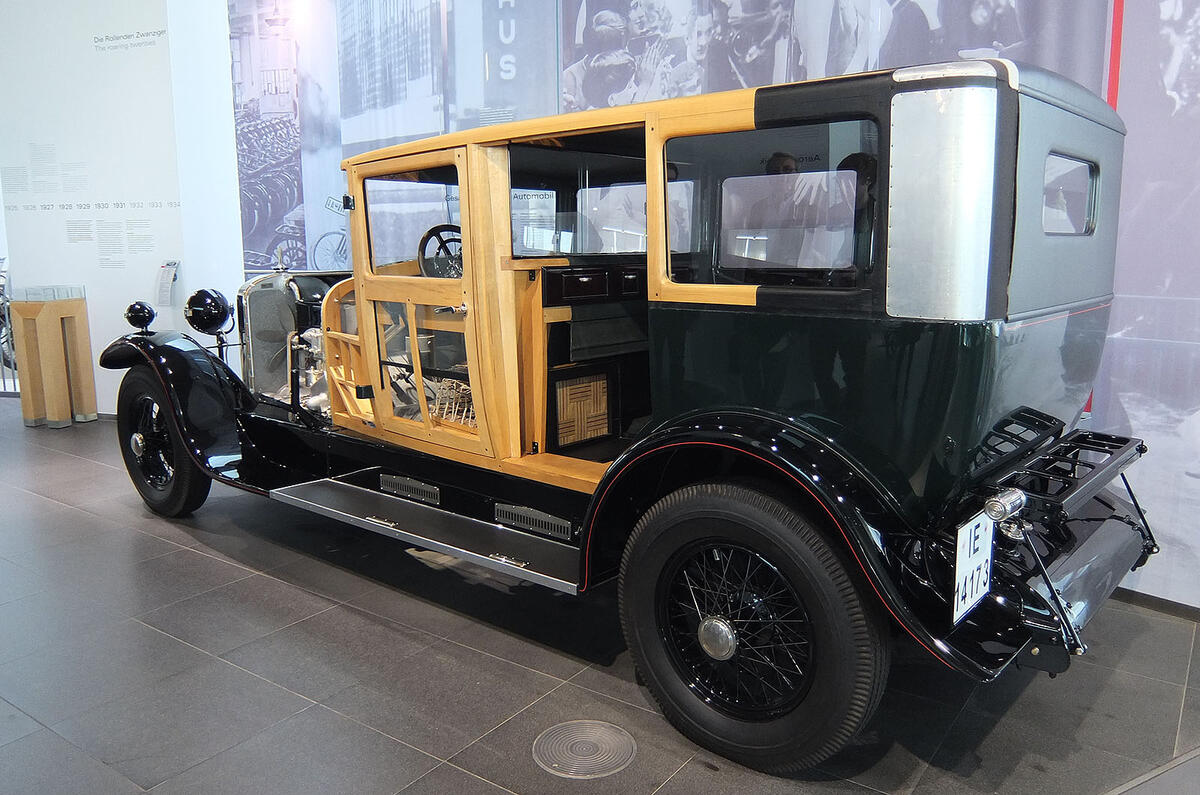
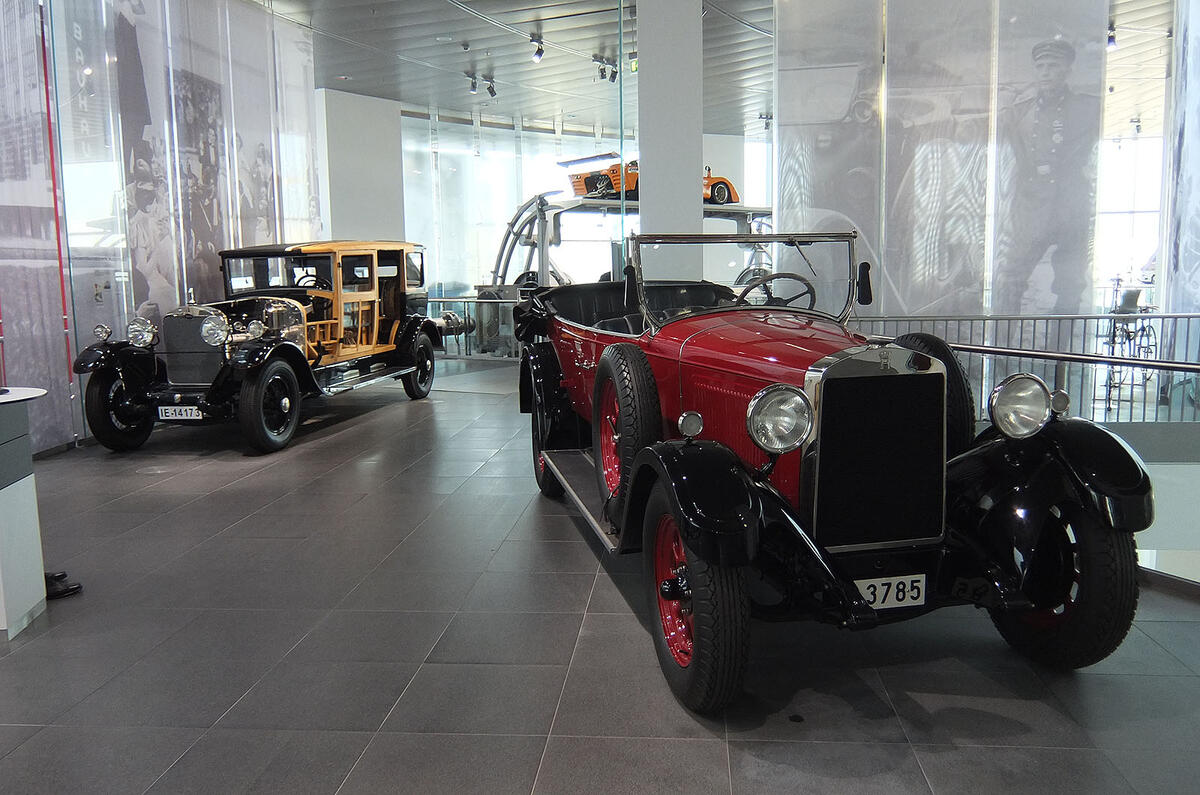
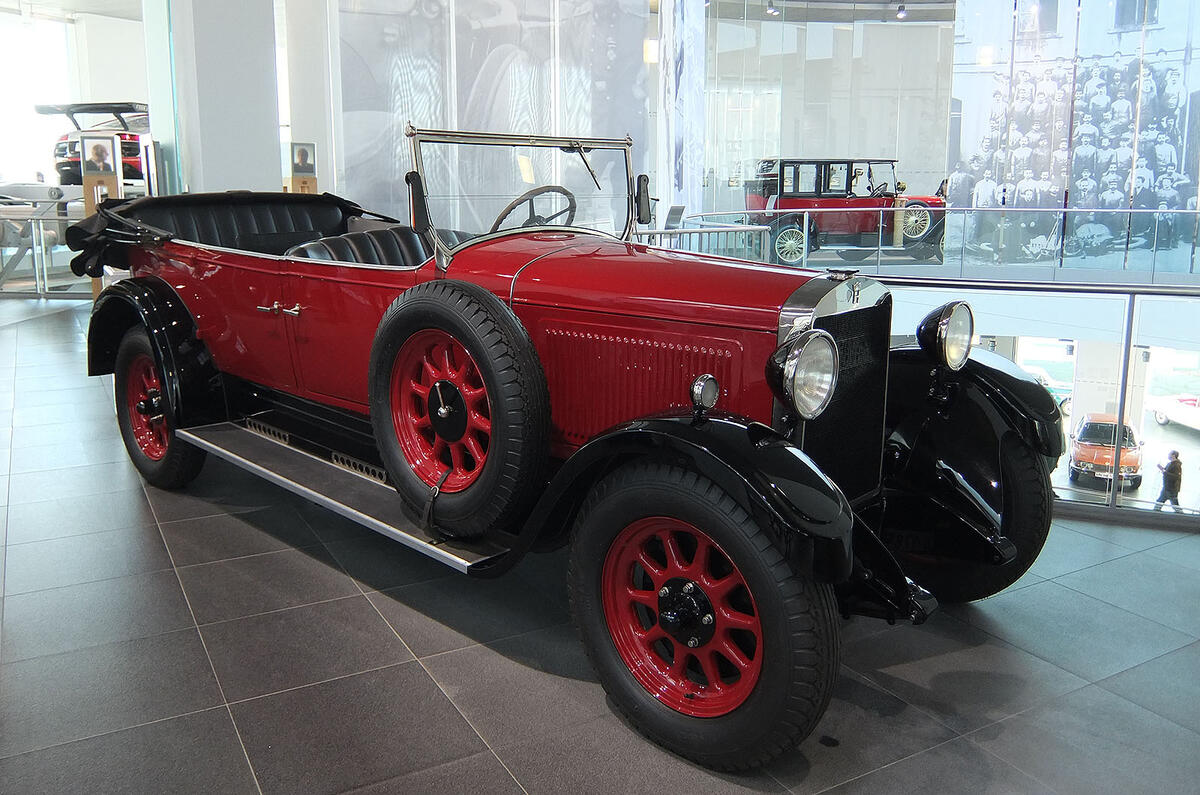
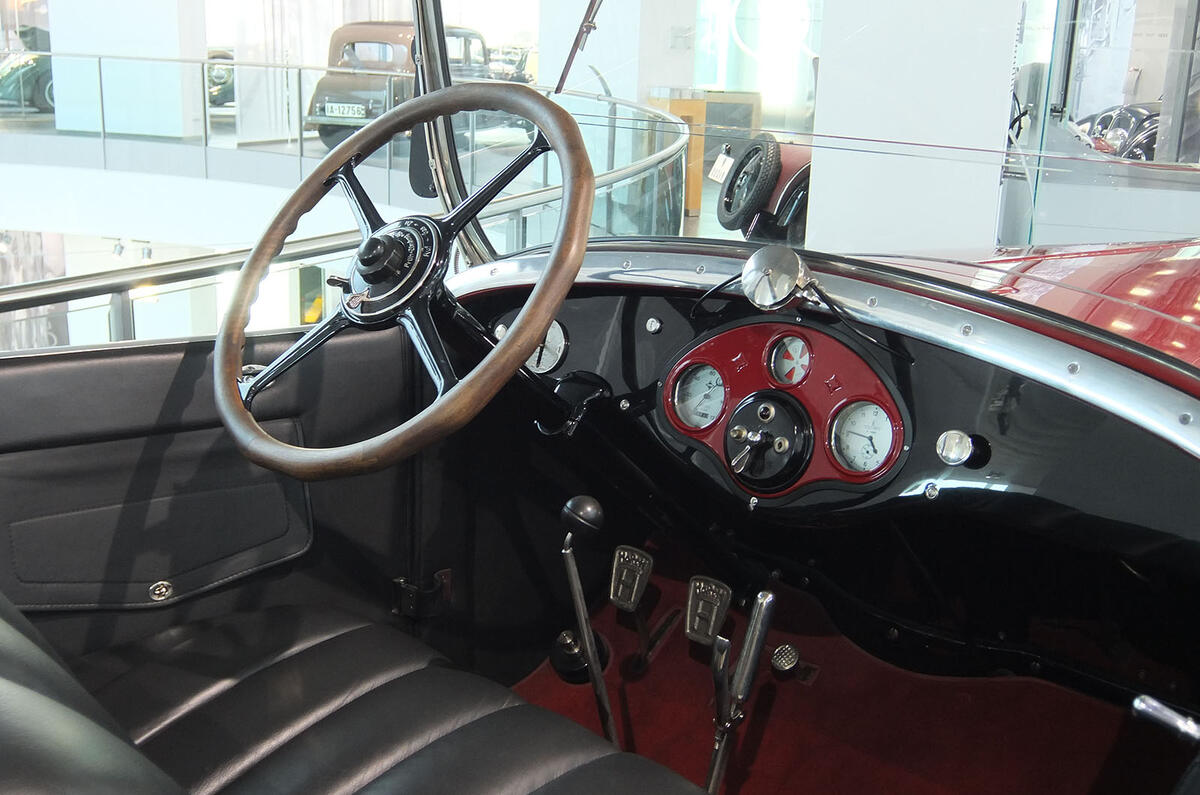
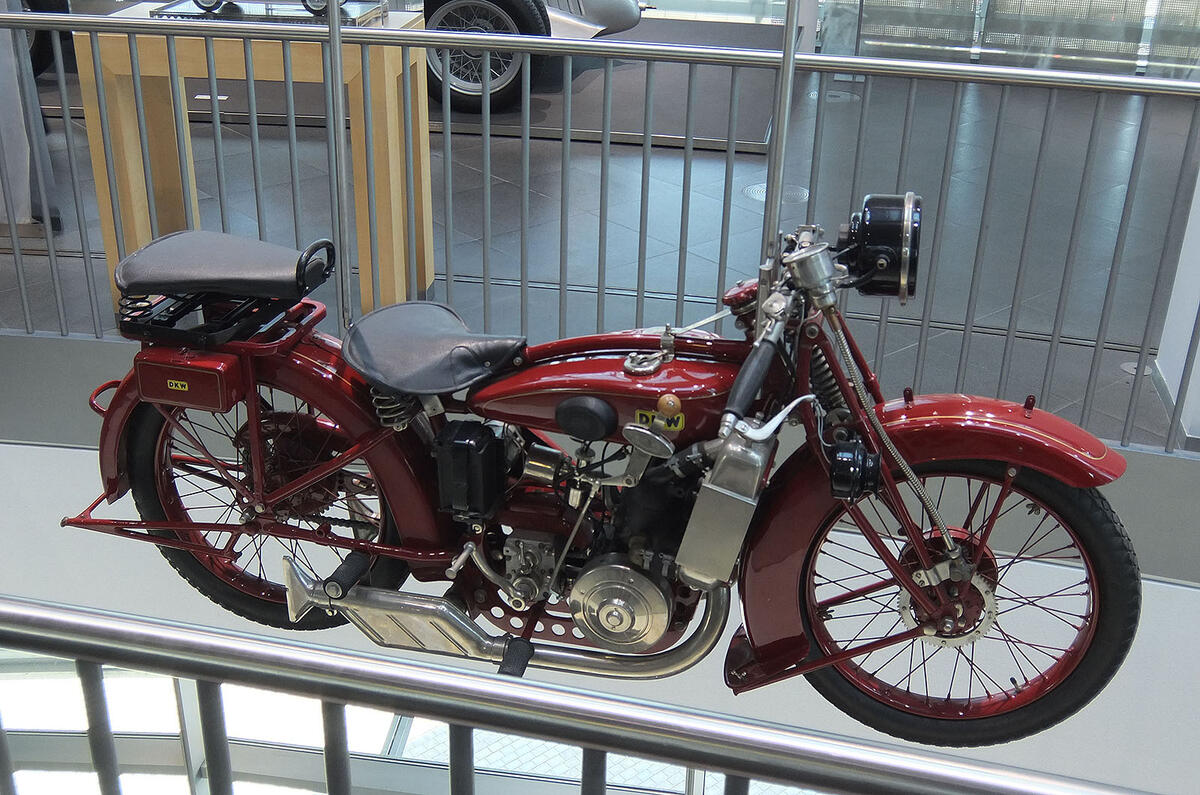
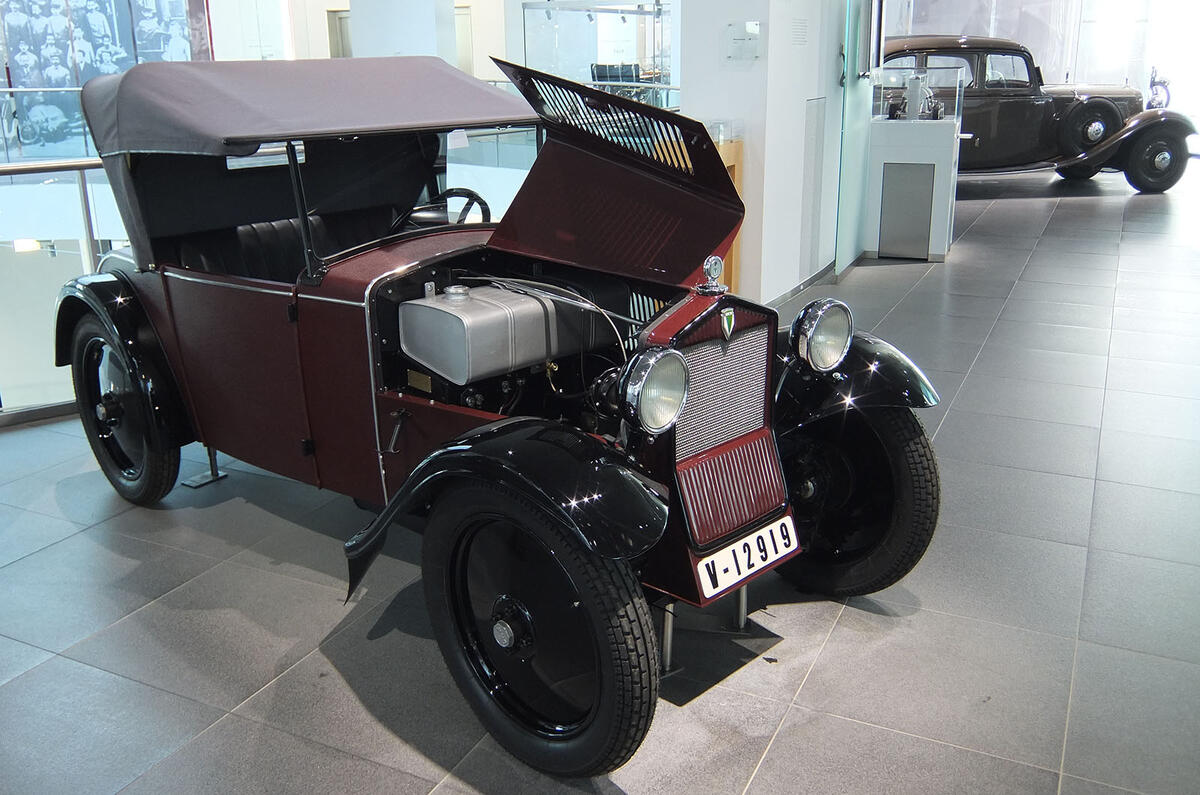
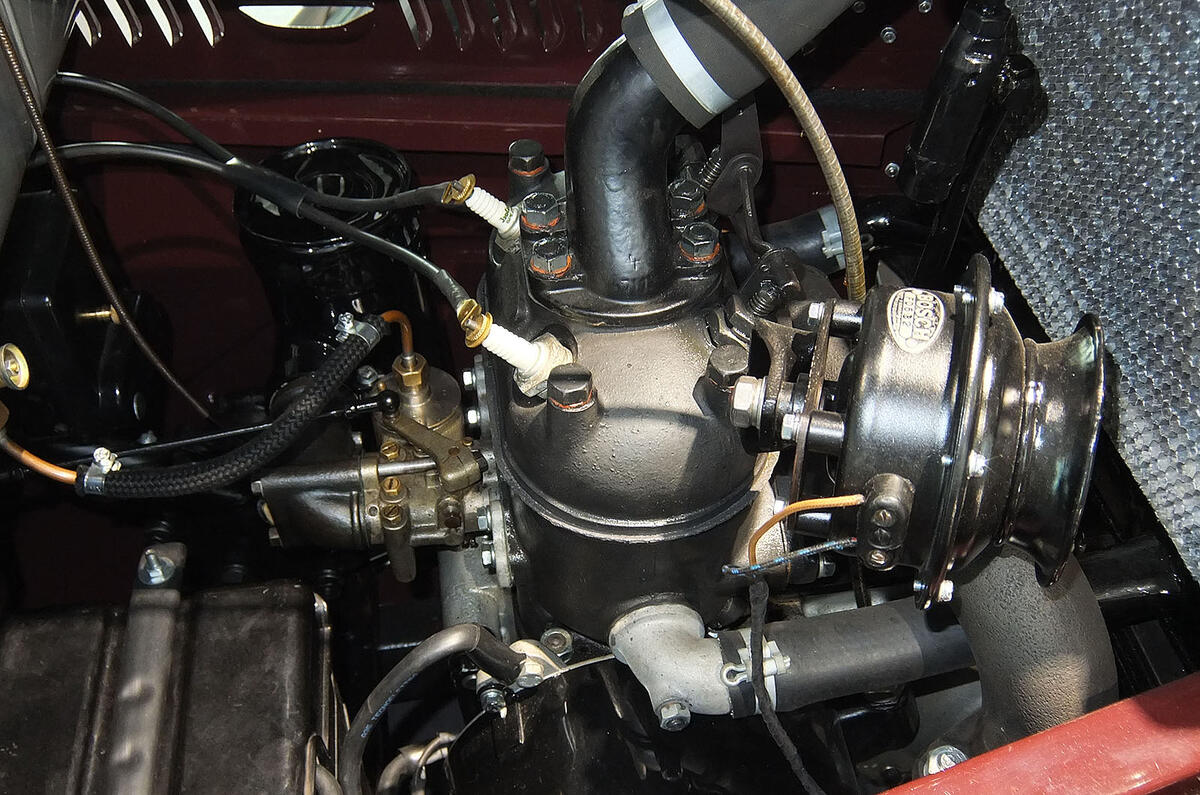
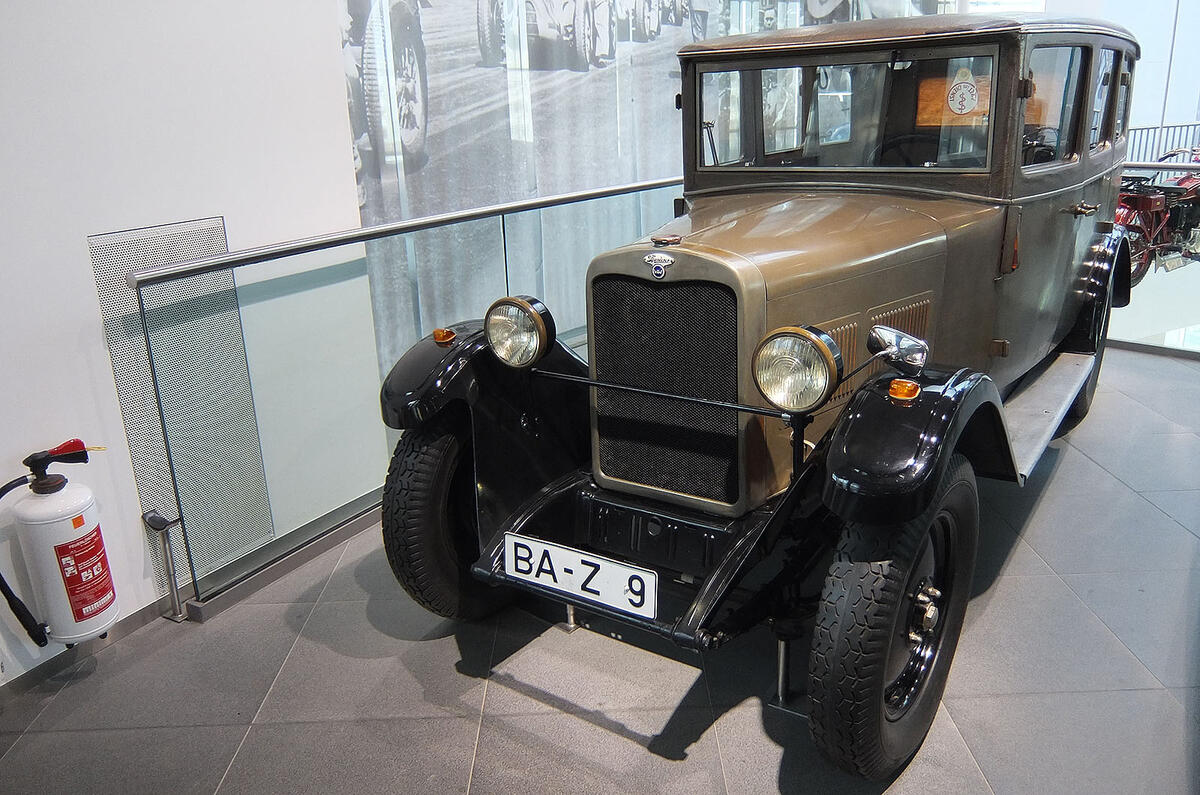
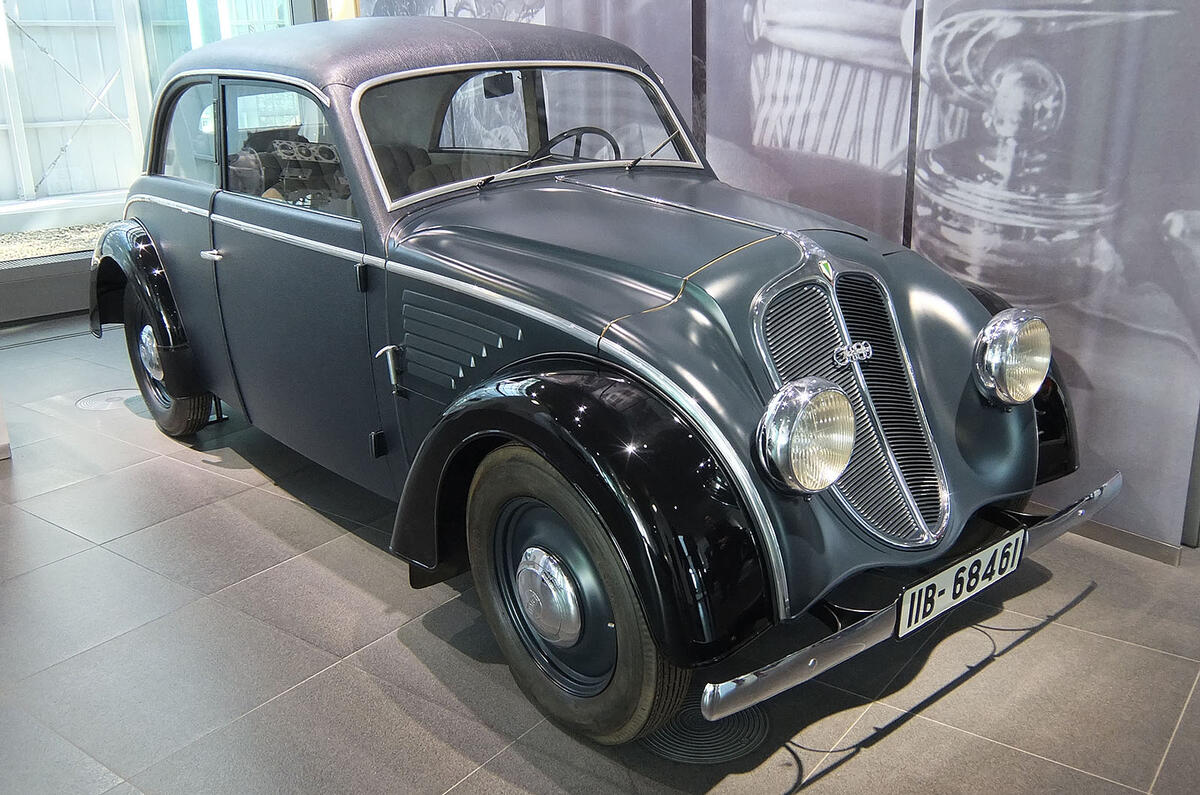
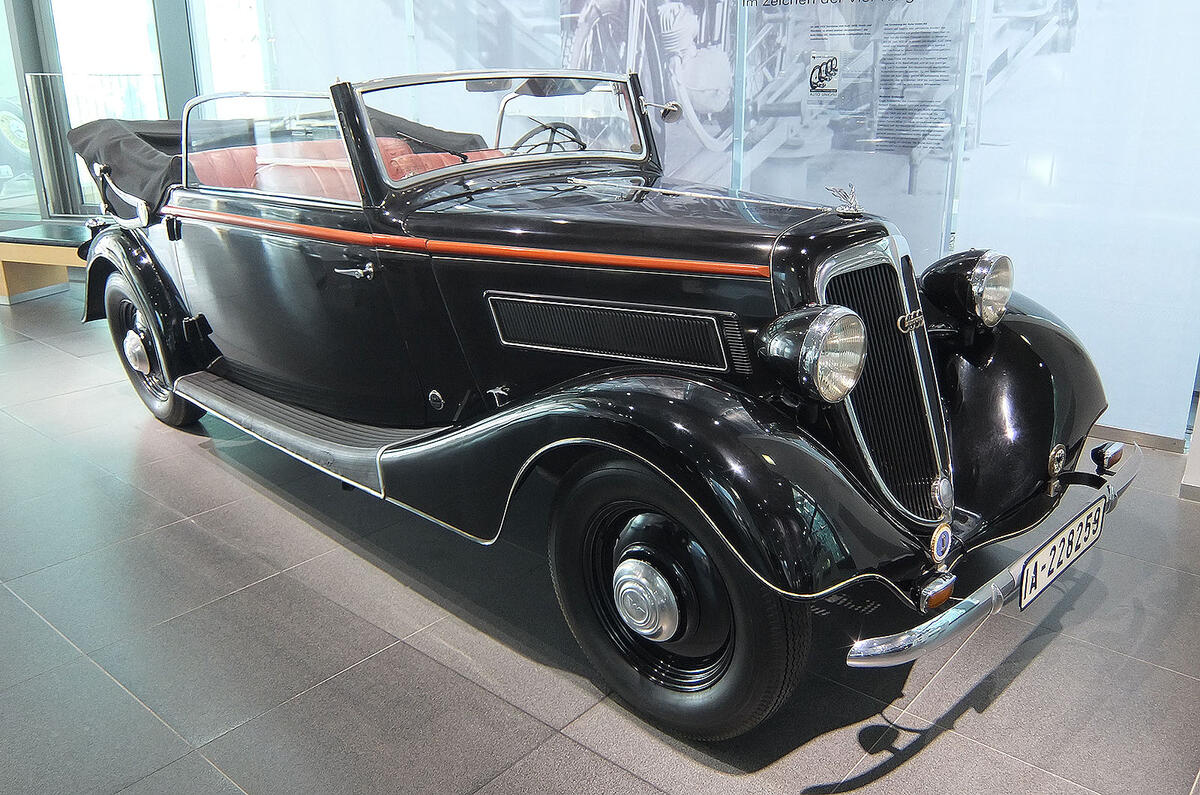
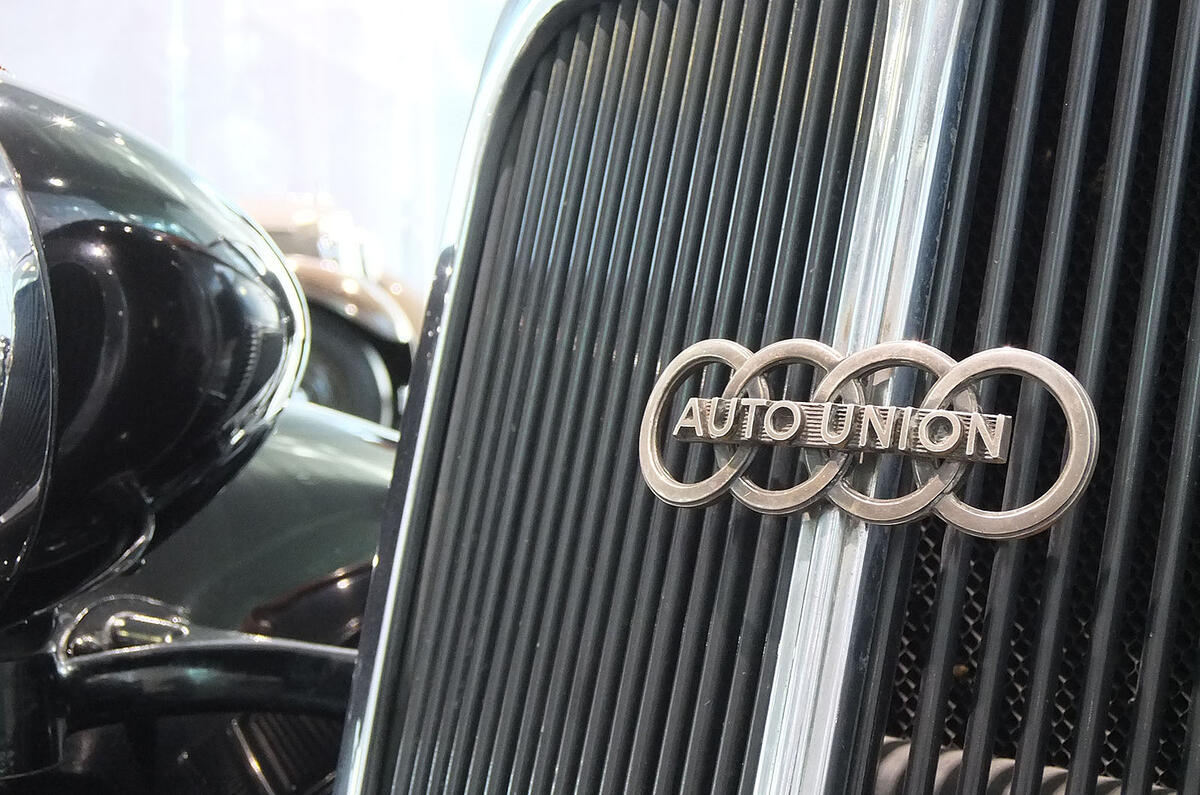
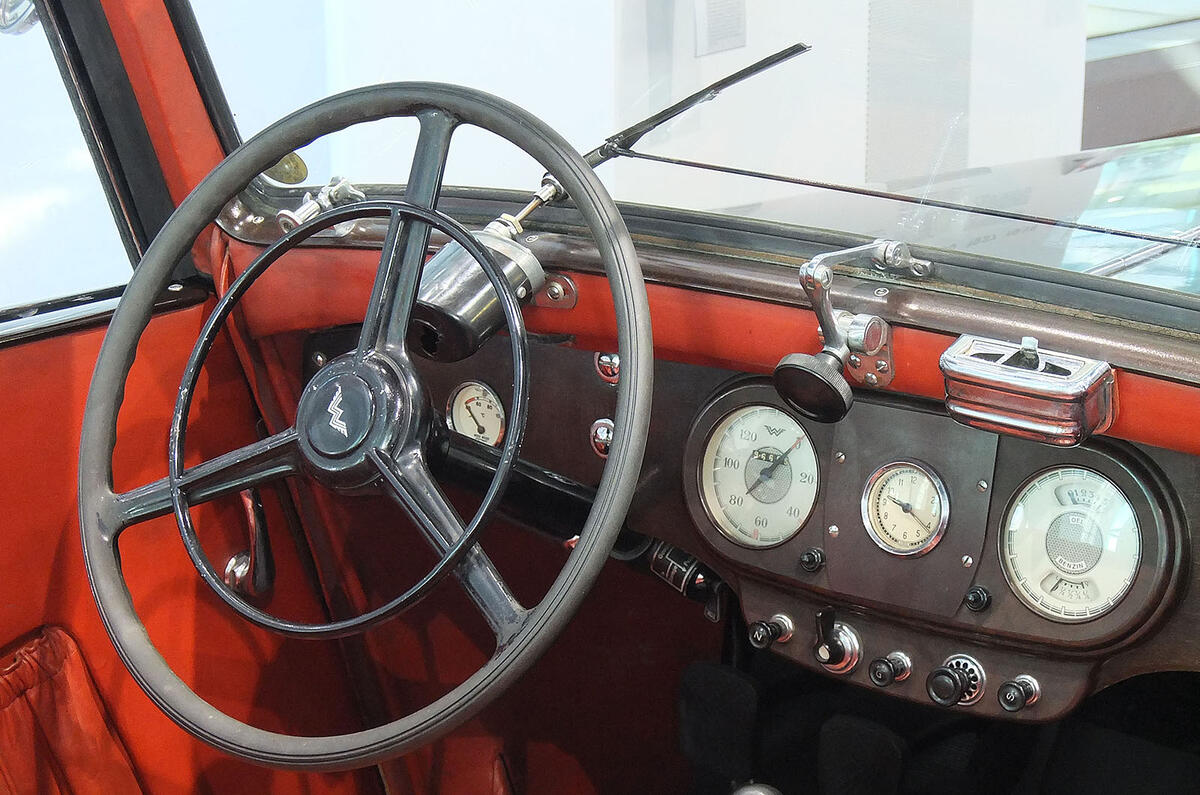
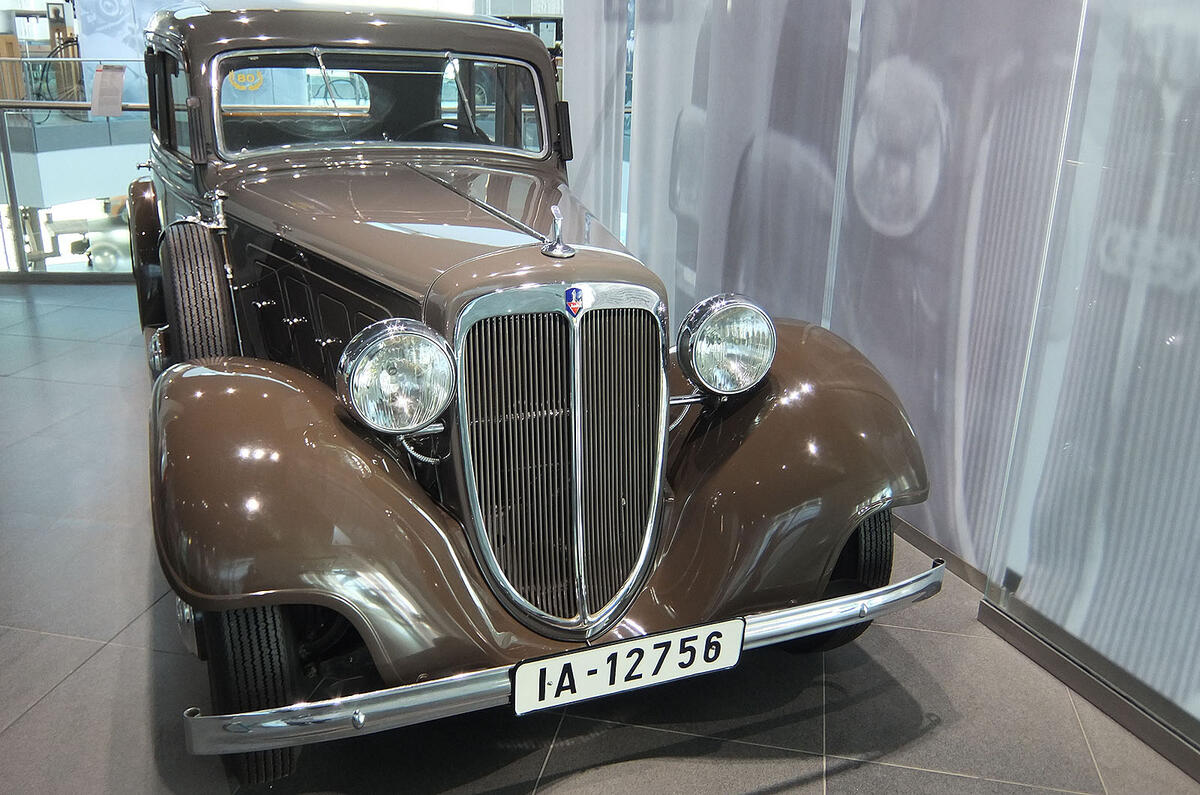
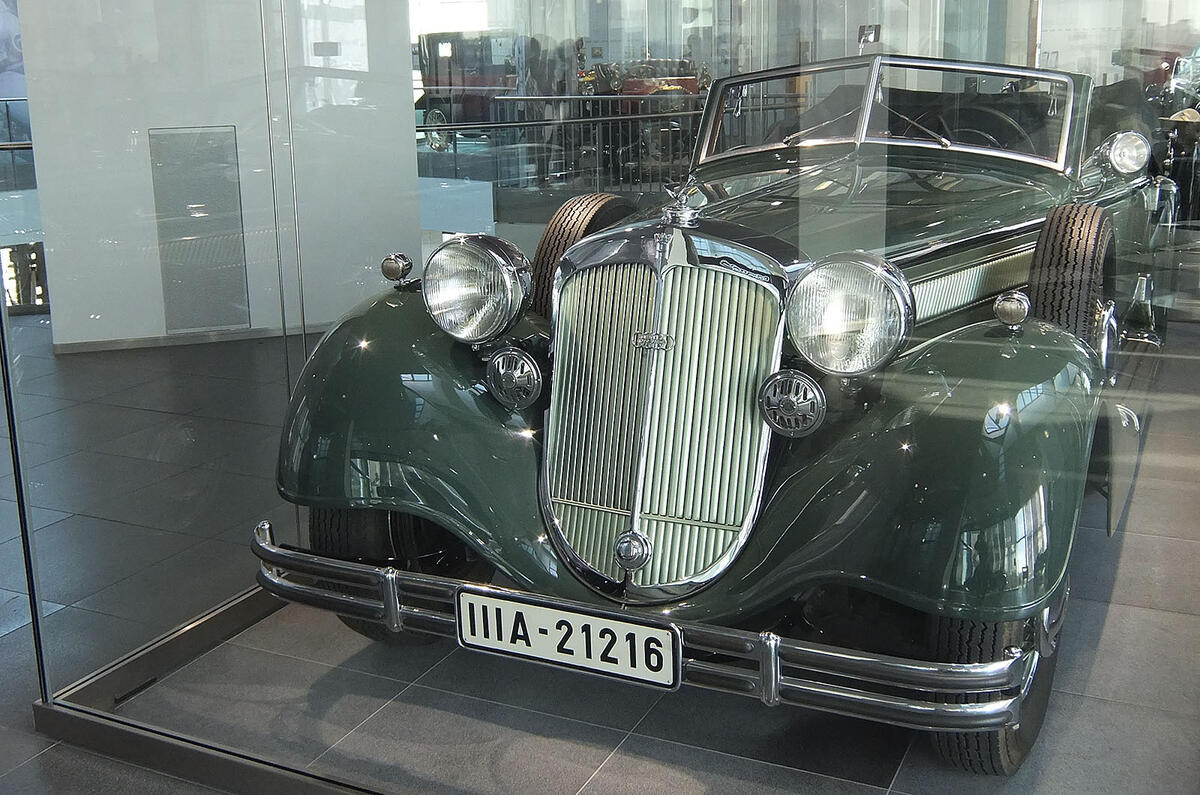
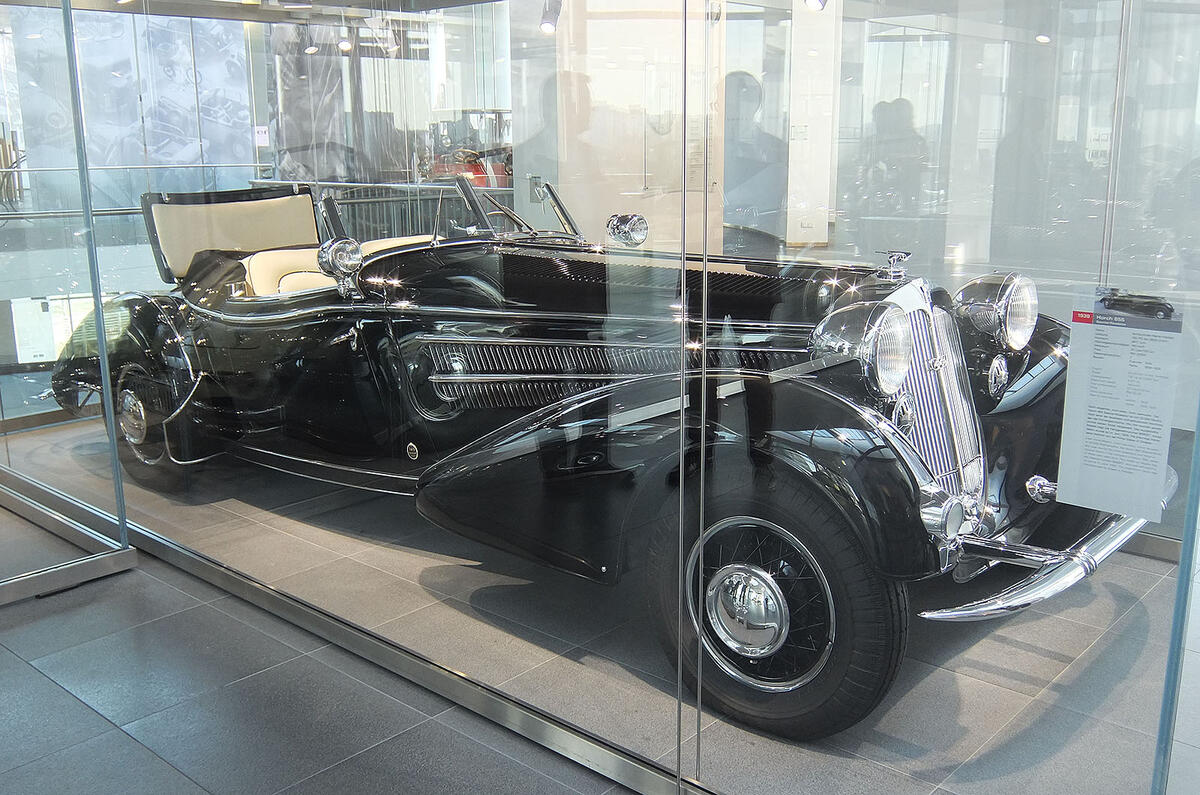
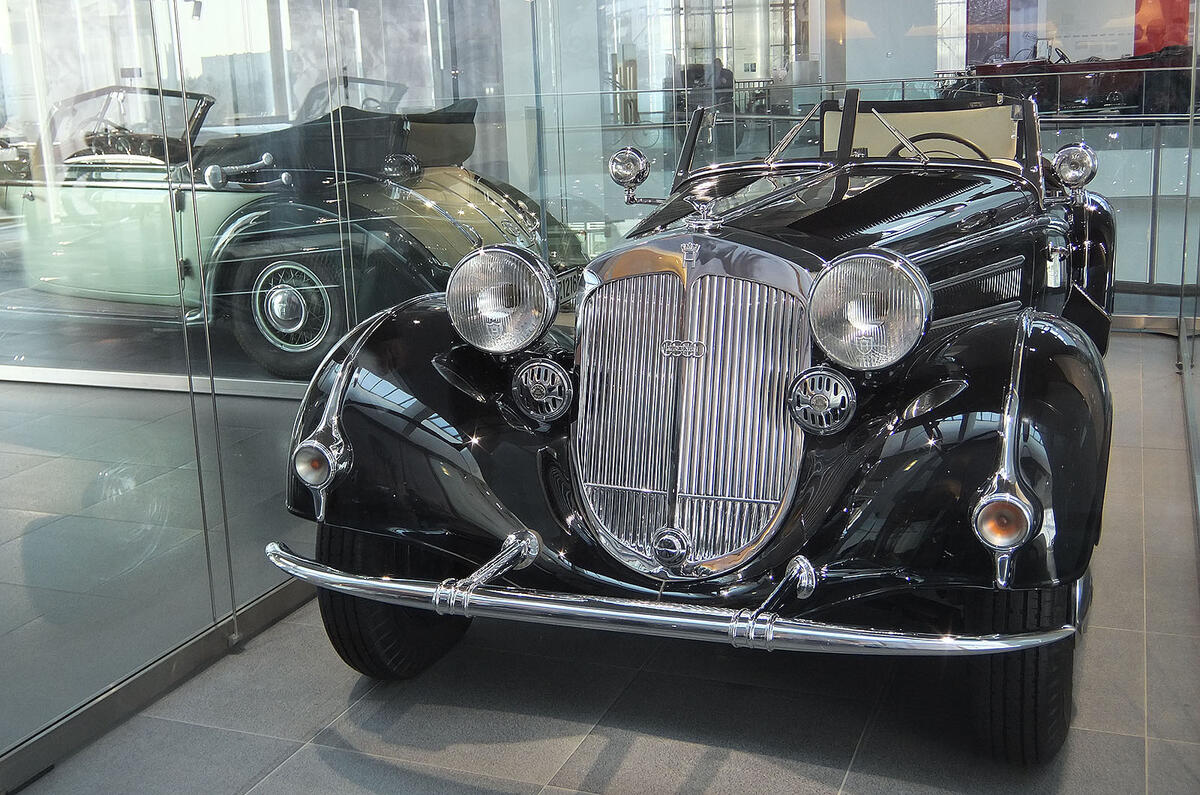
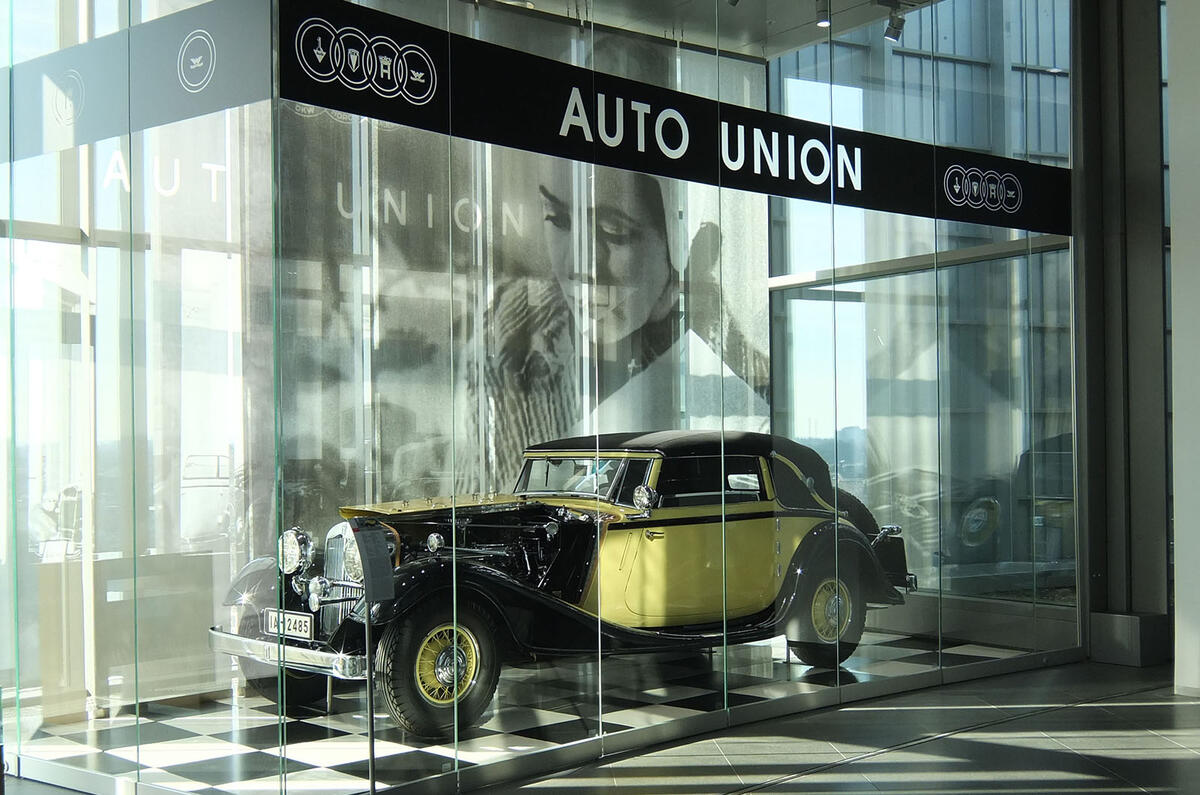
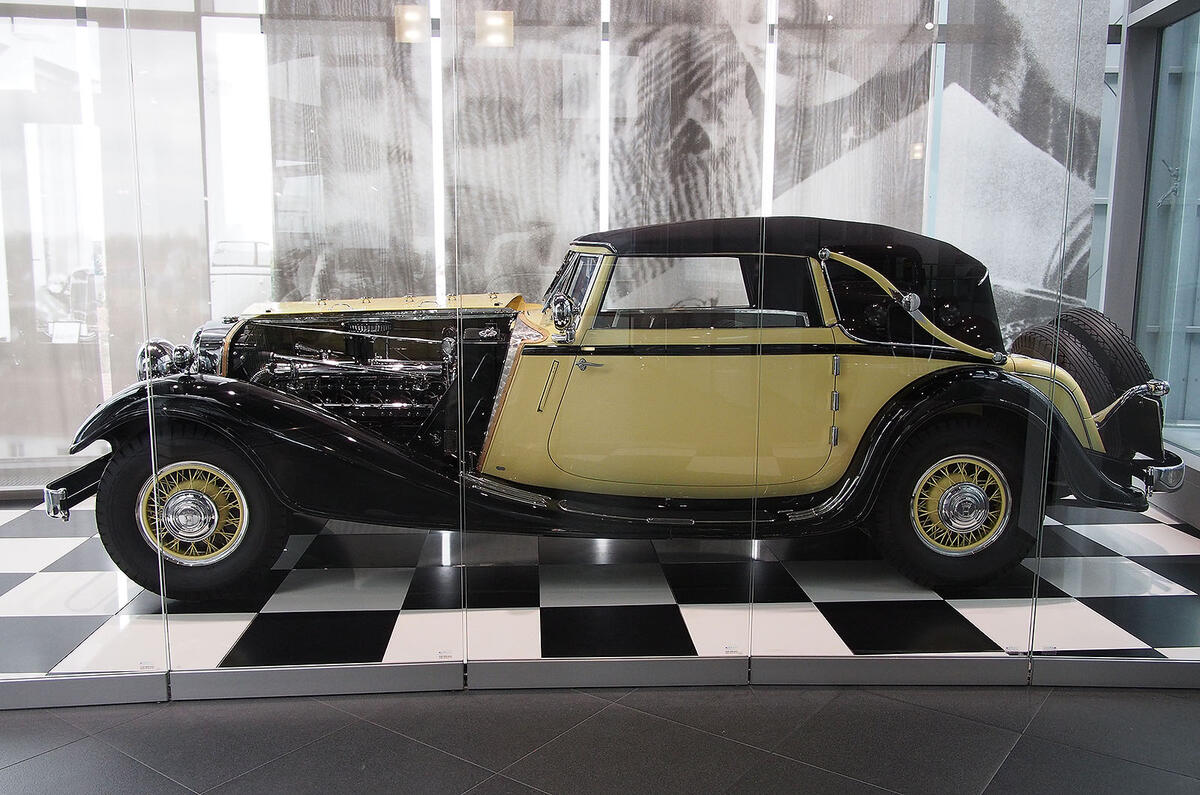

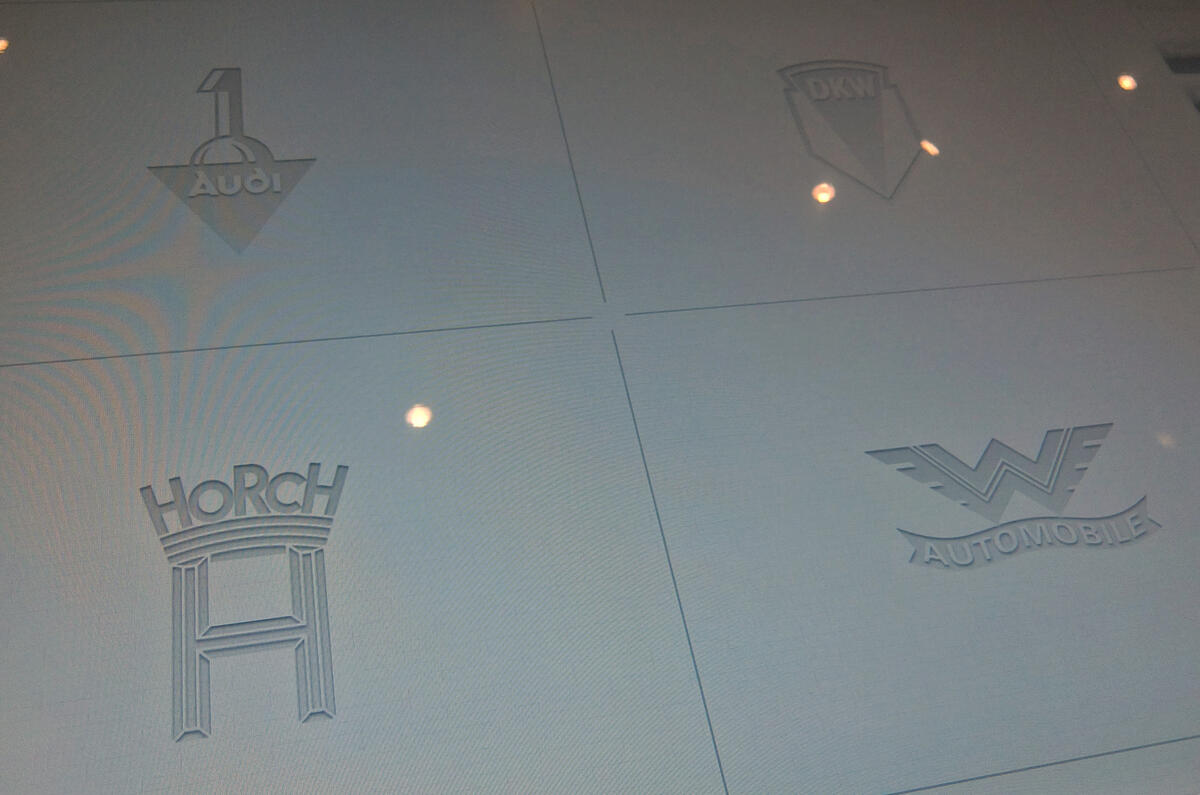
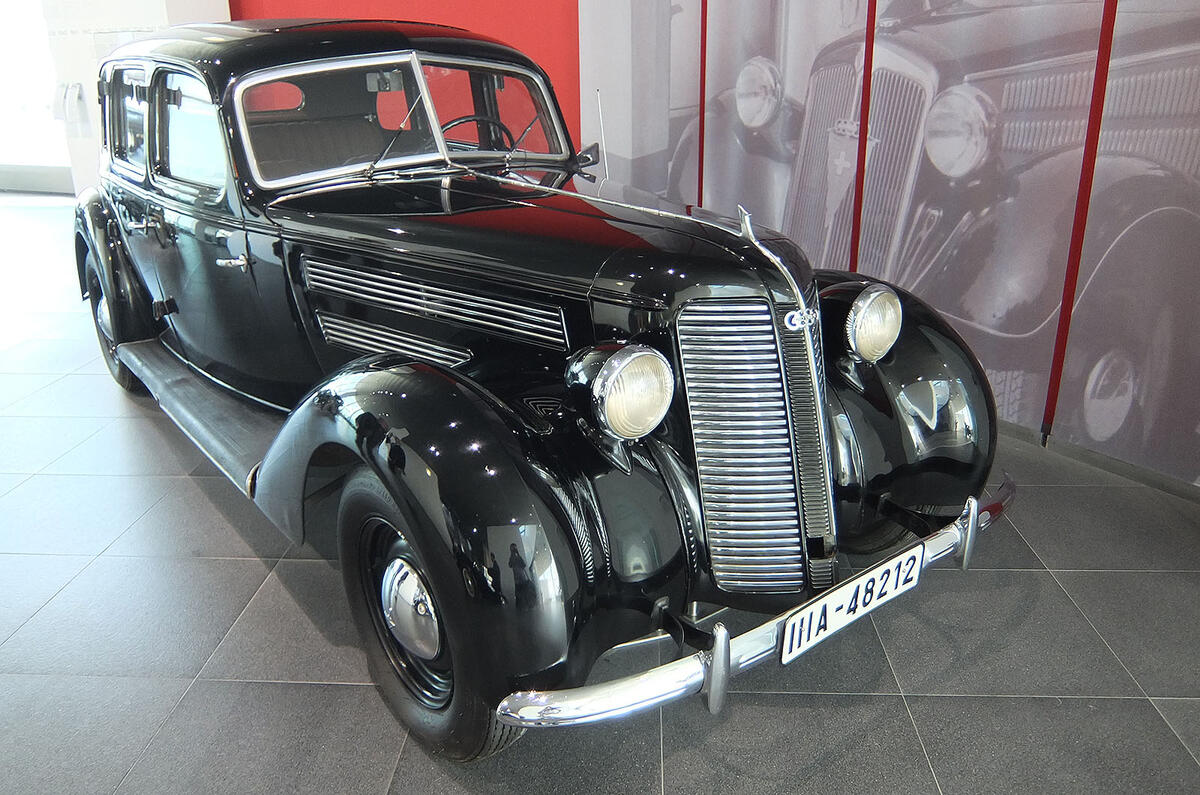
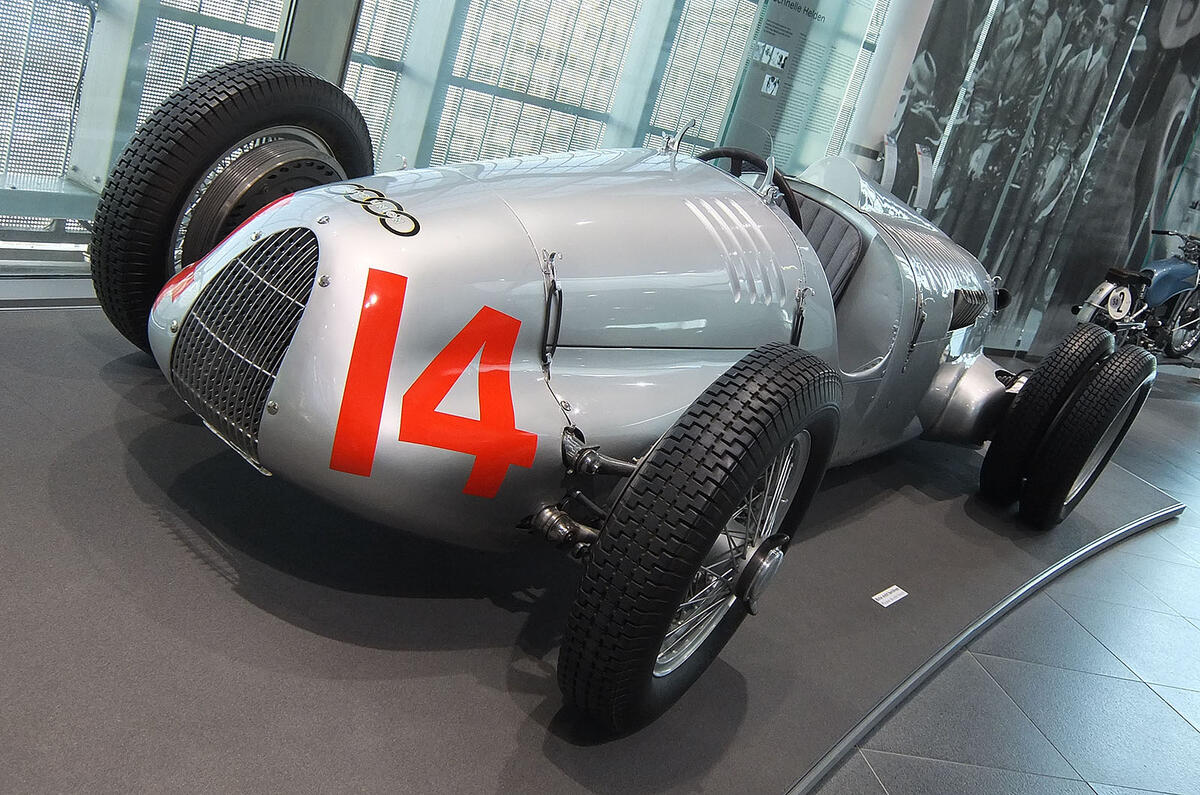
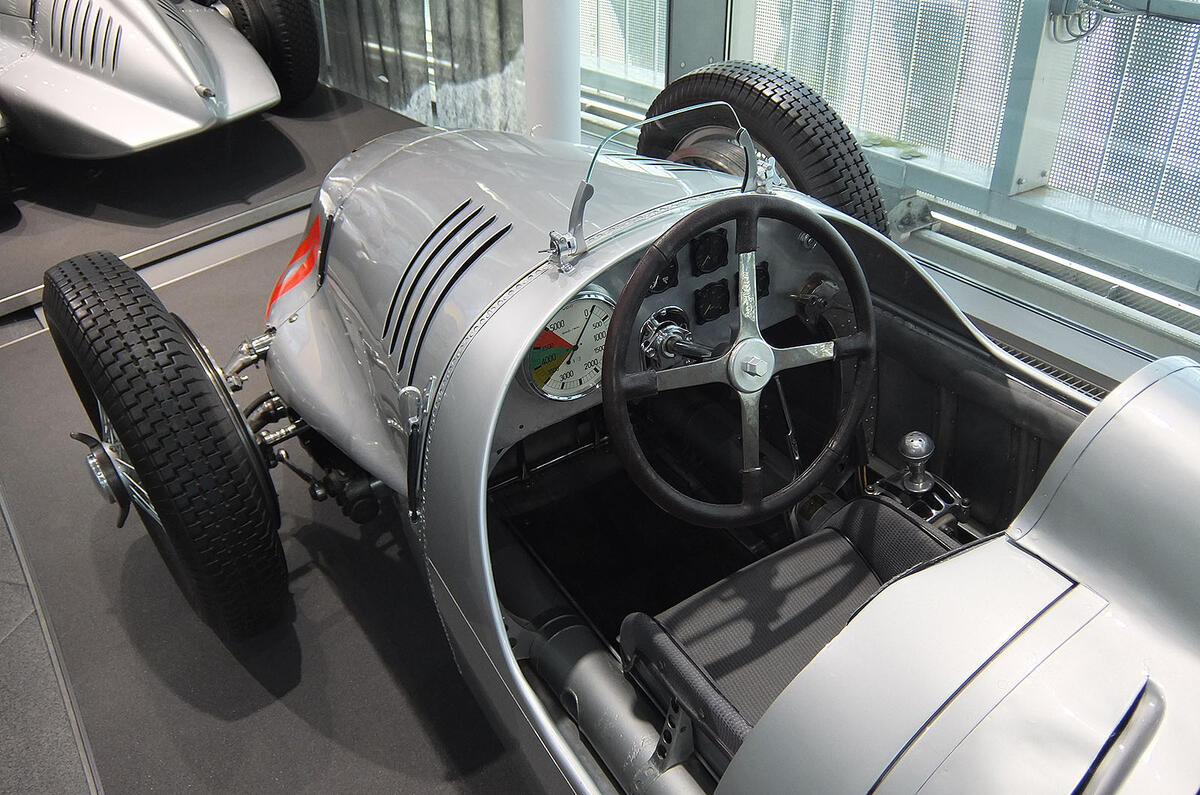
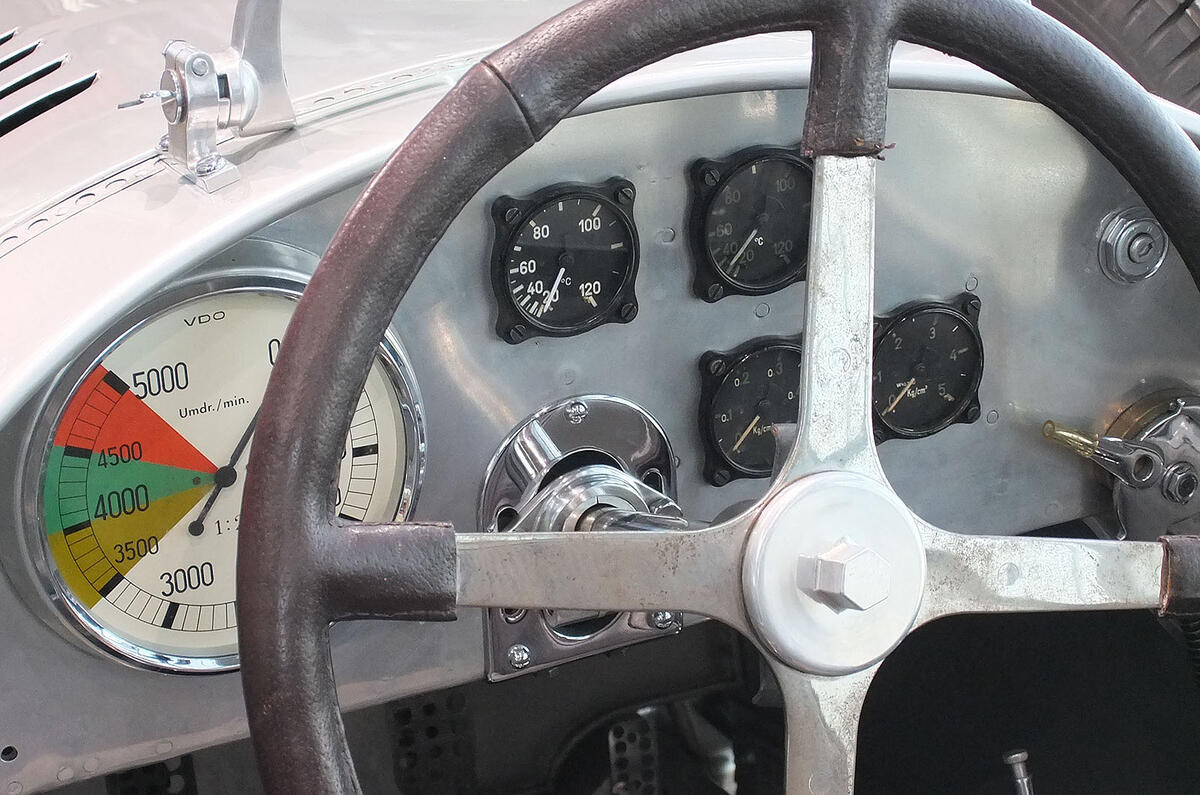
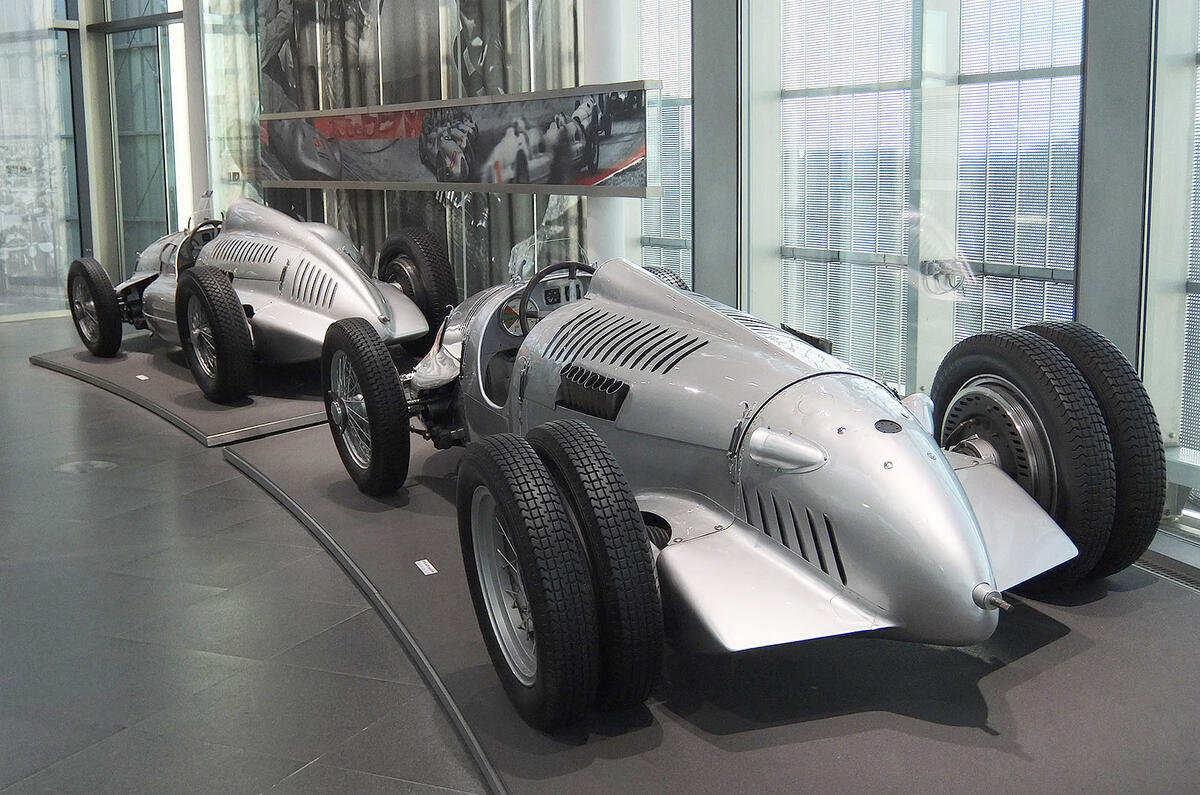
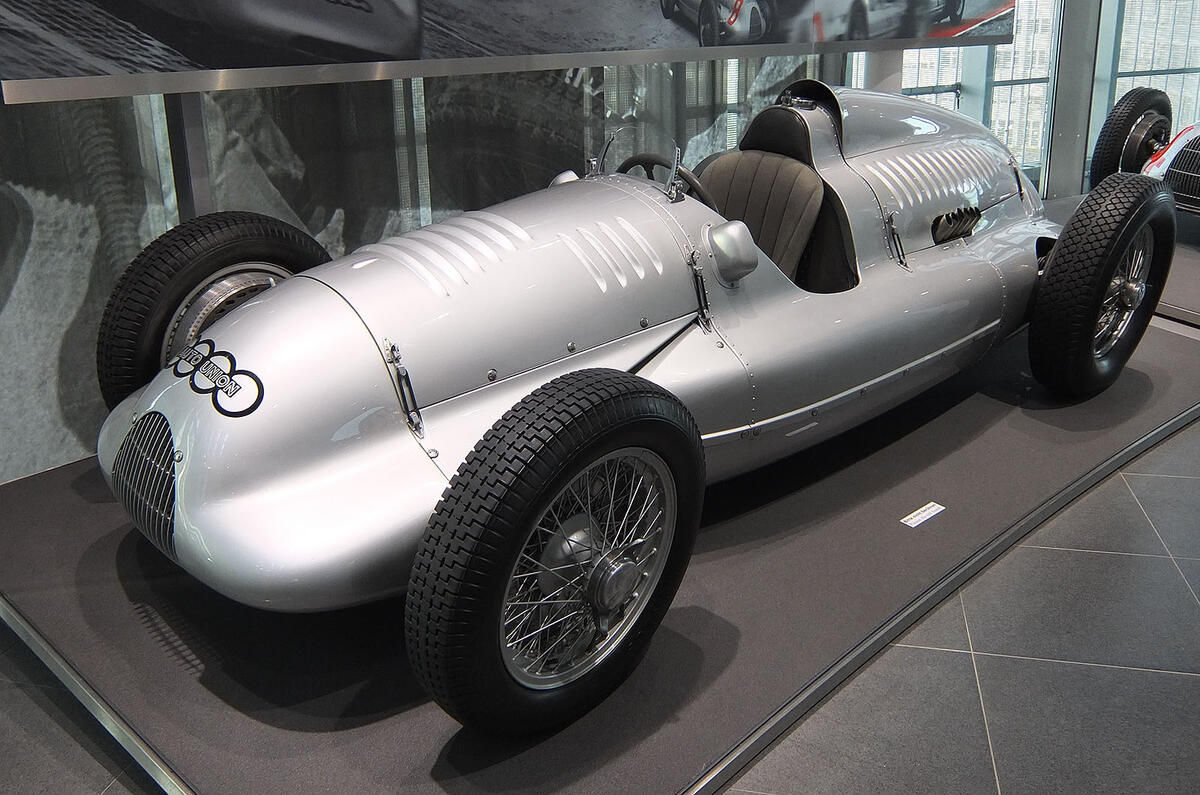
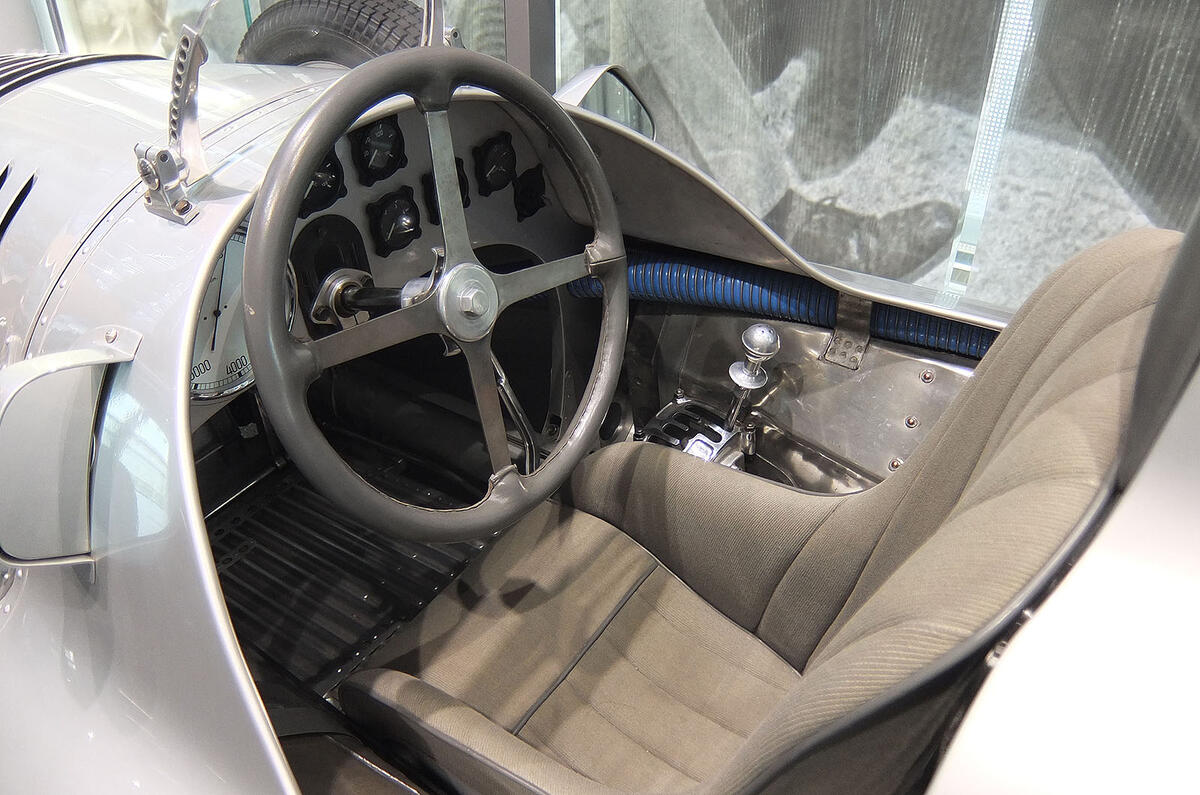
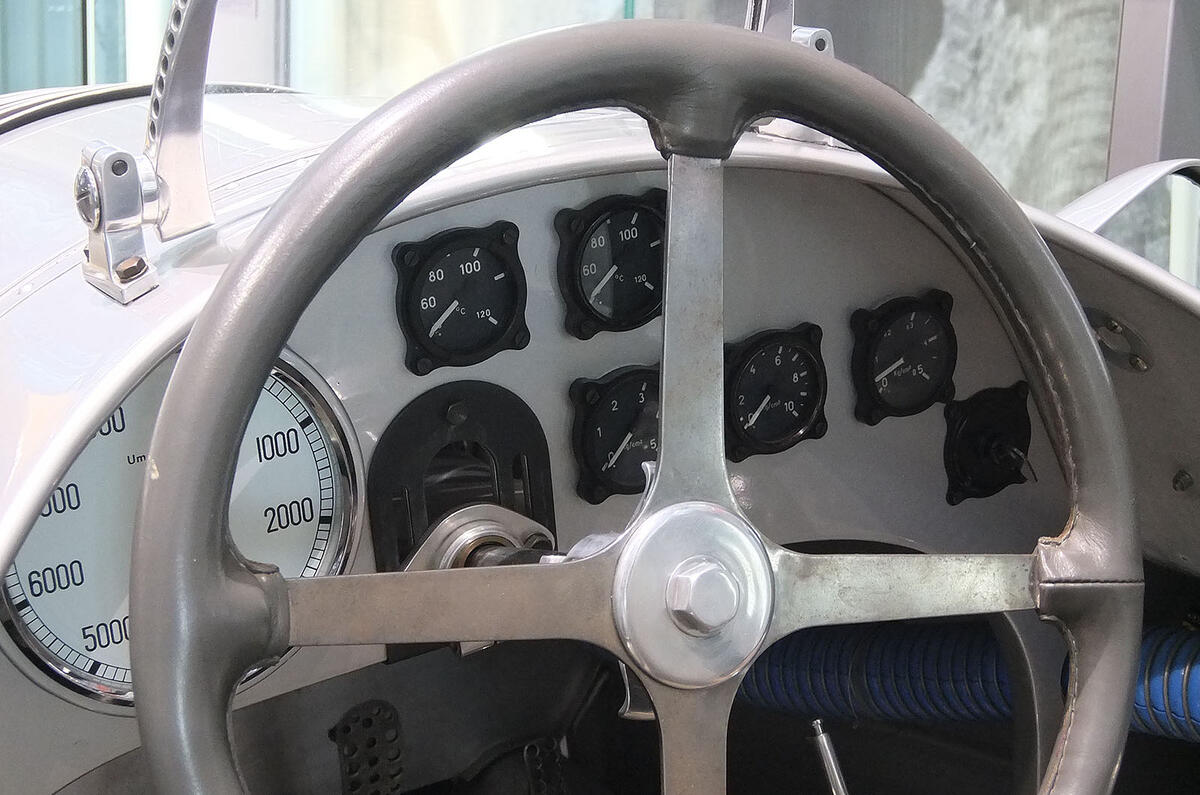
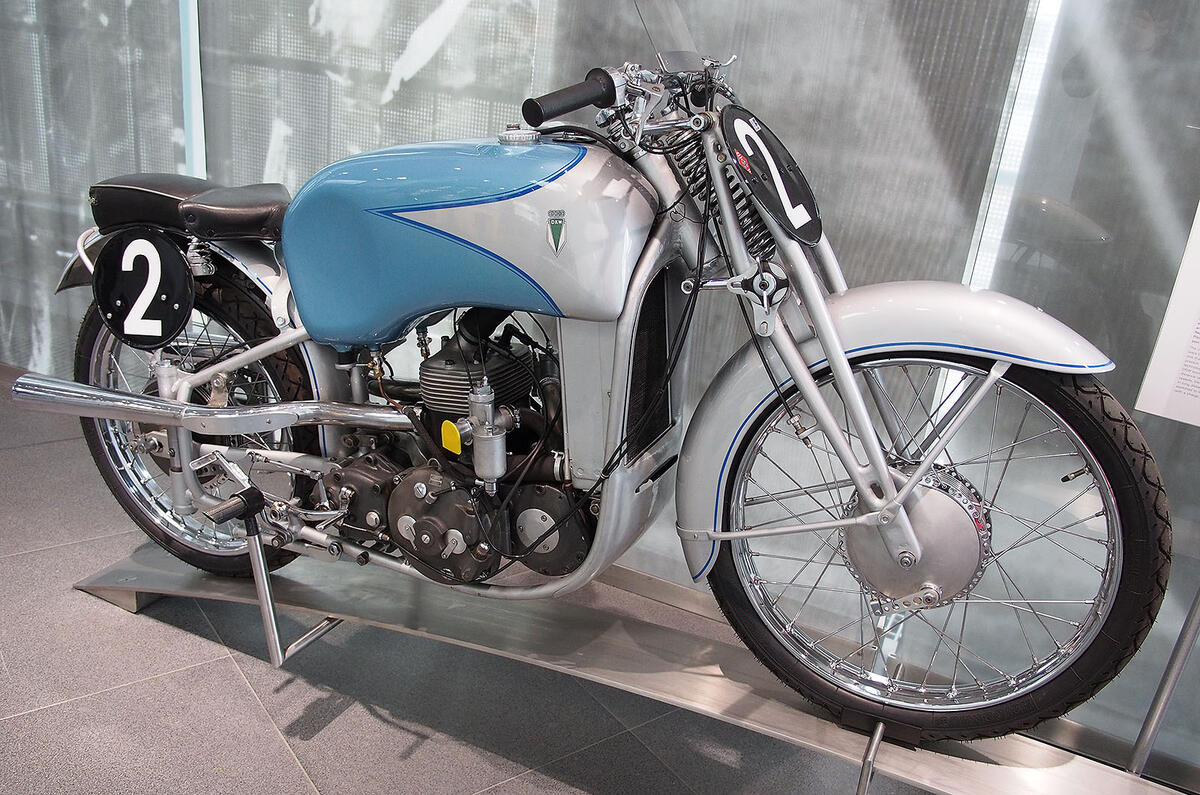
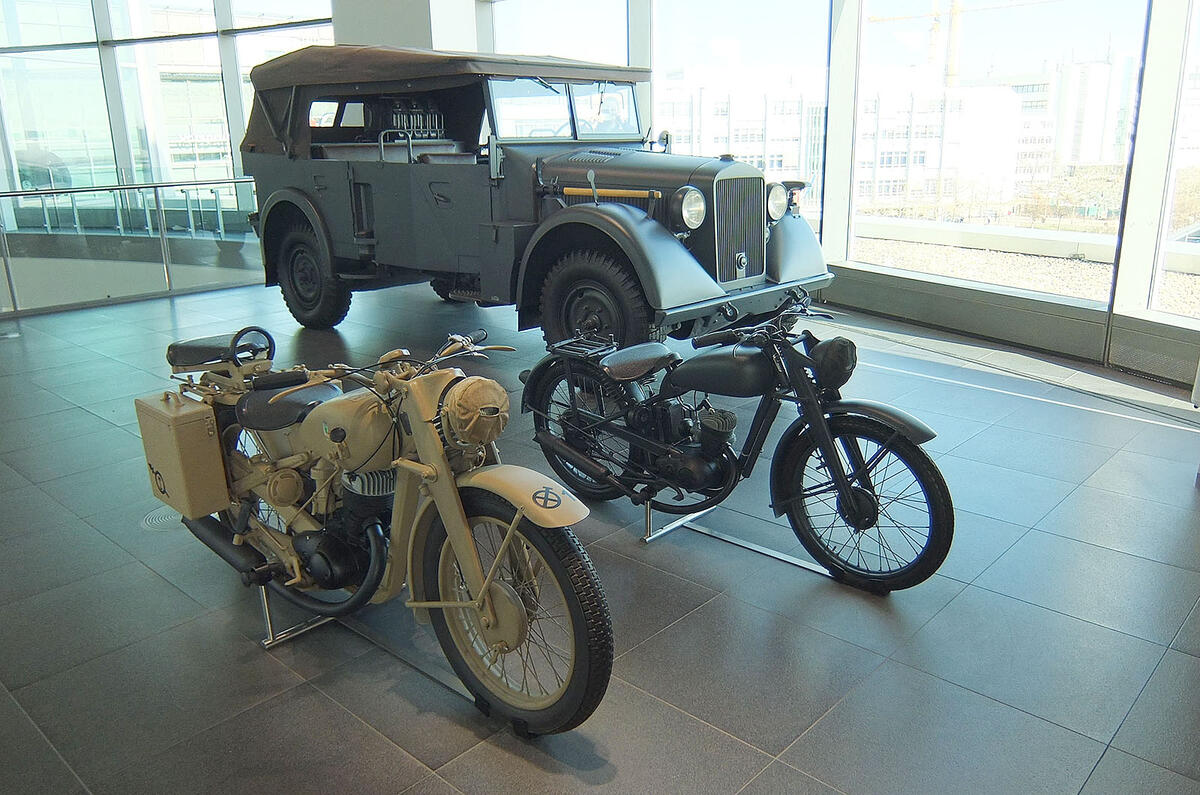
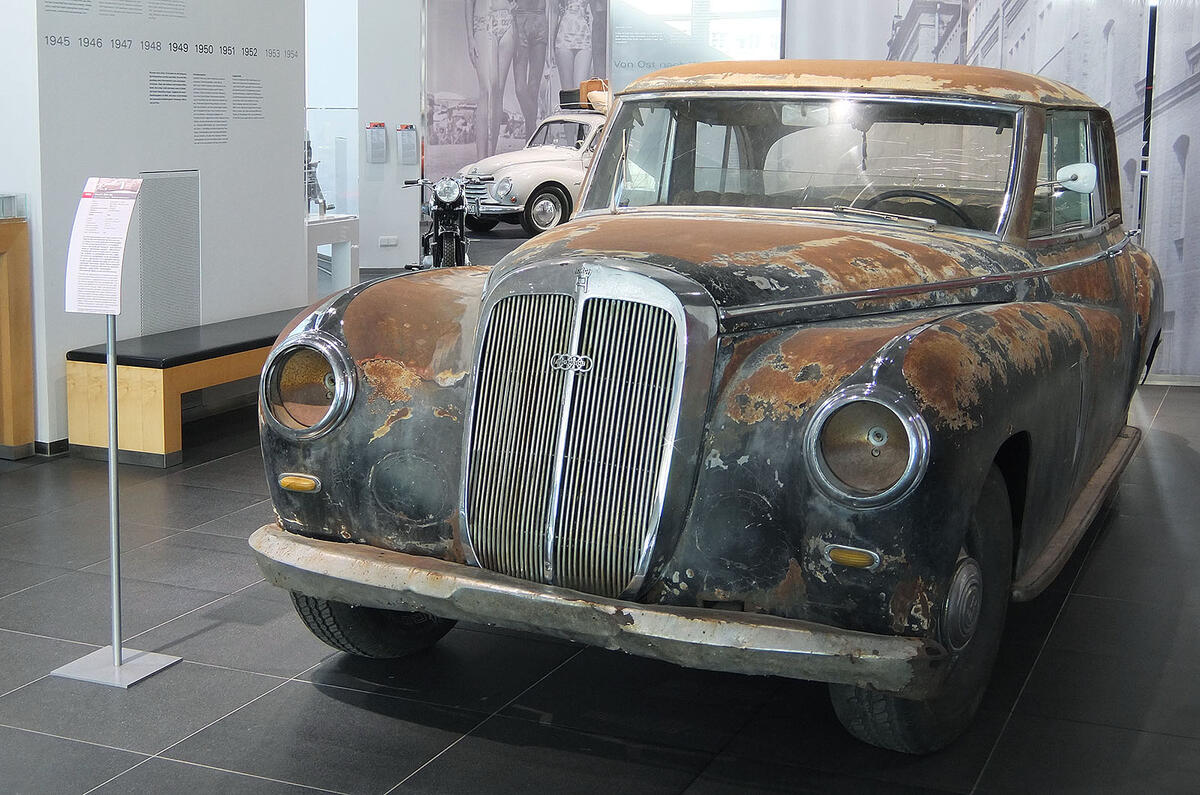
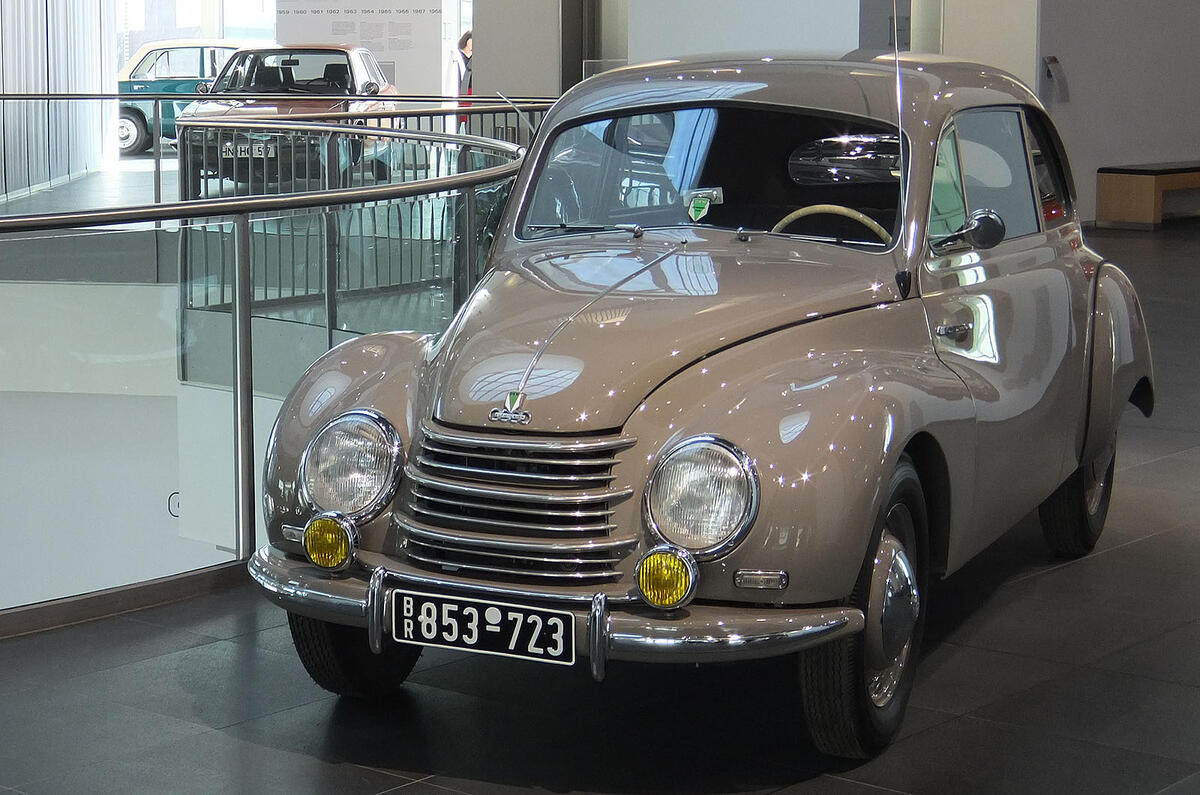
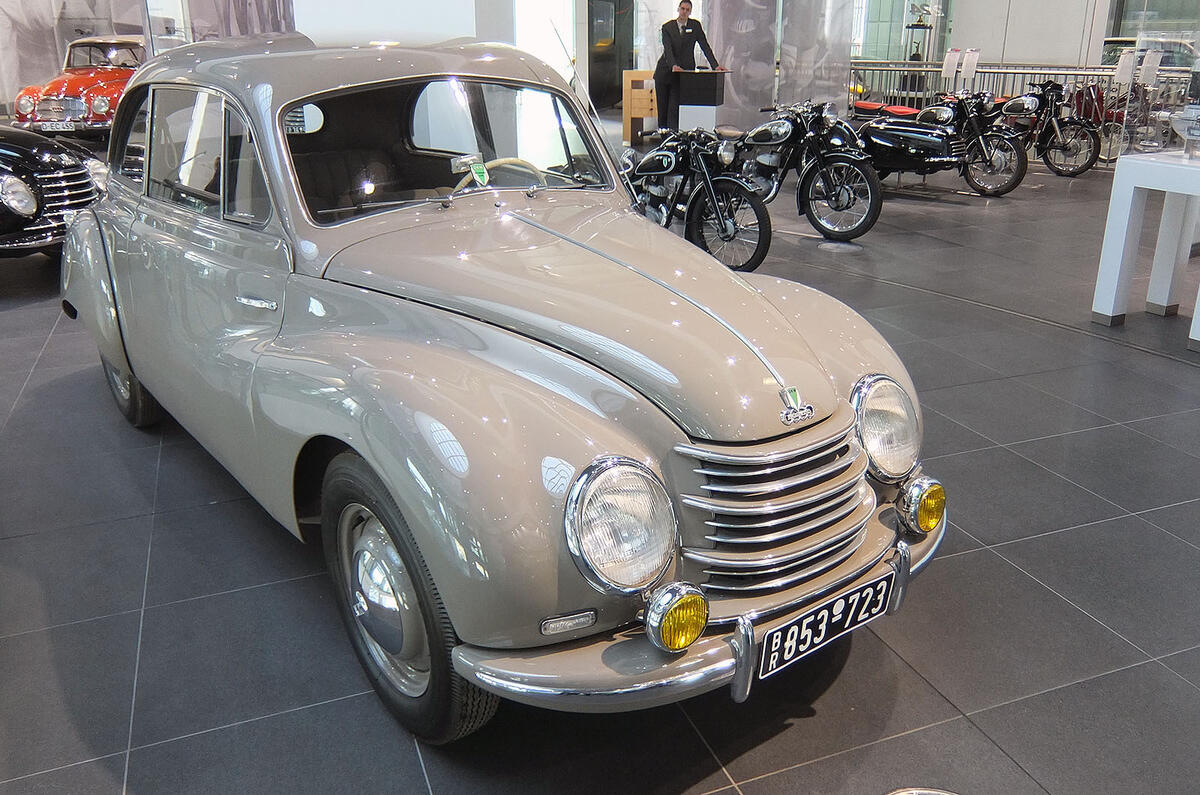
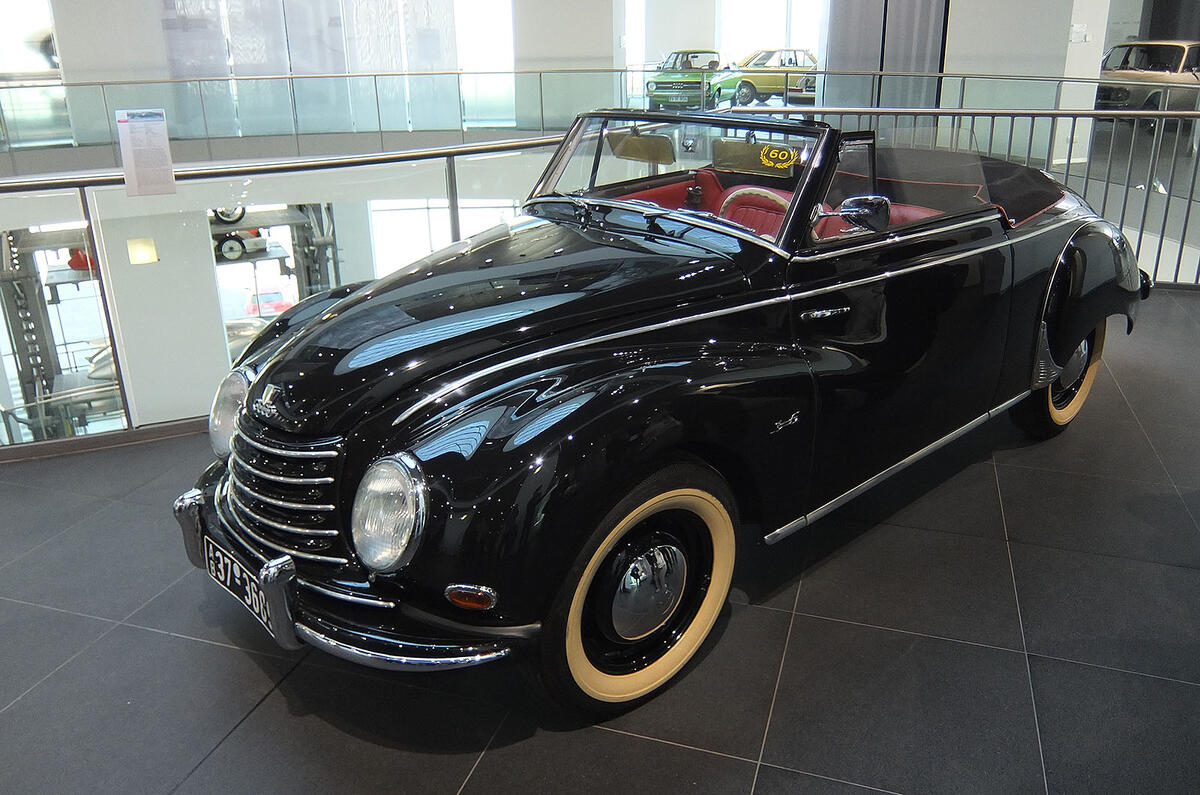
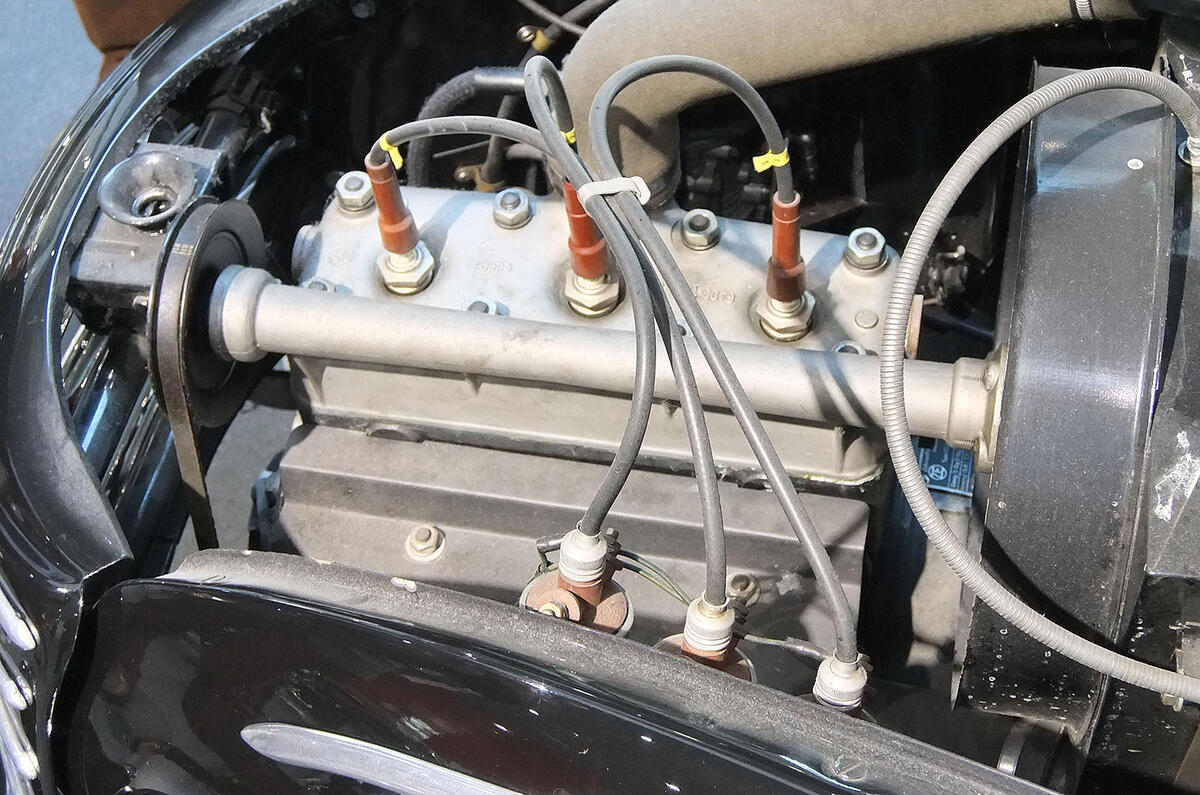
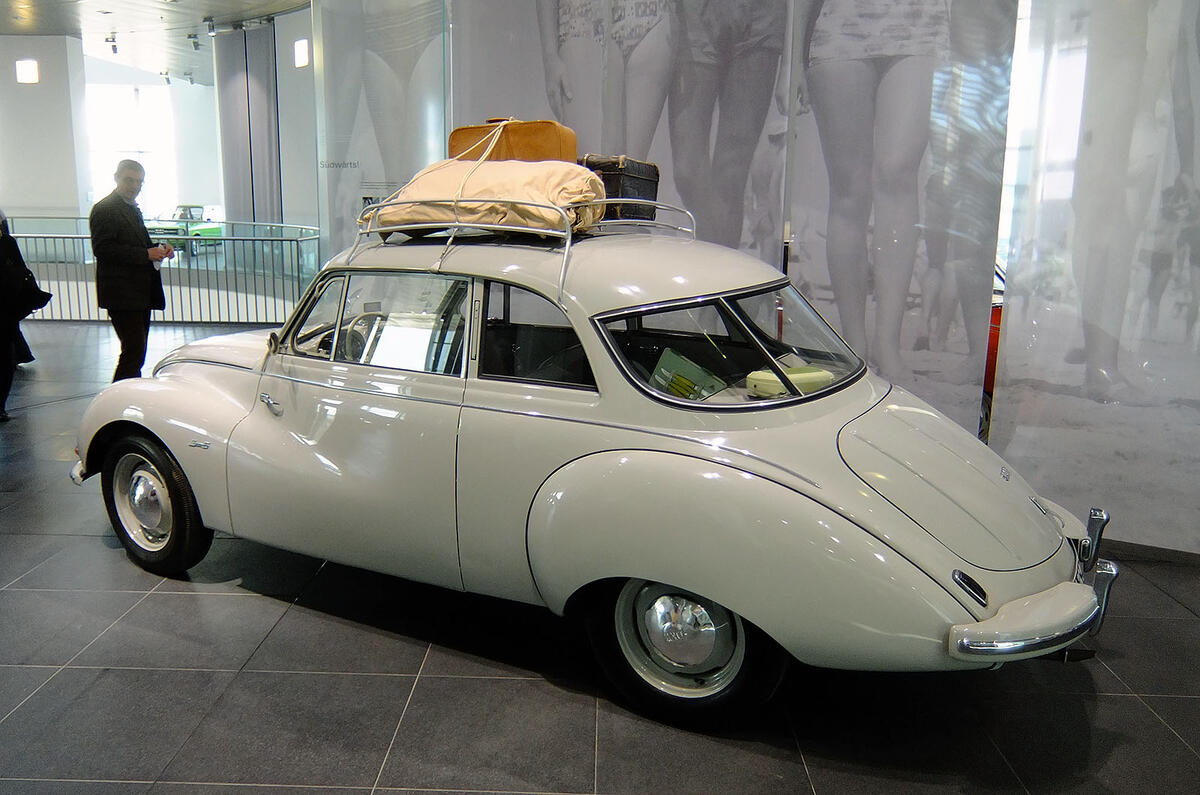
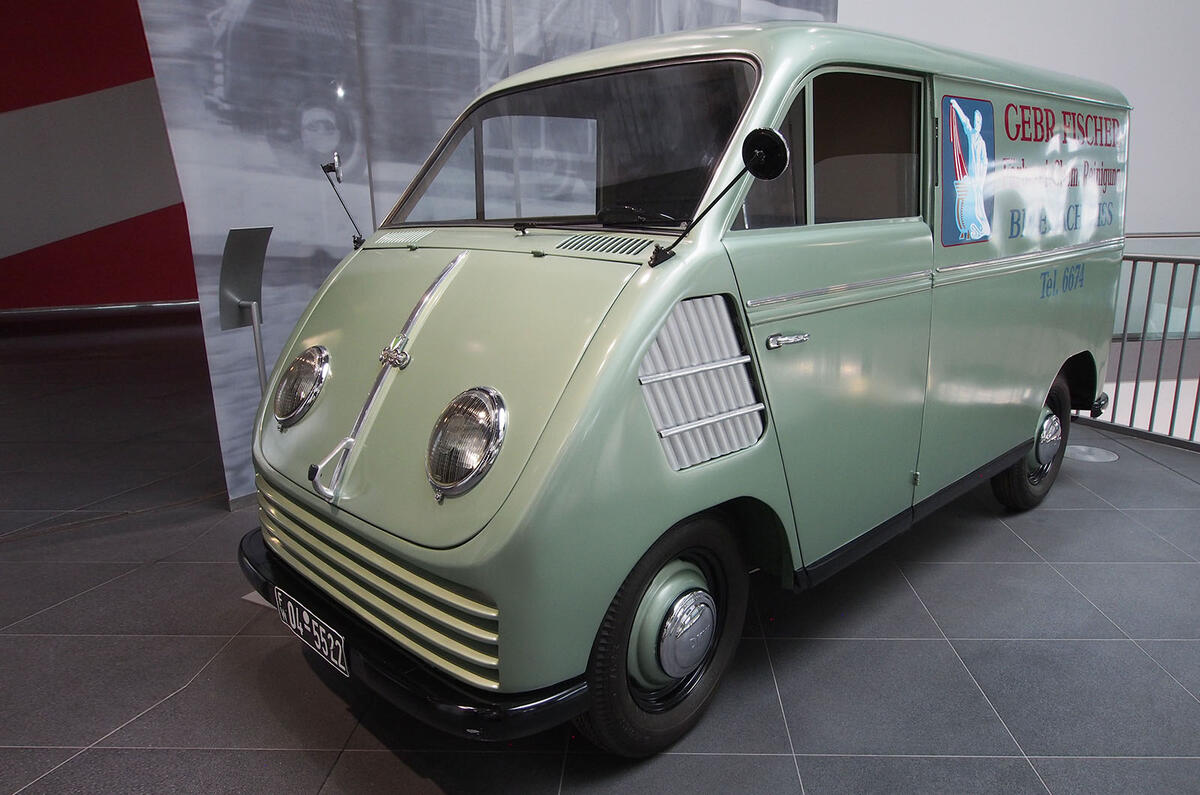
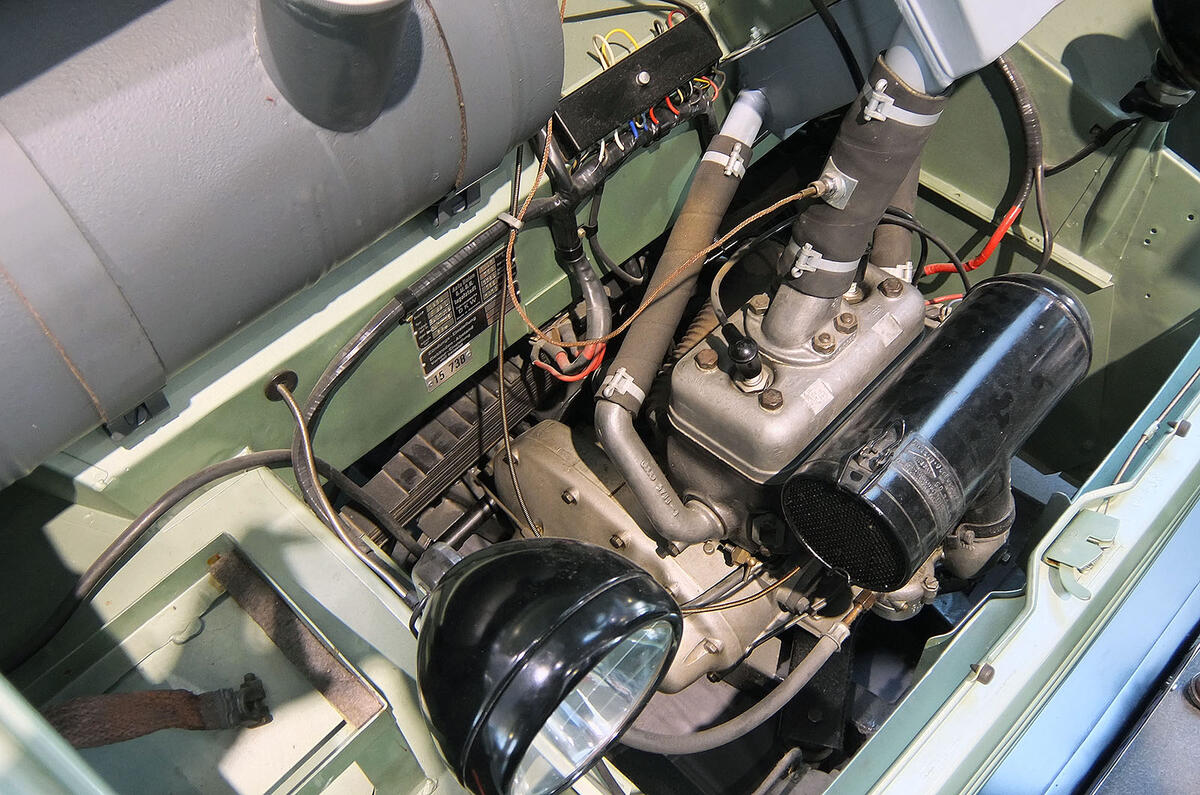

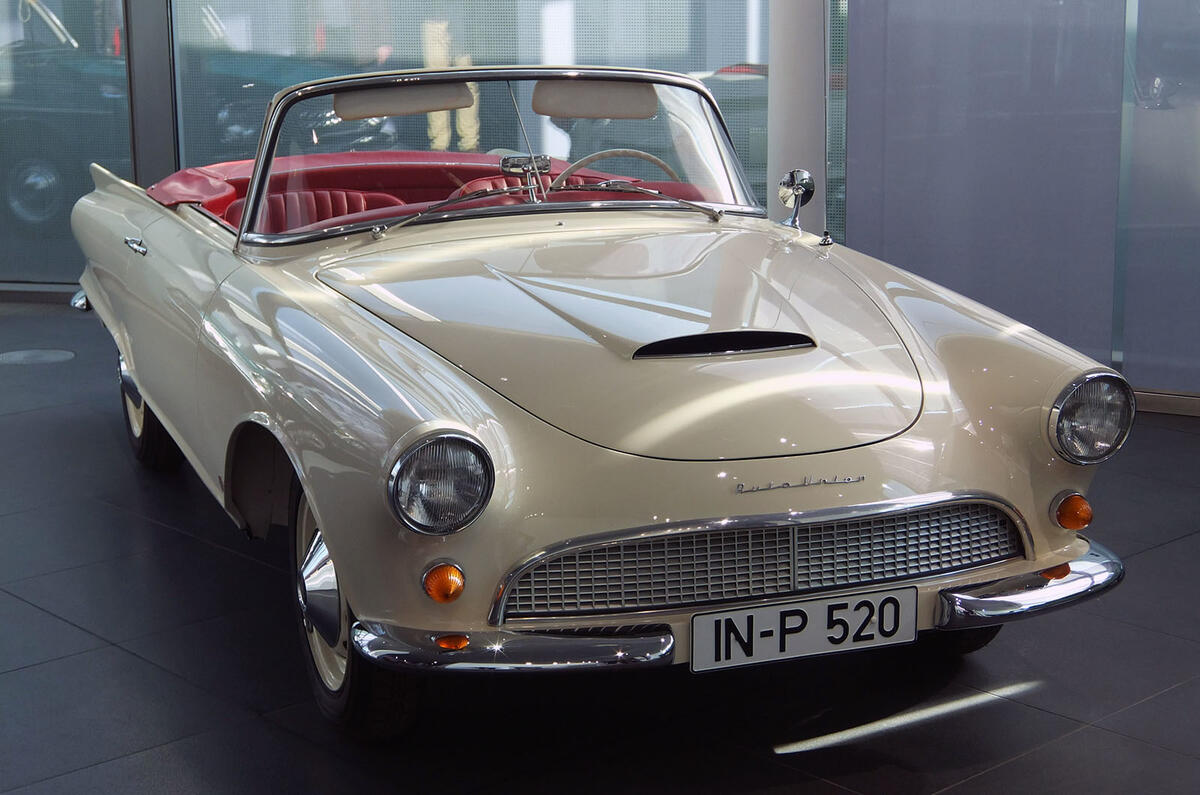
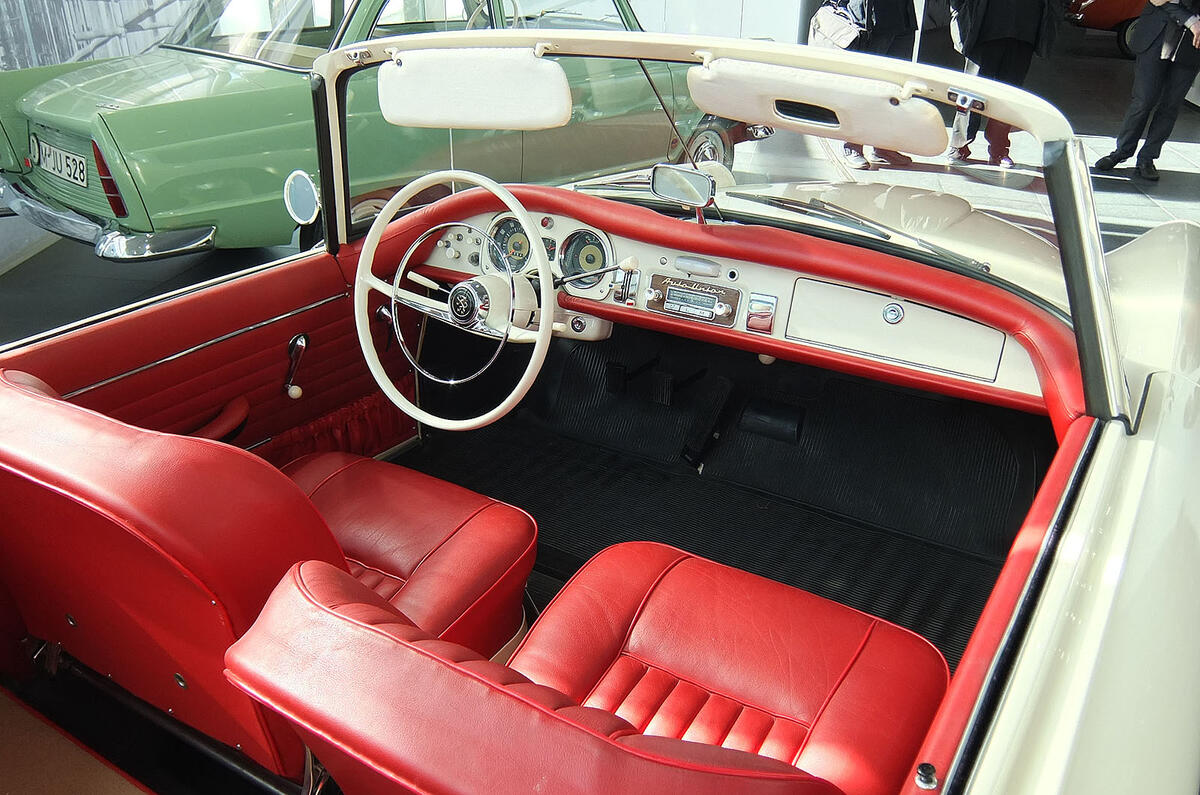
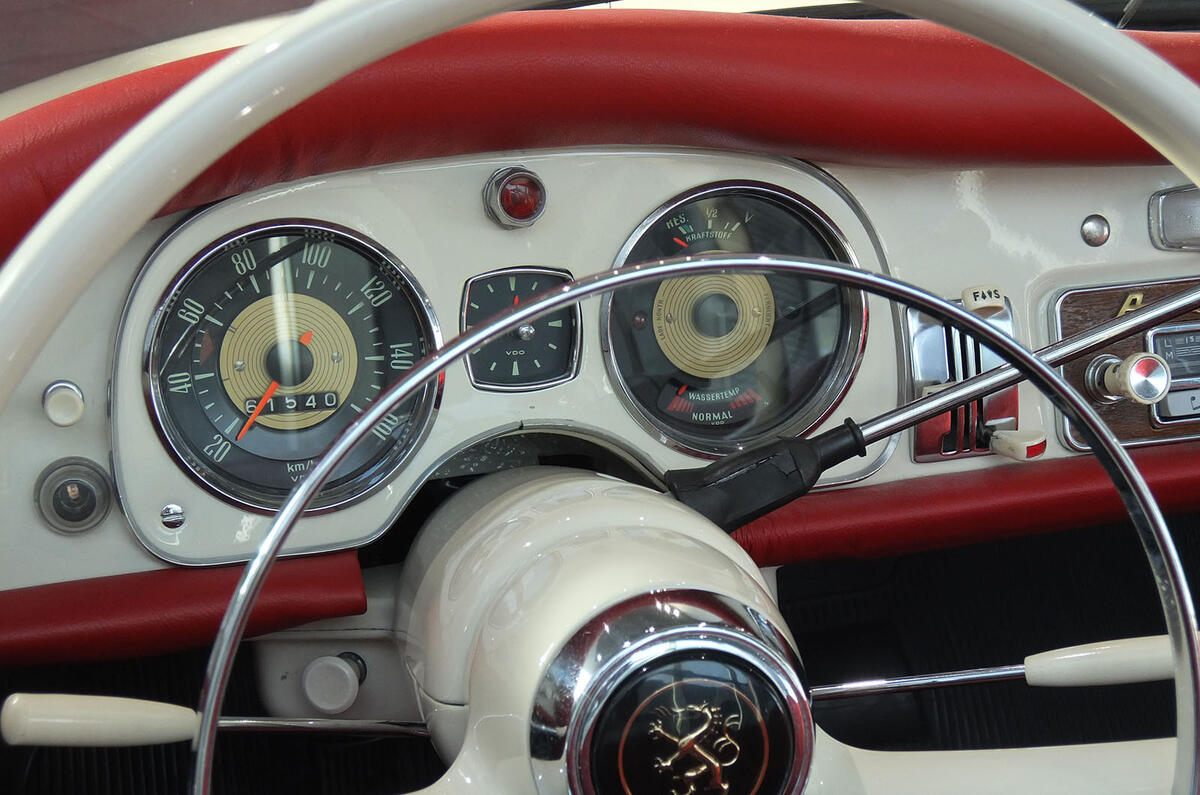
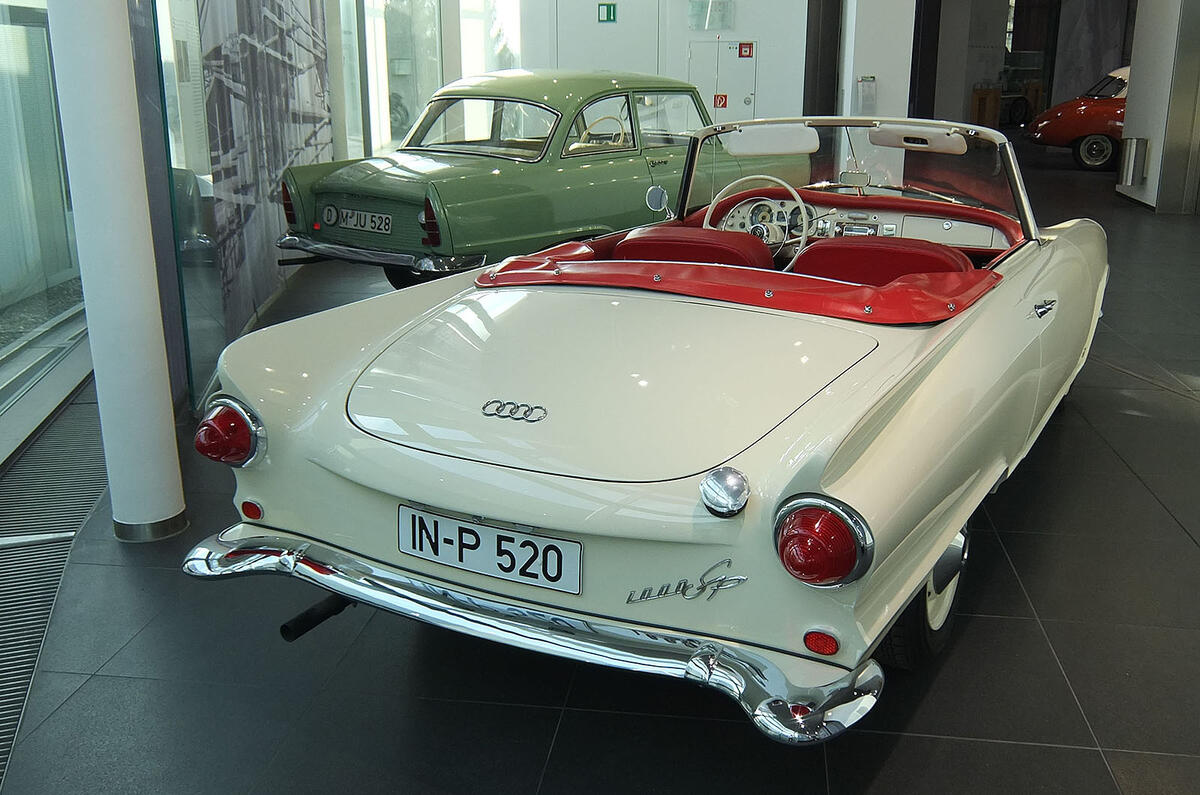
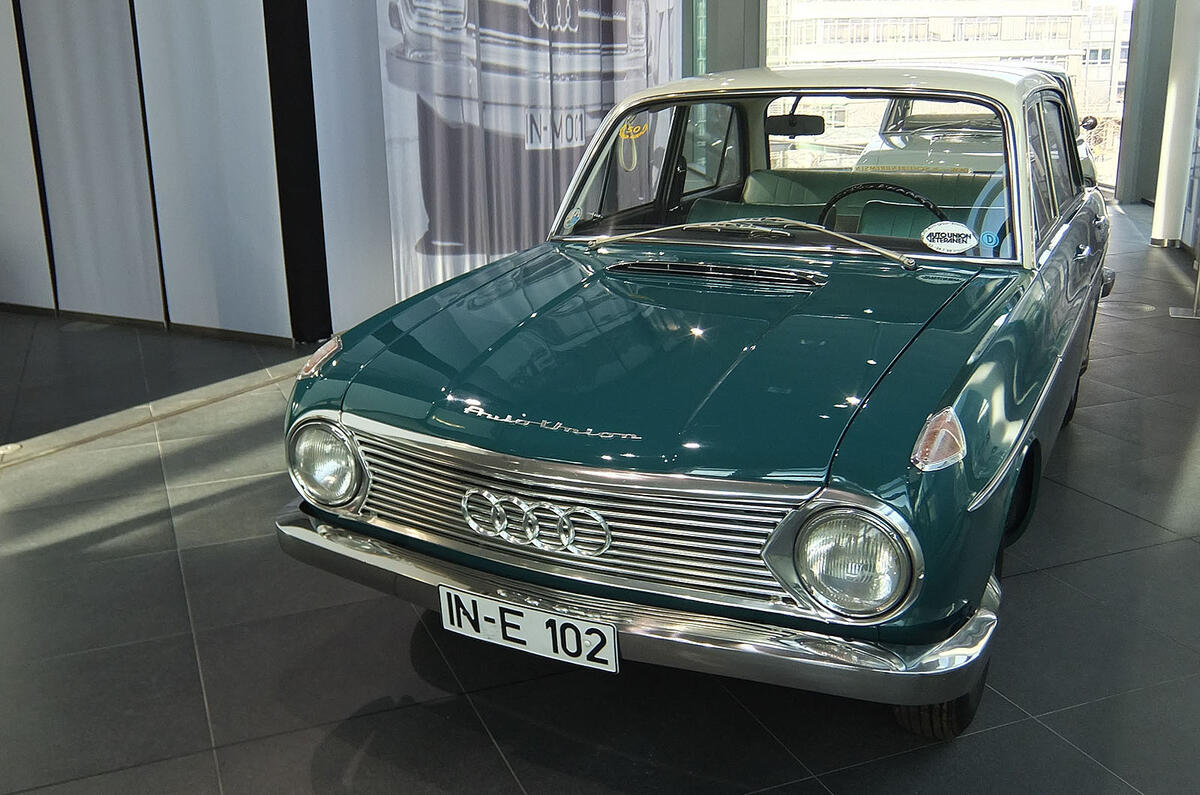
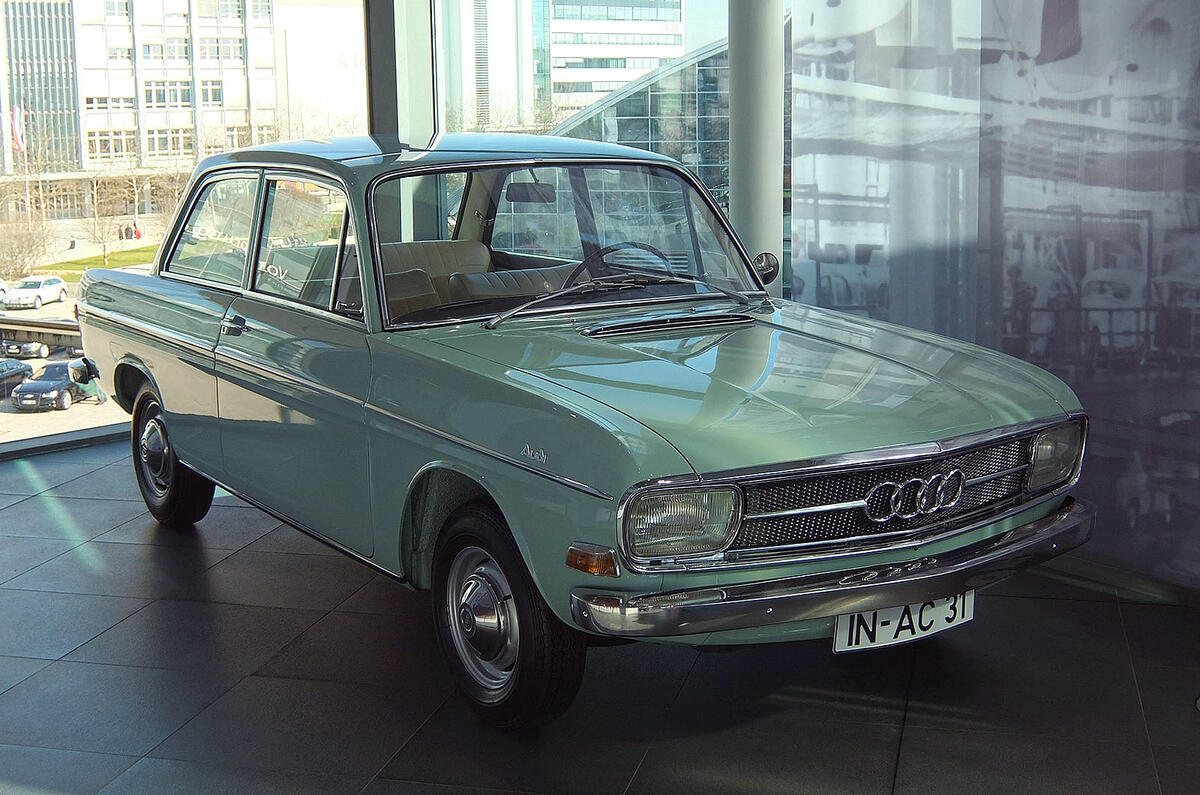
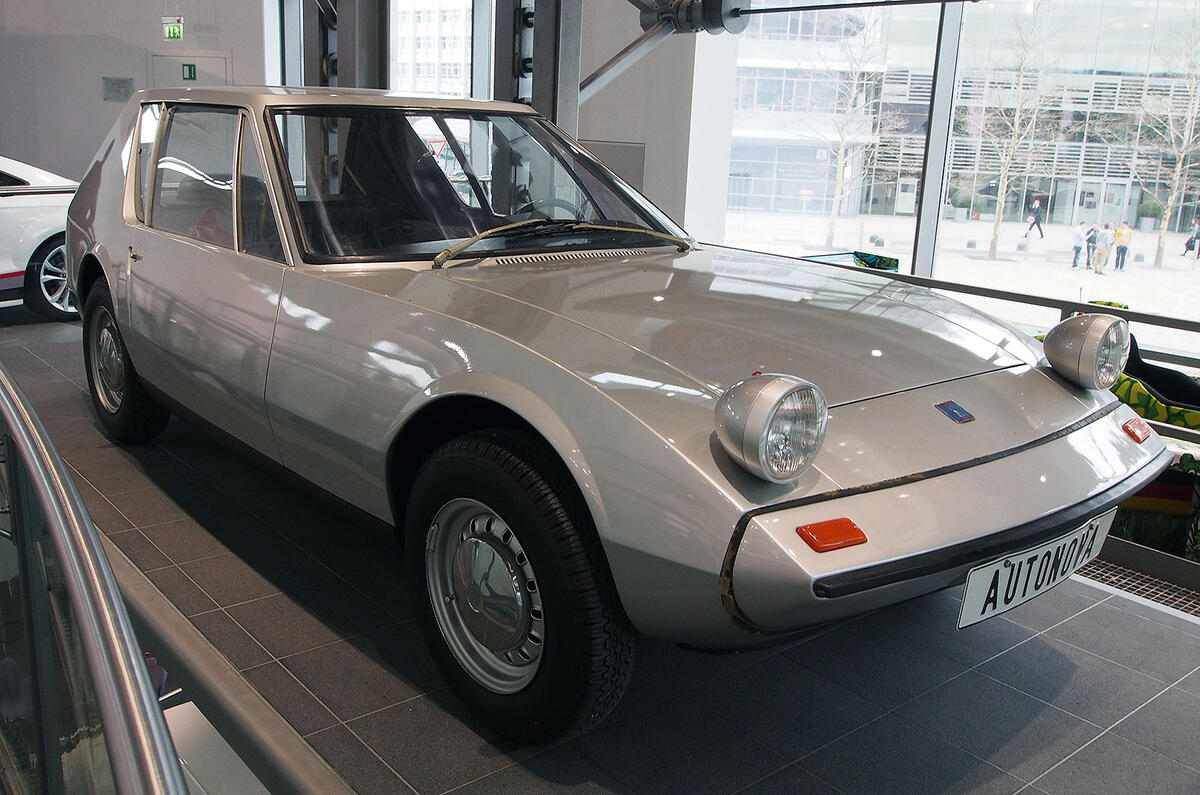
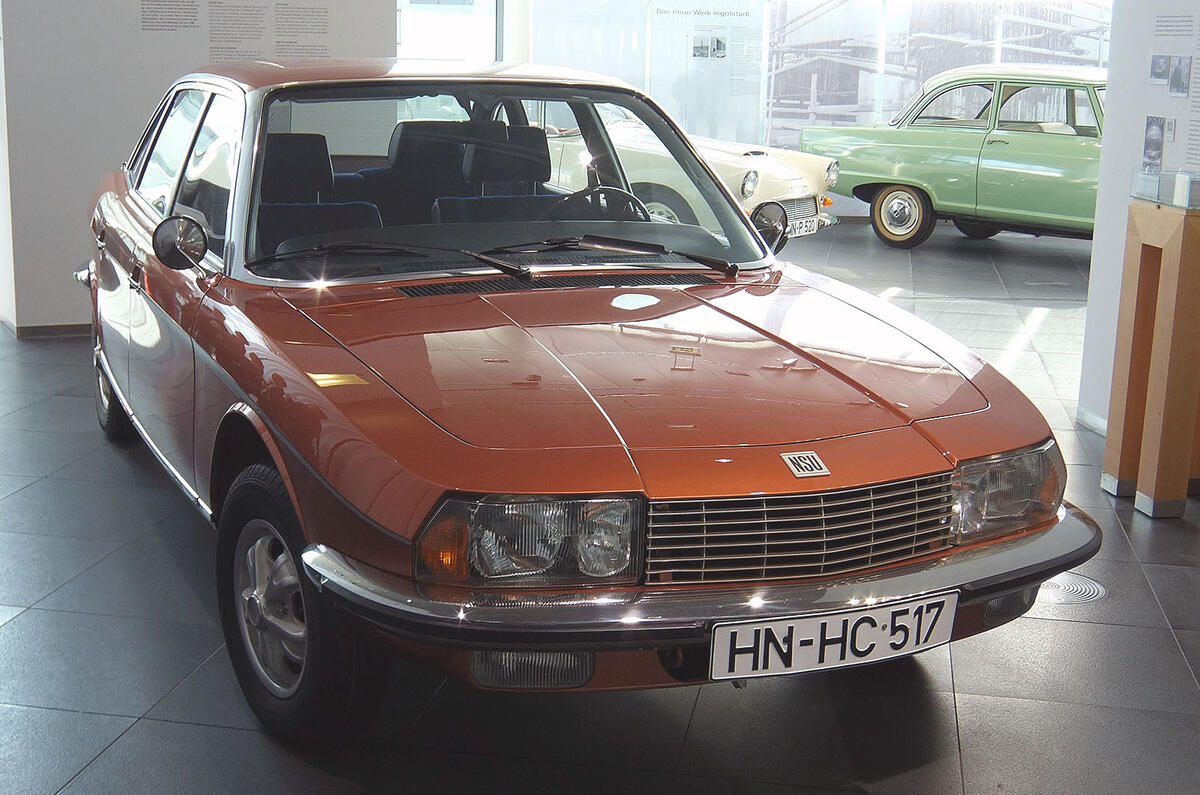
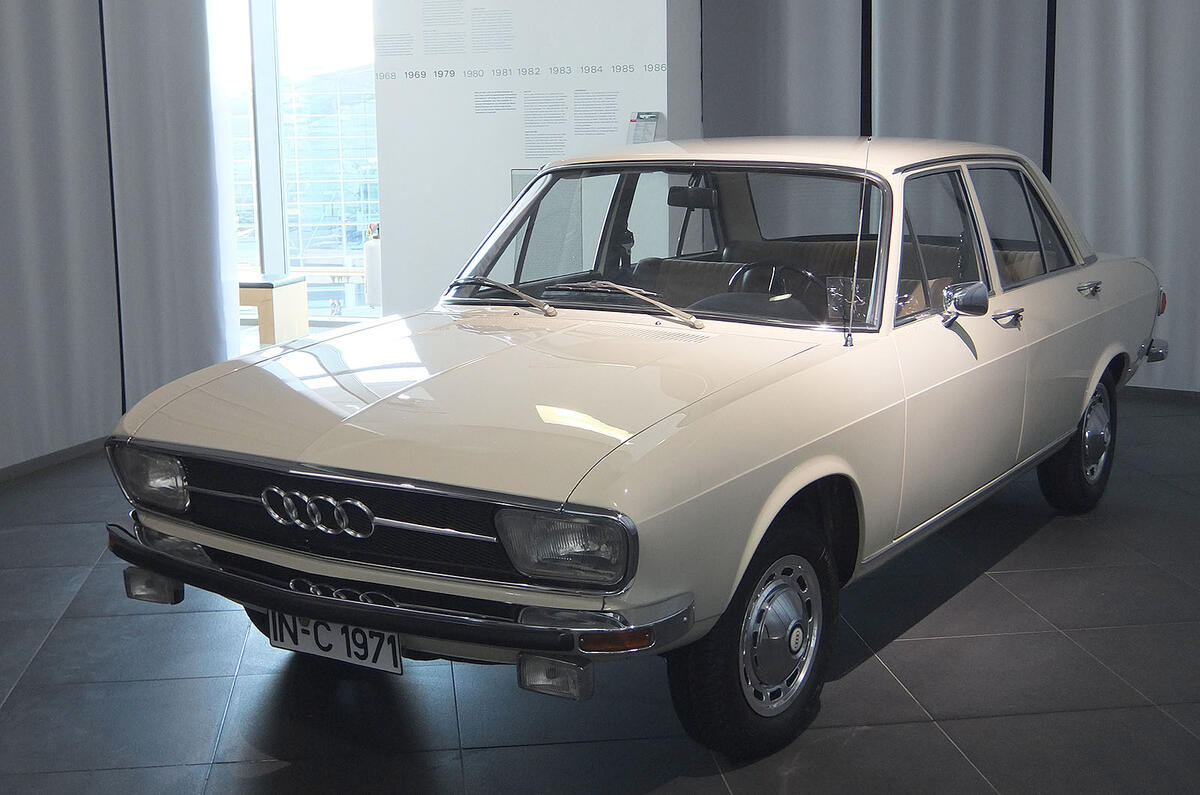
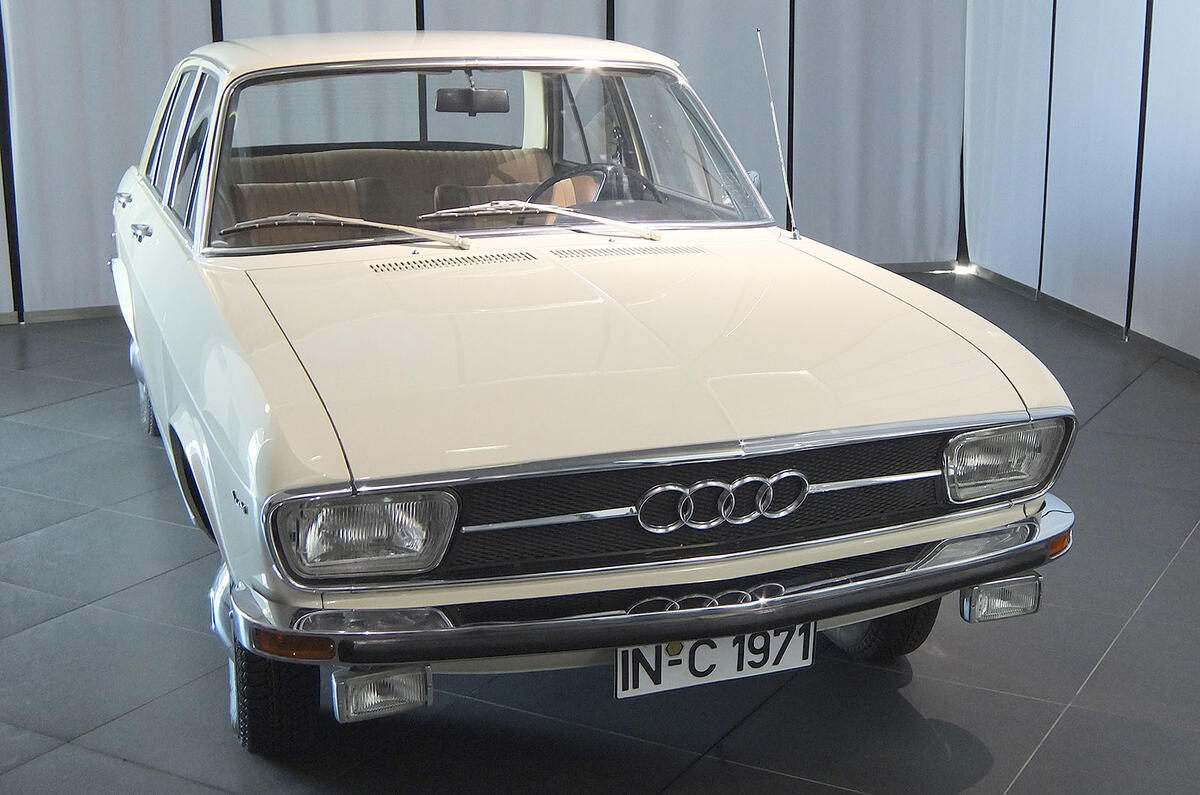

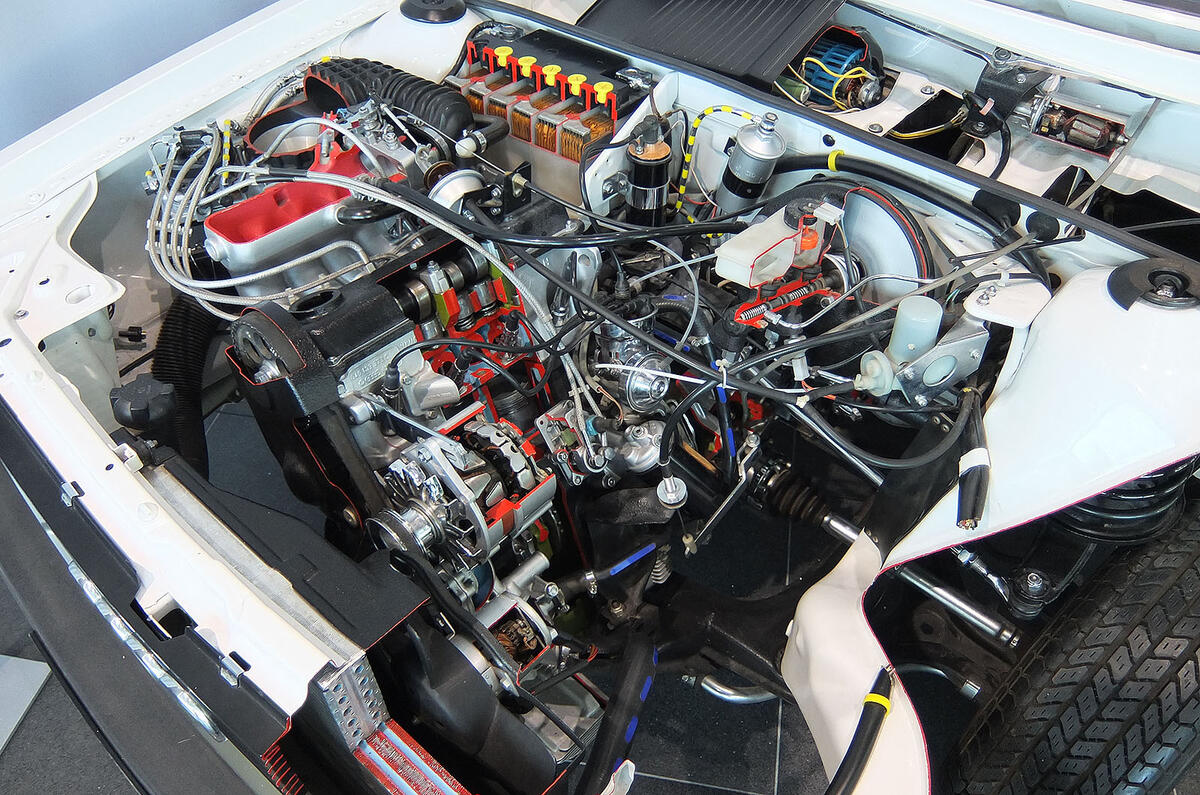
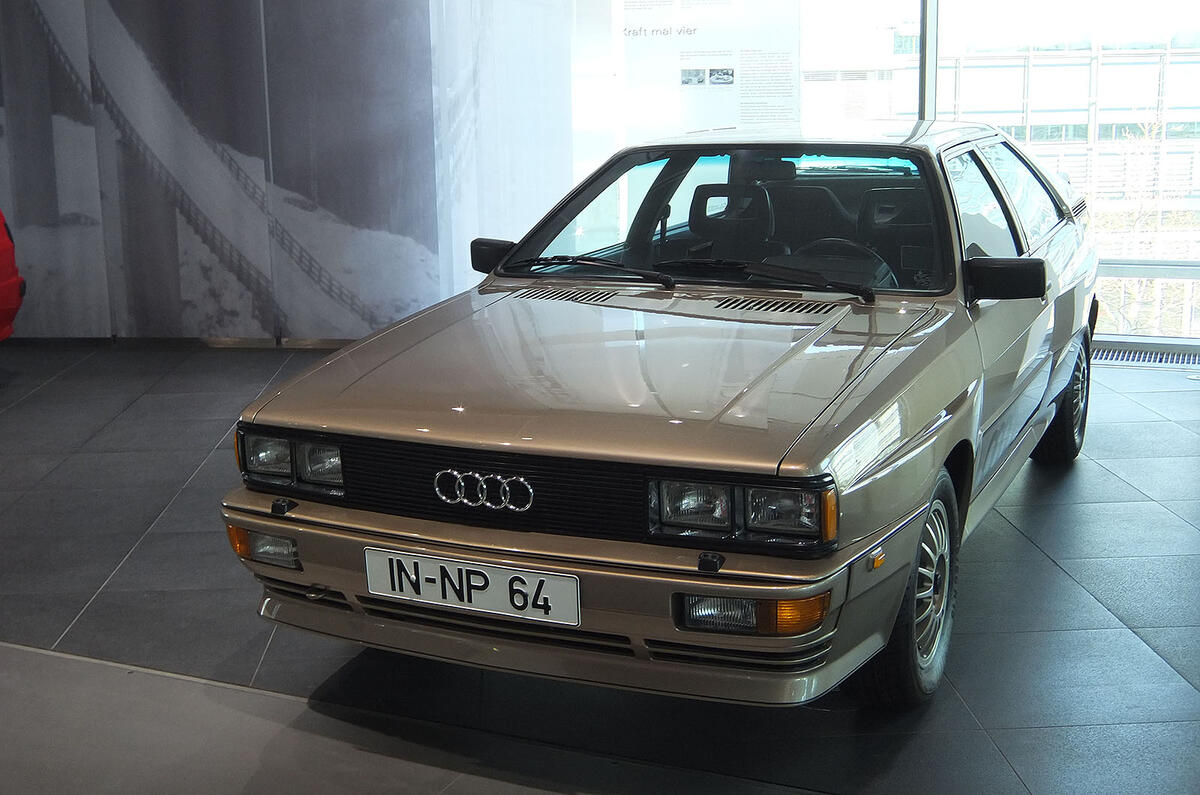
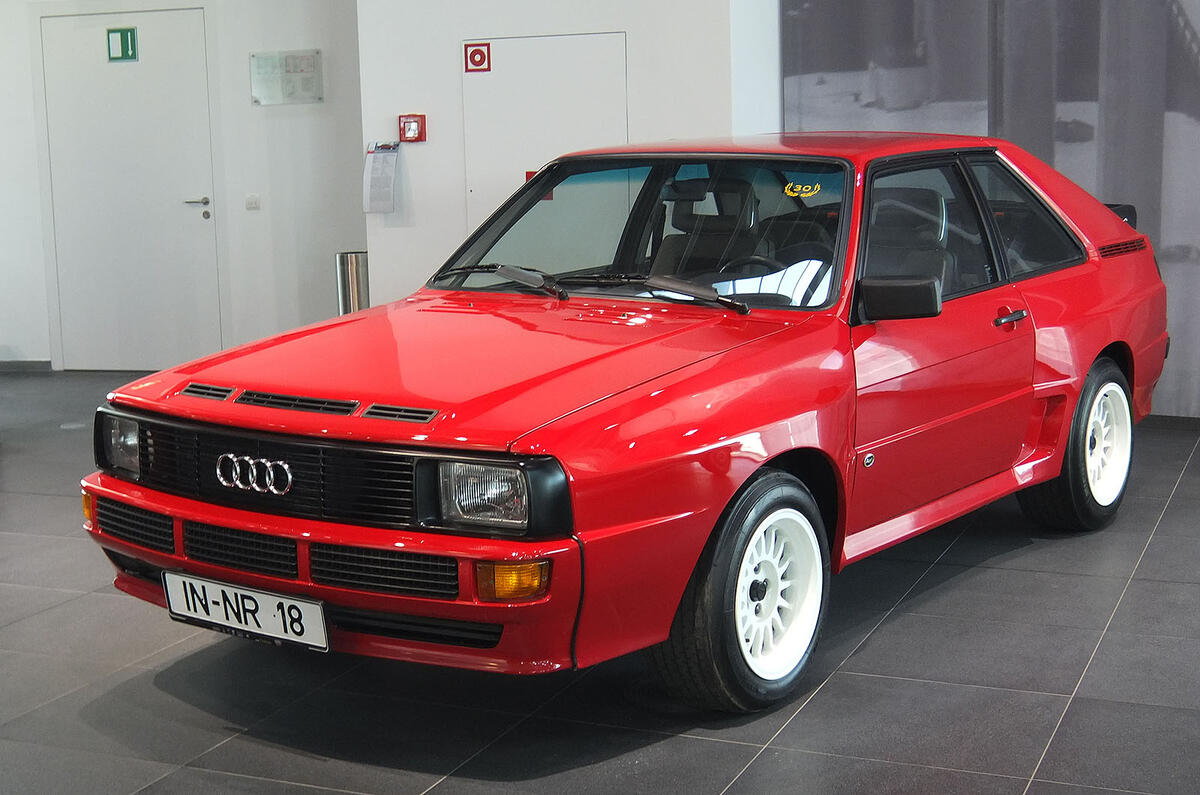
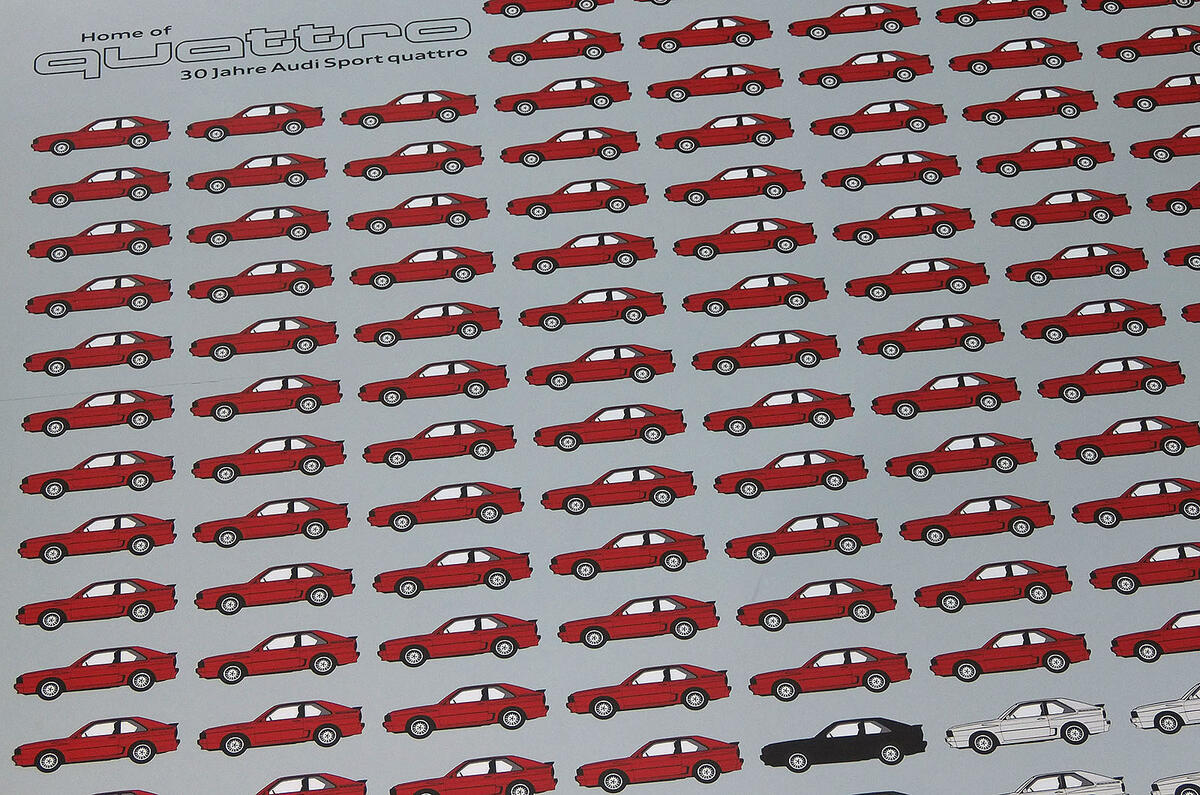
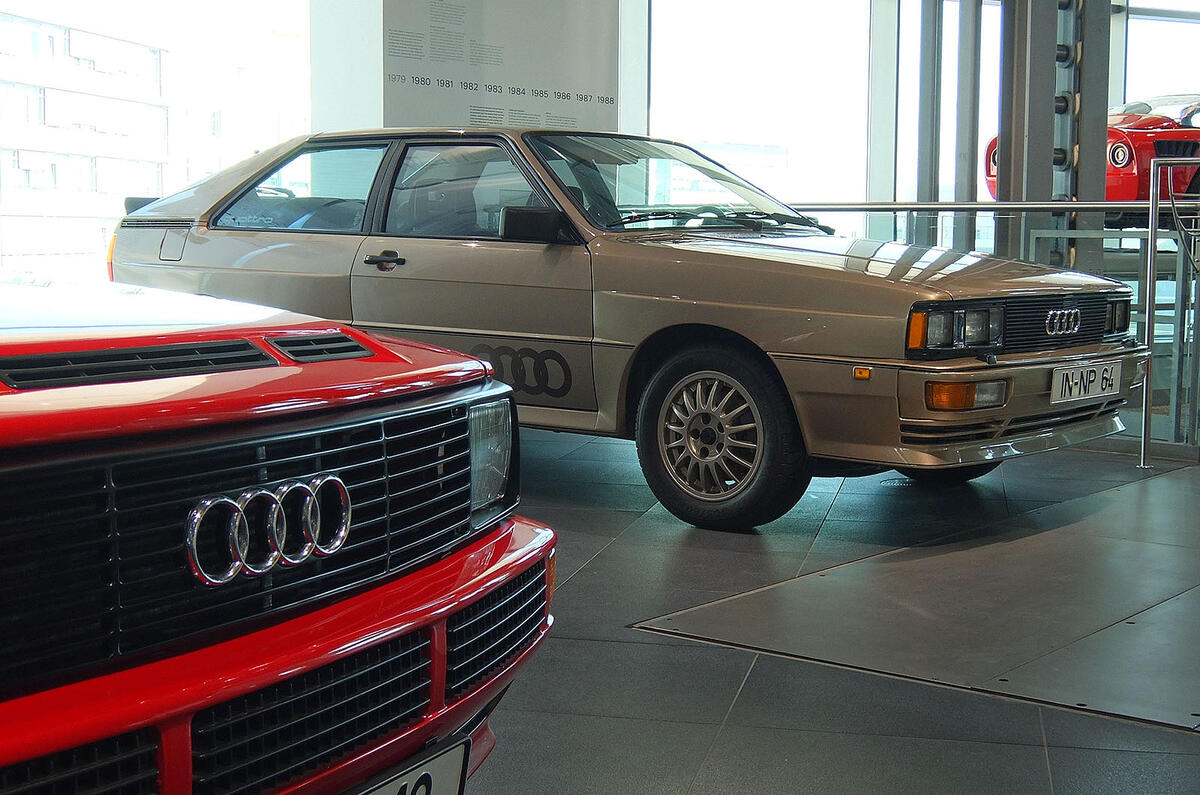
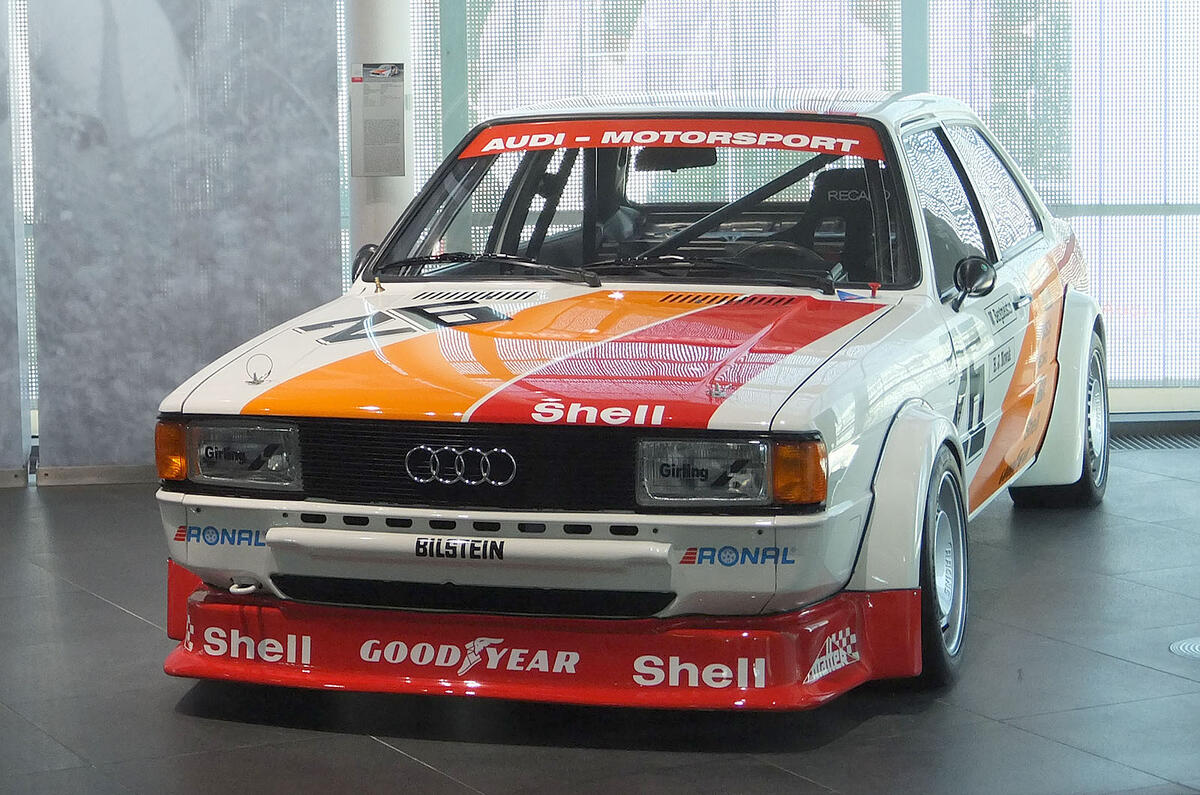
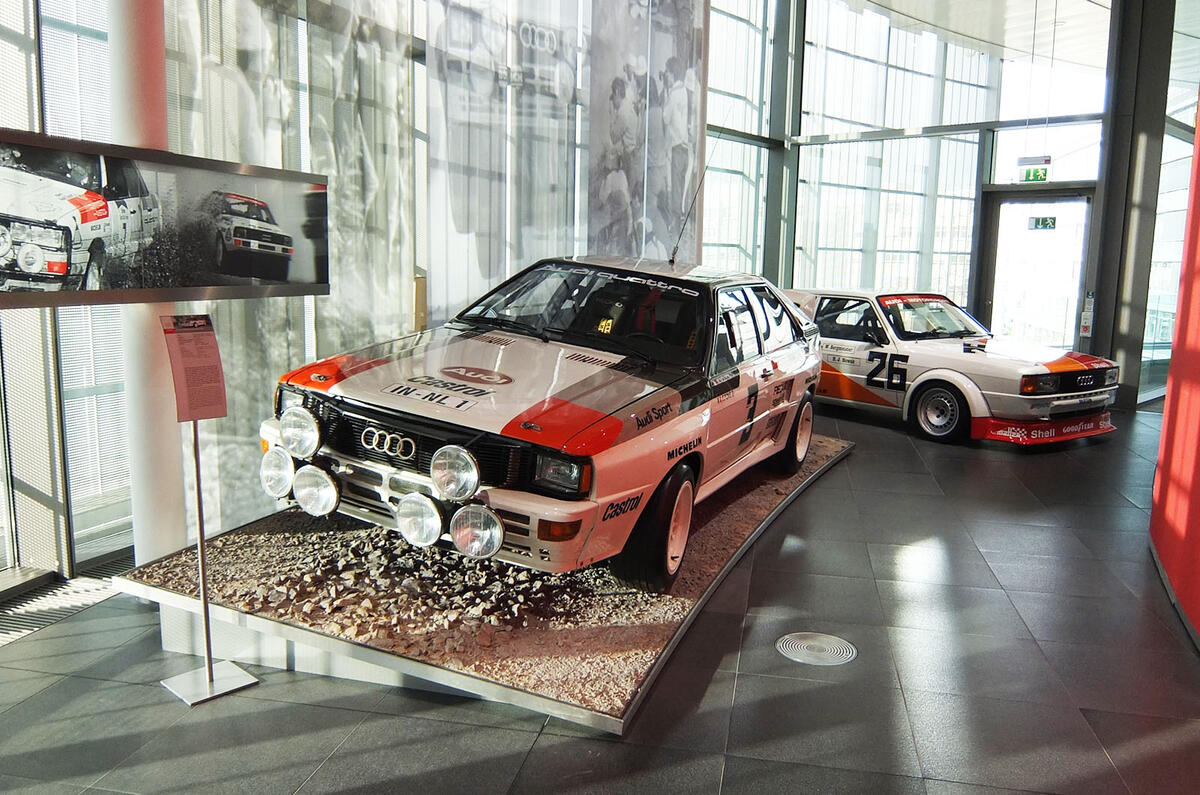
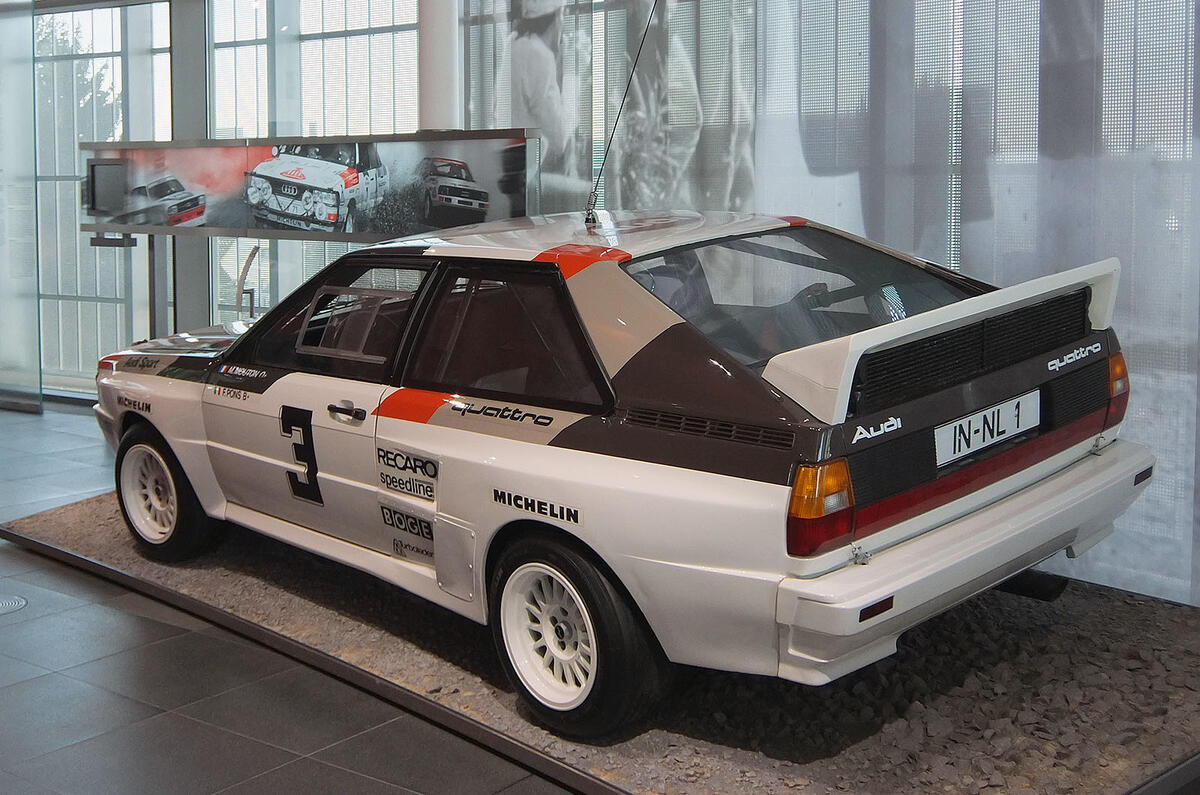
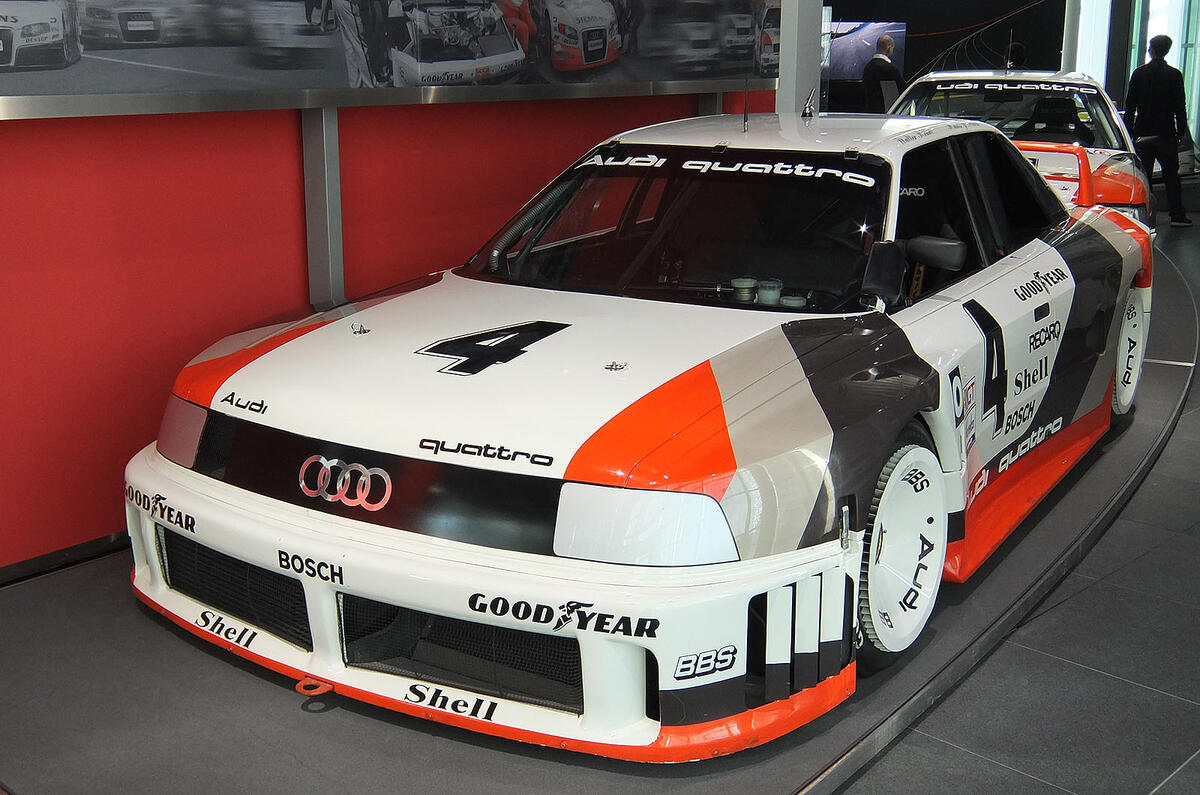
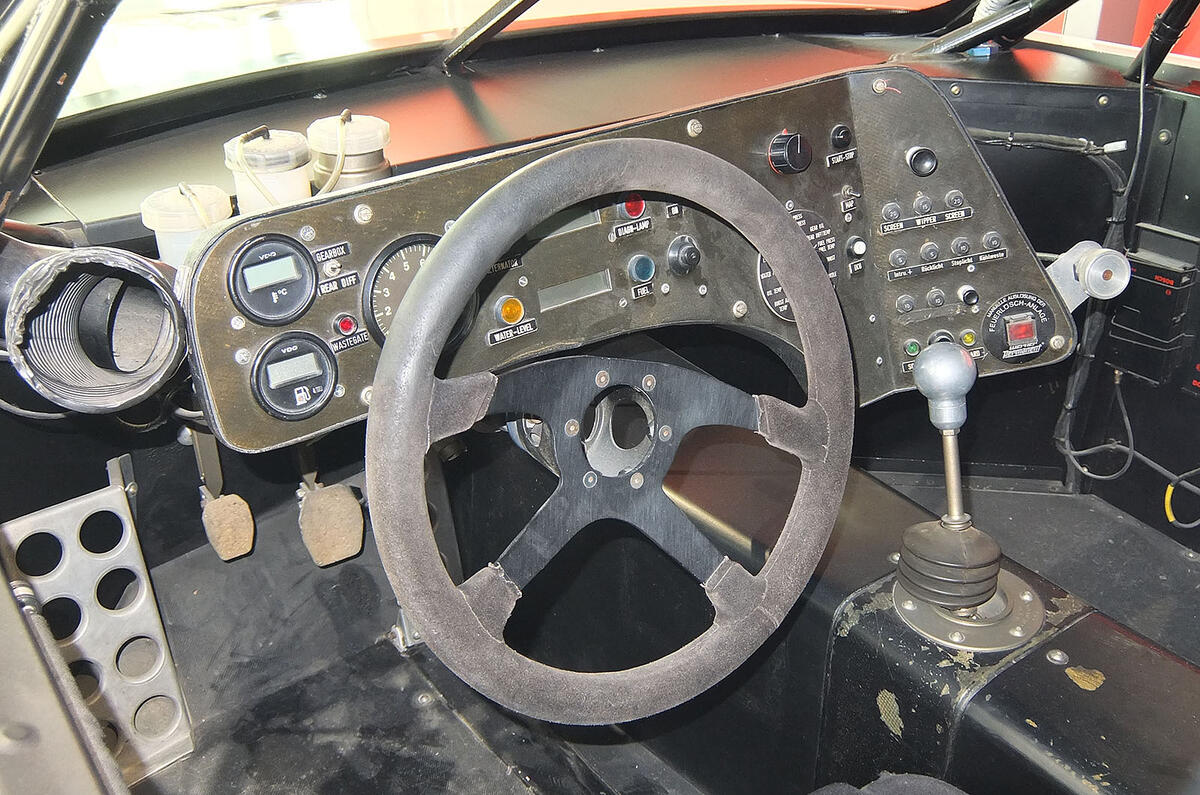
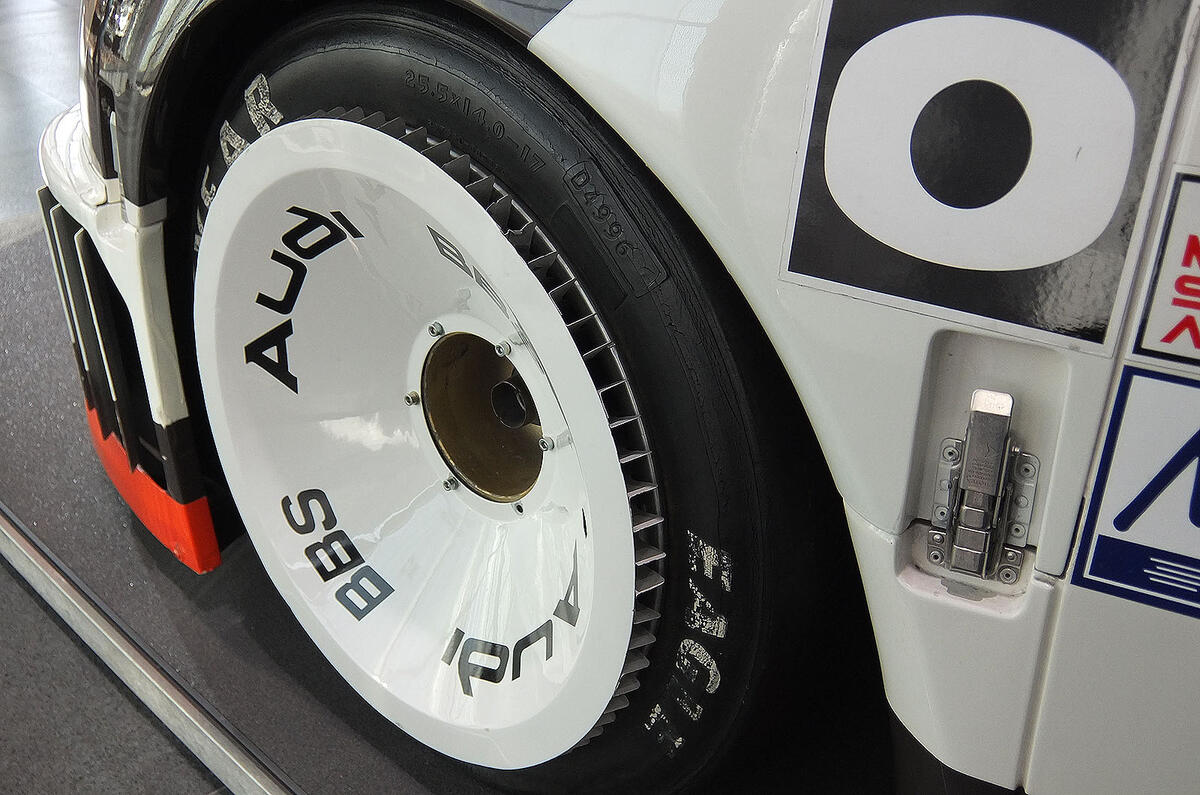
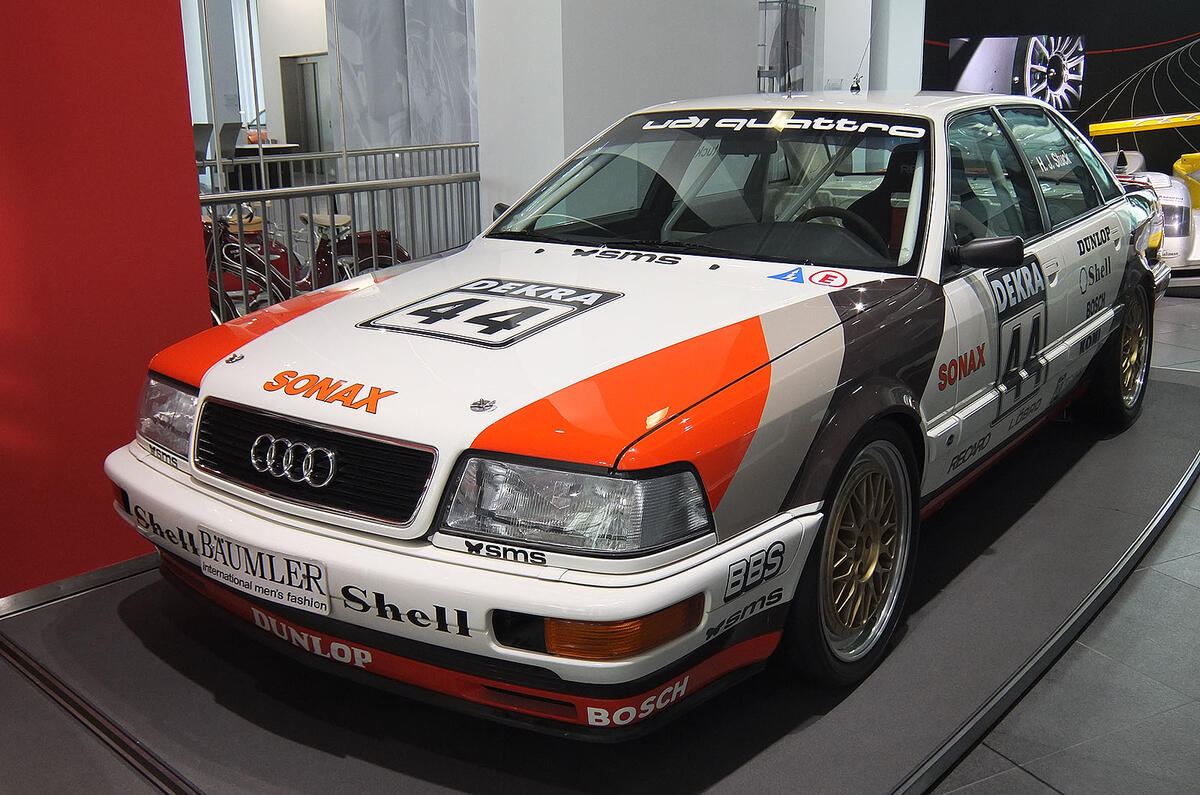
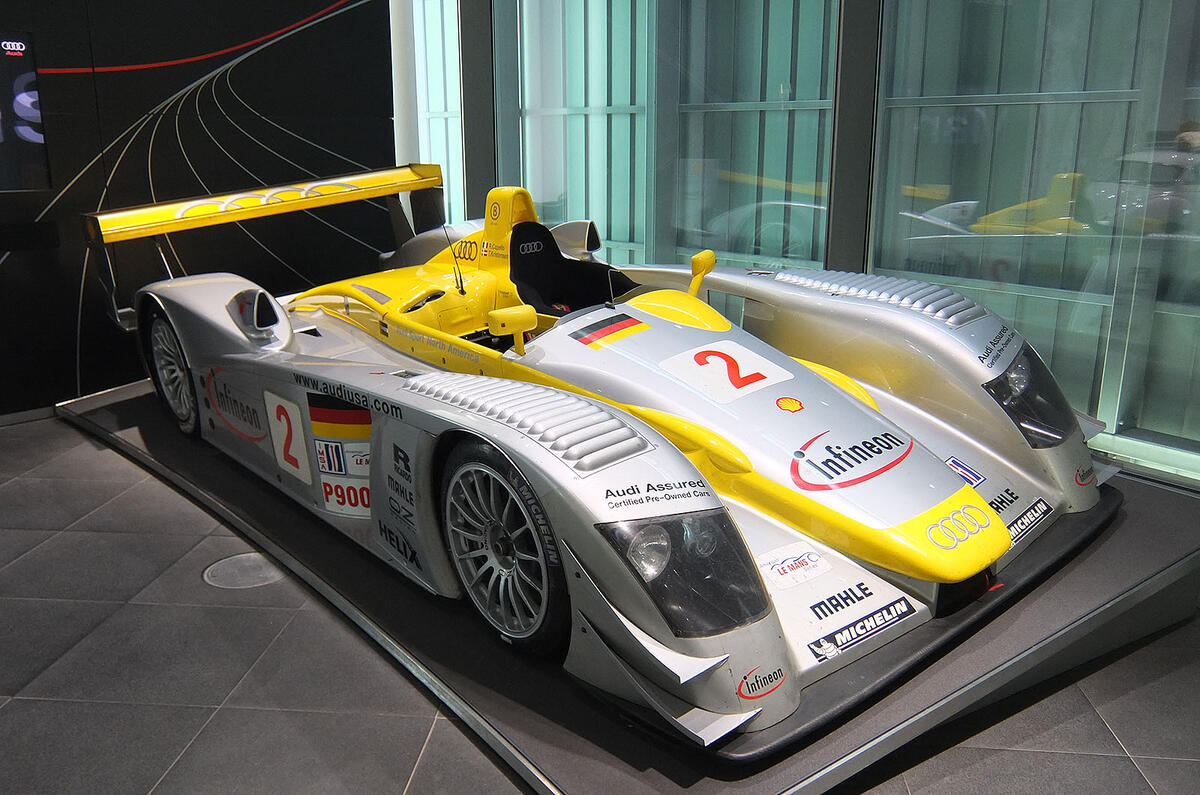
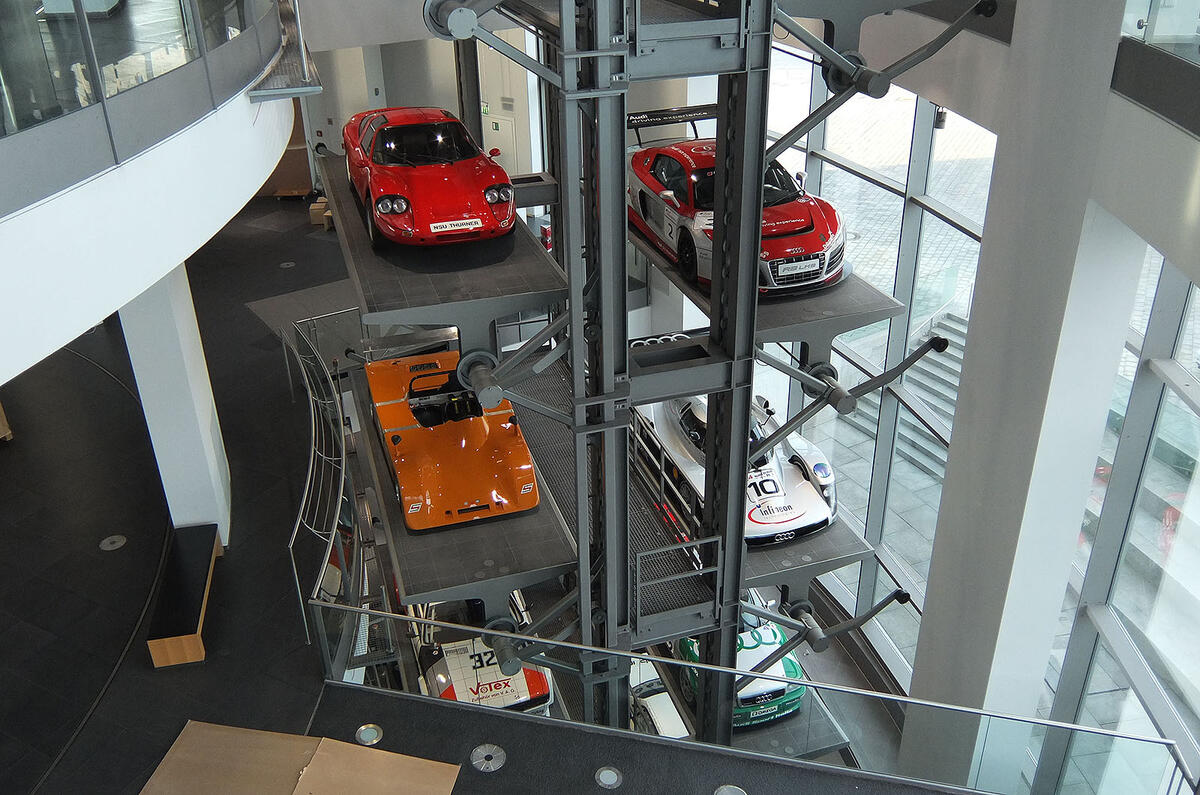
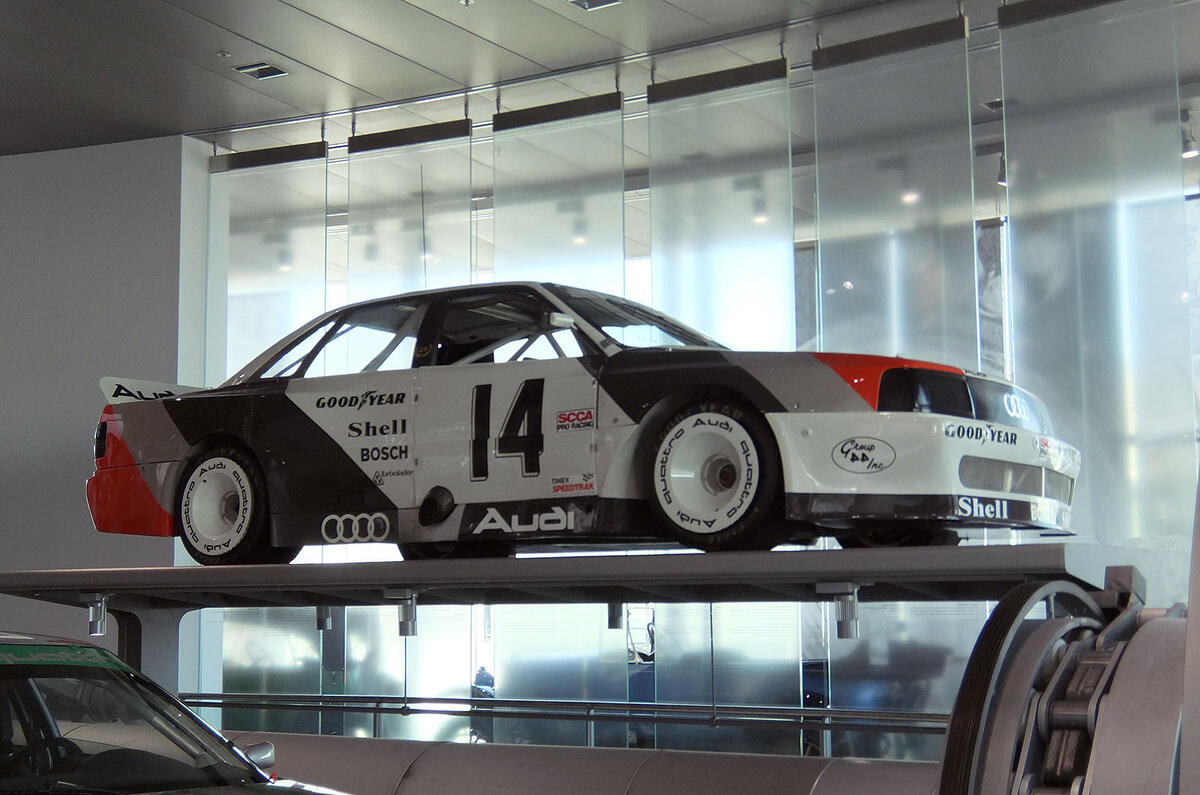
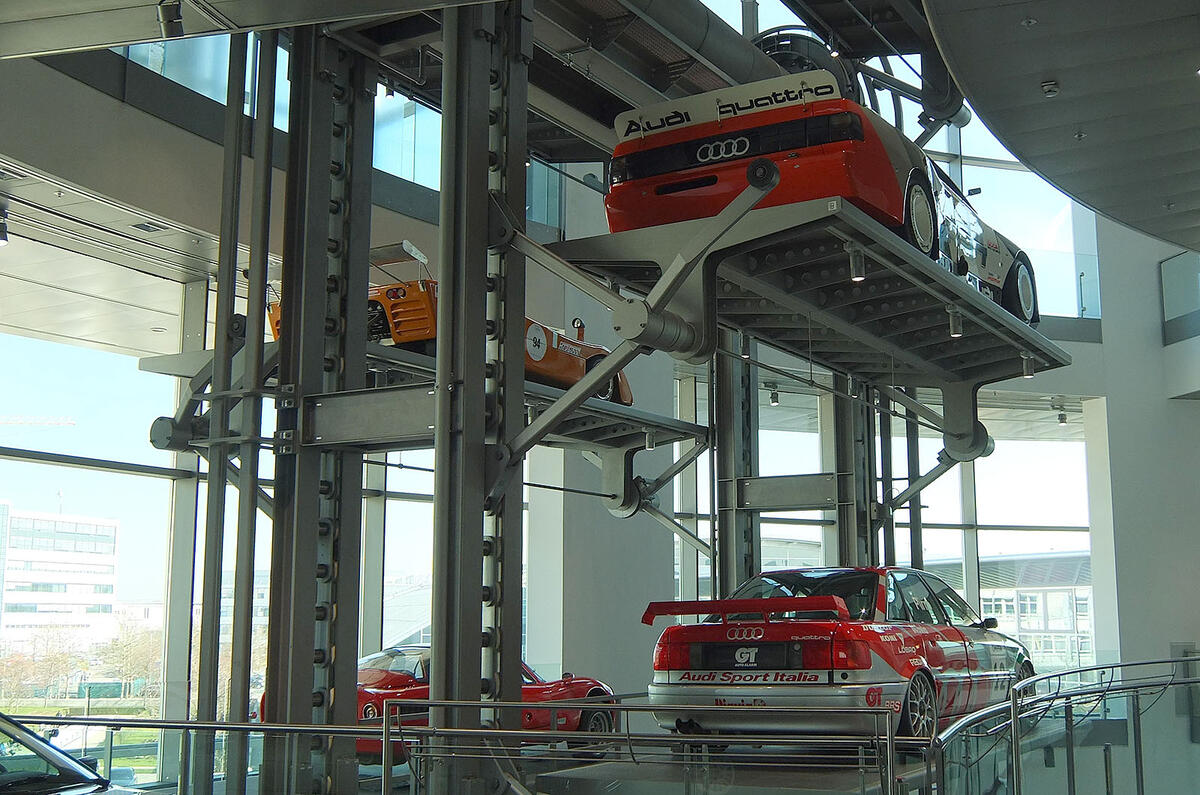
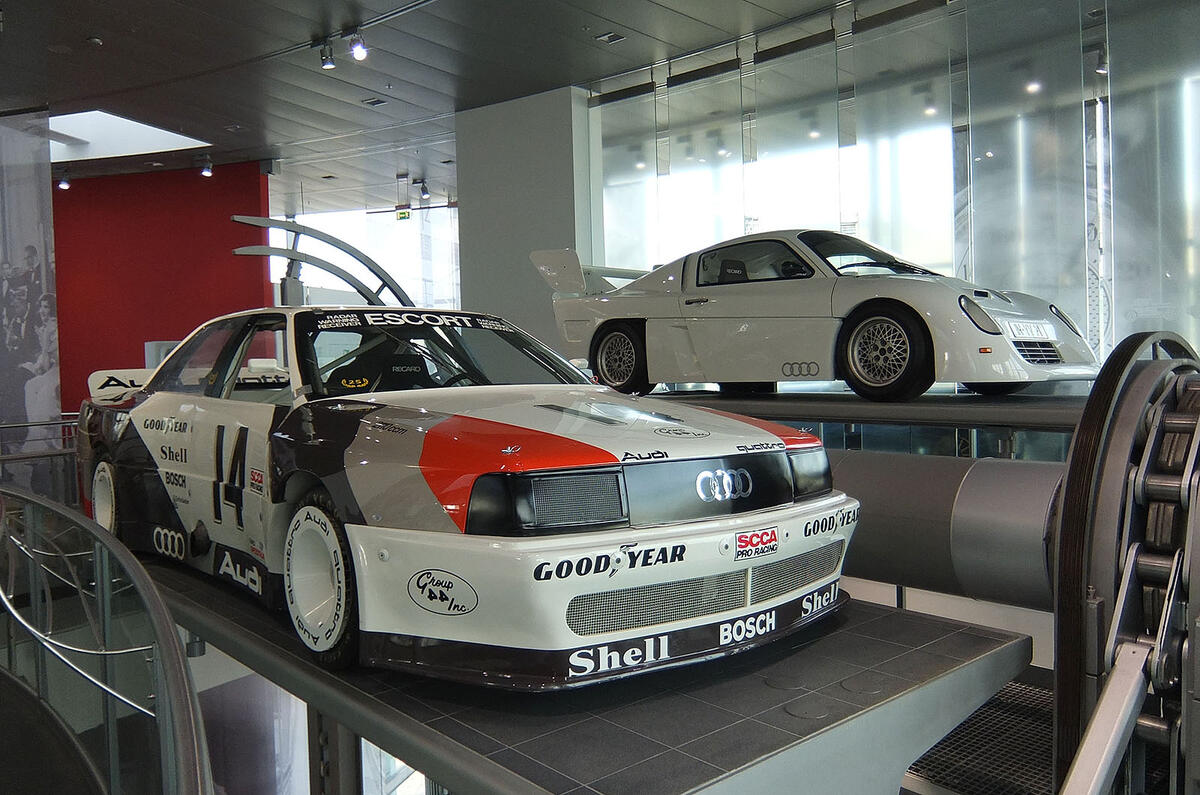
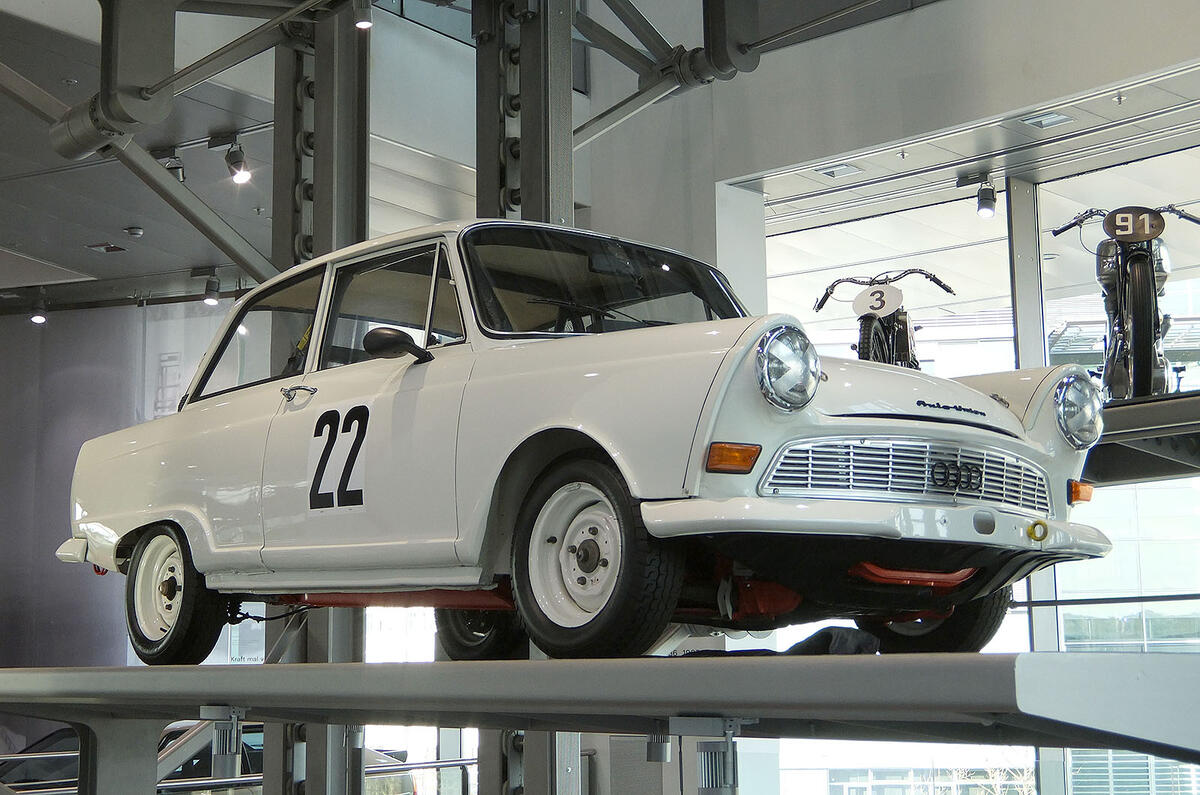
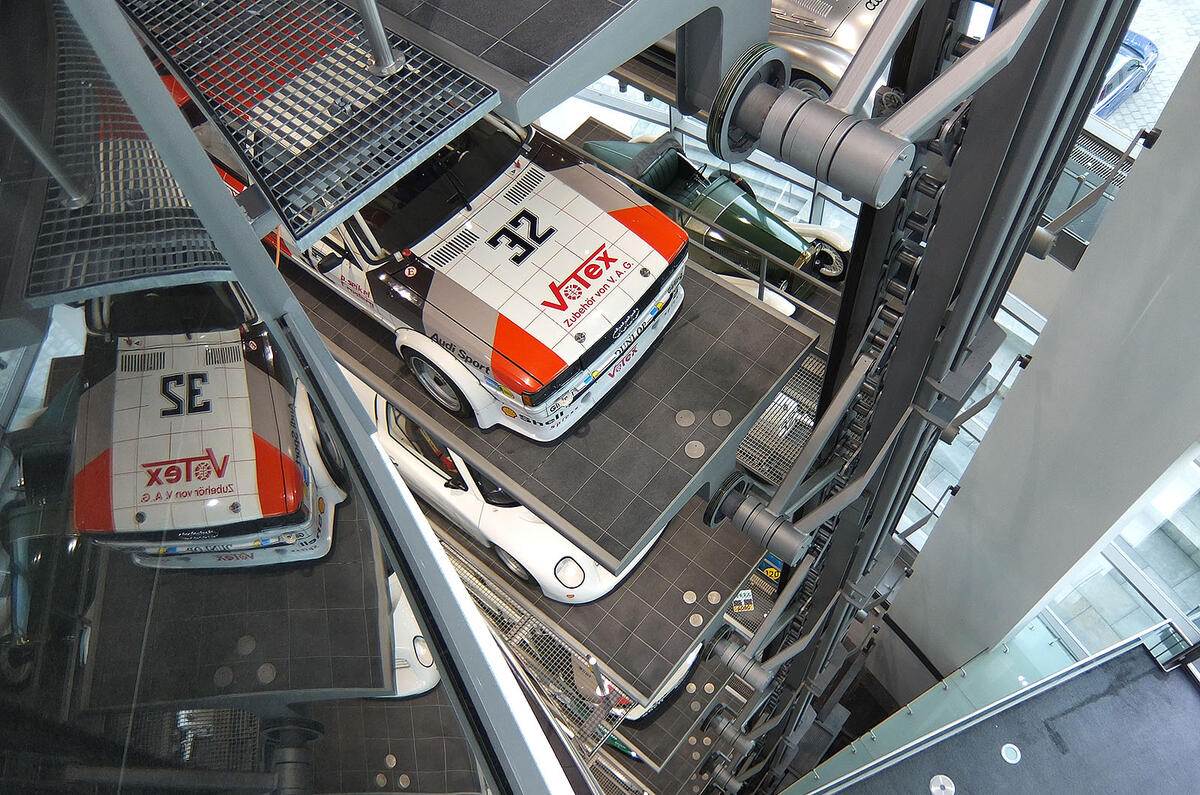
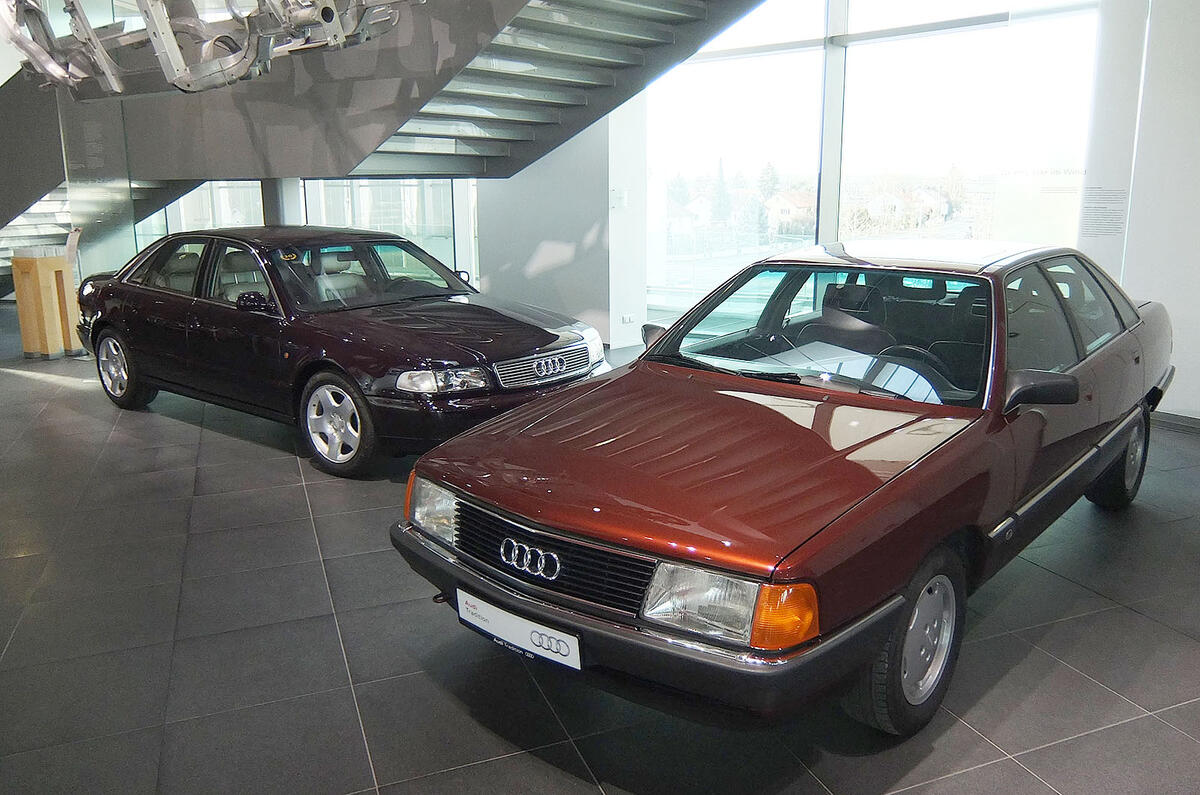
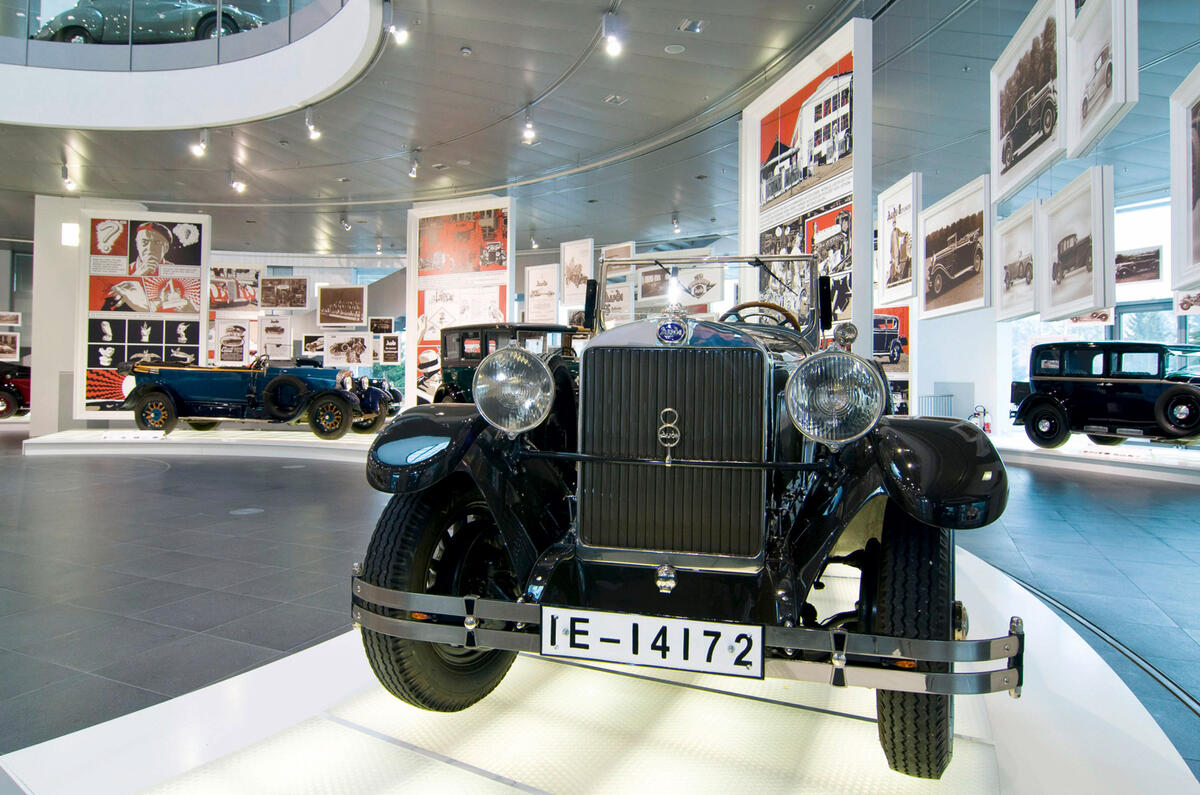
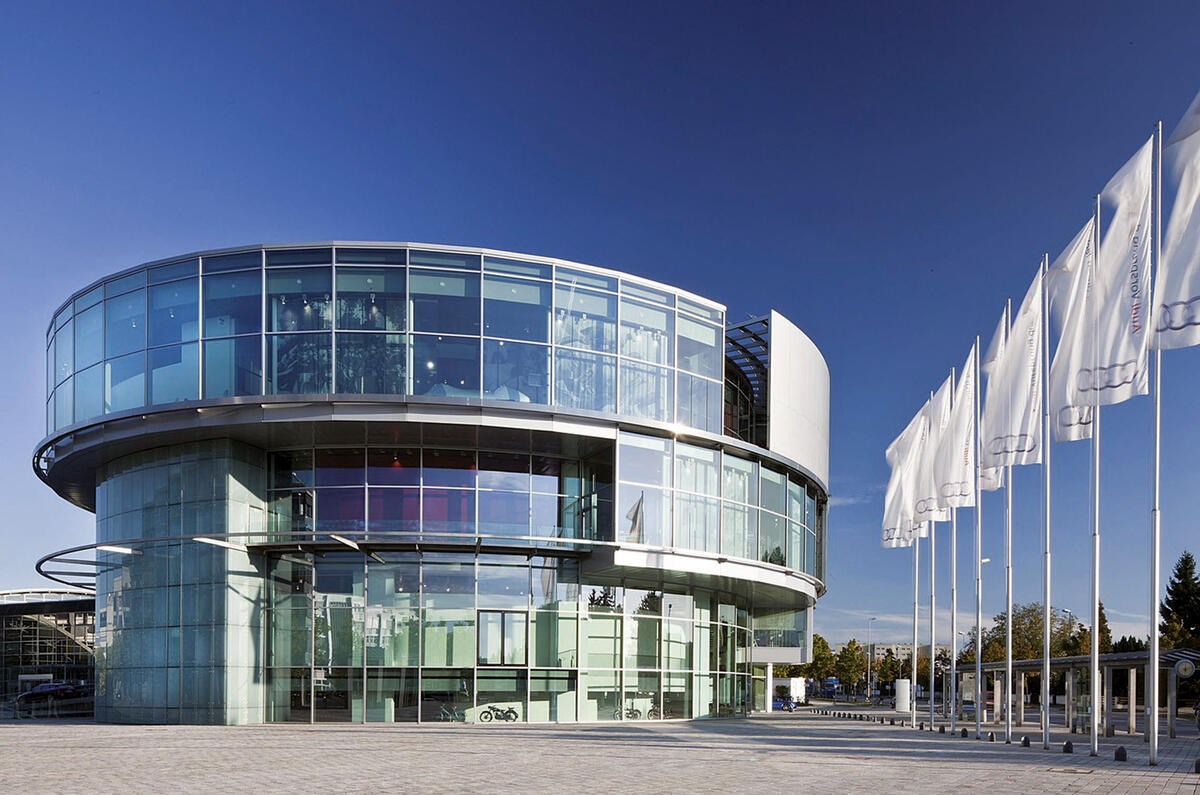
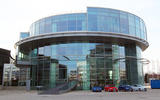
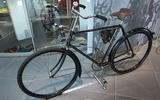
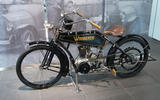
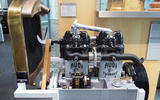
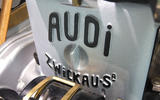
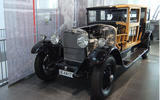
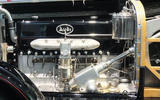
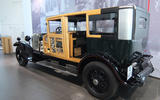
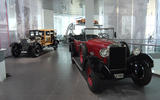
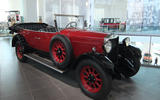
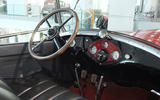
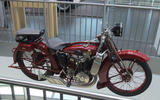
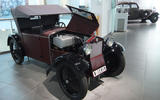
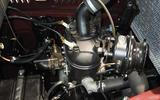
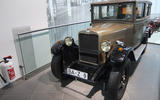
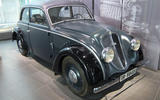
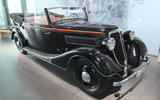
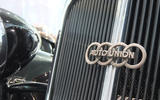
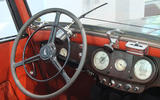
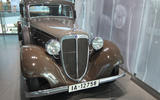
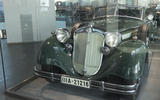
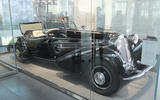
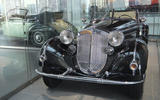
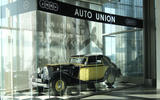
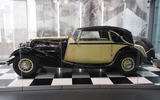
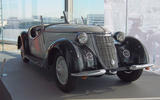
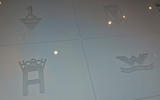
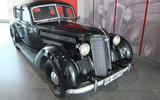
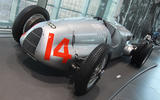

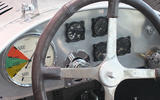
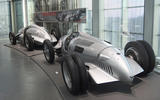
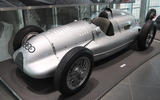
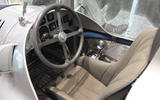
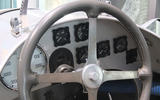
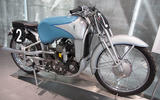
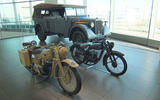
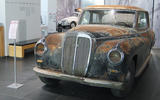
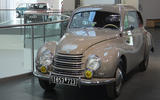
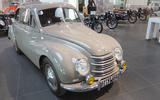
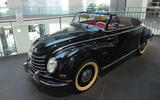
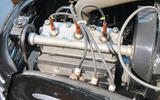
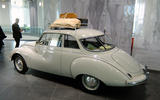
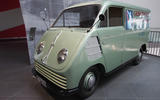
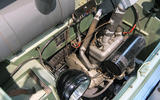
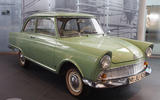
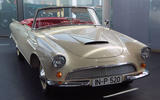
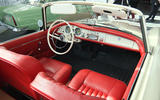
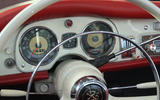
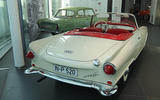
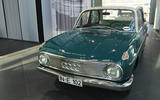
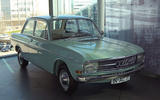
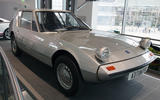
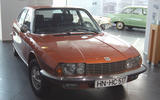
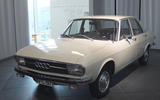
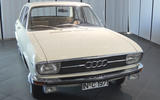
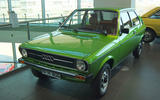
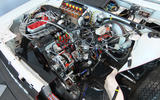
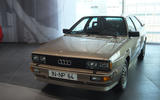
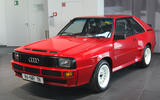
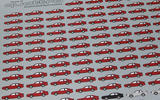
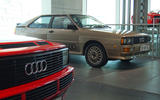
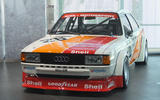
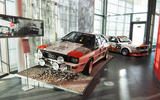
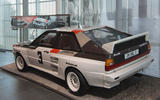
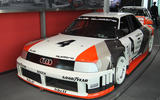
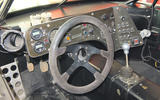
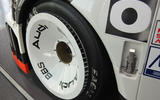
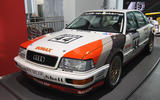
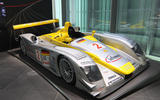
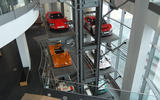
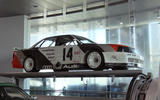
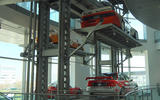
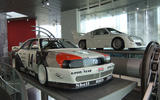
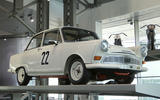
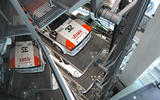
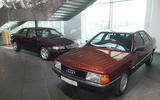
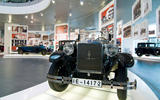
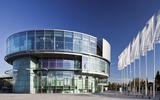


Add your comment